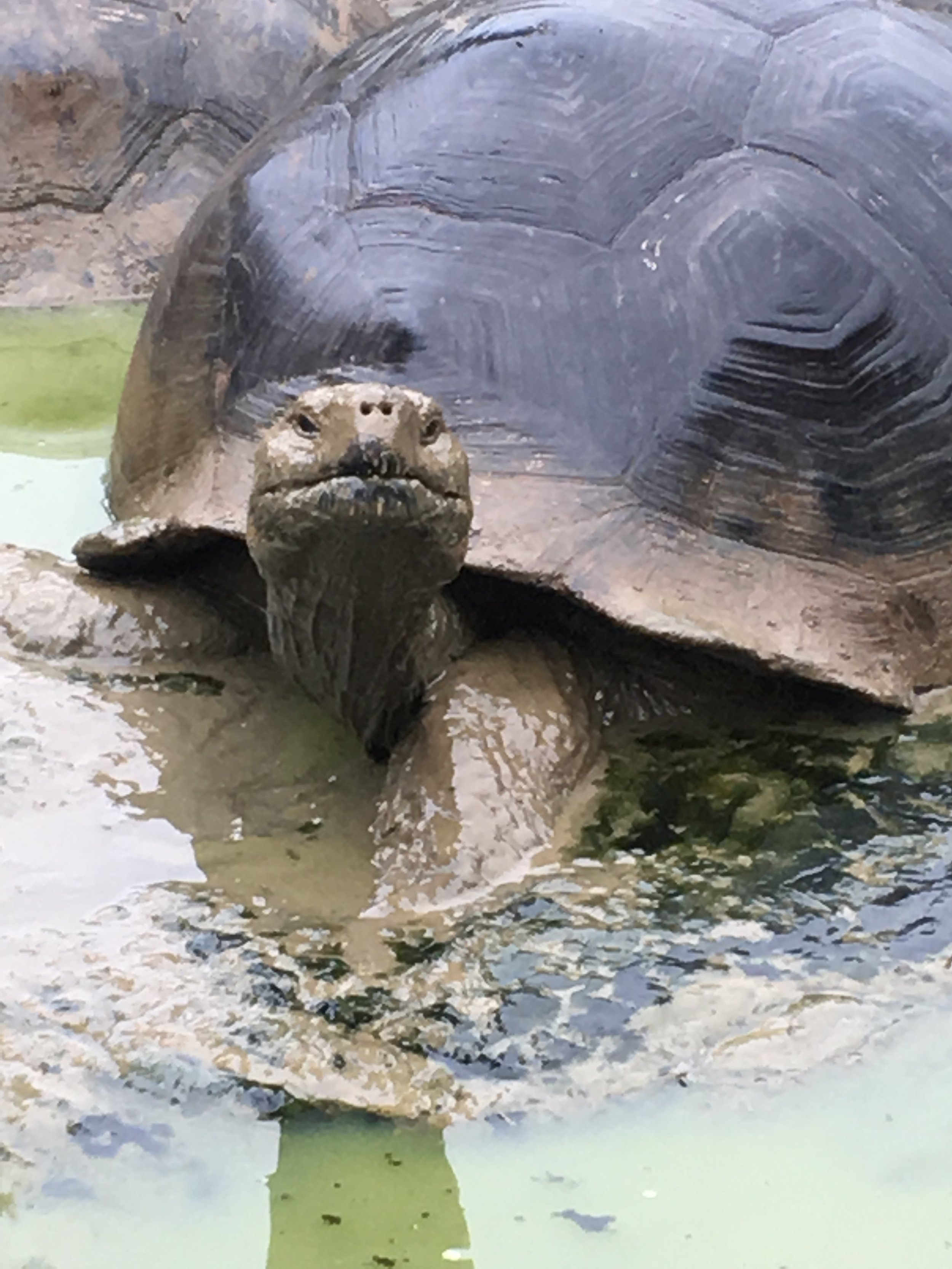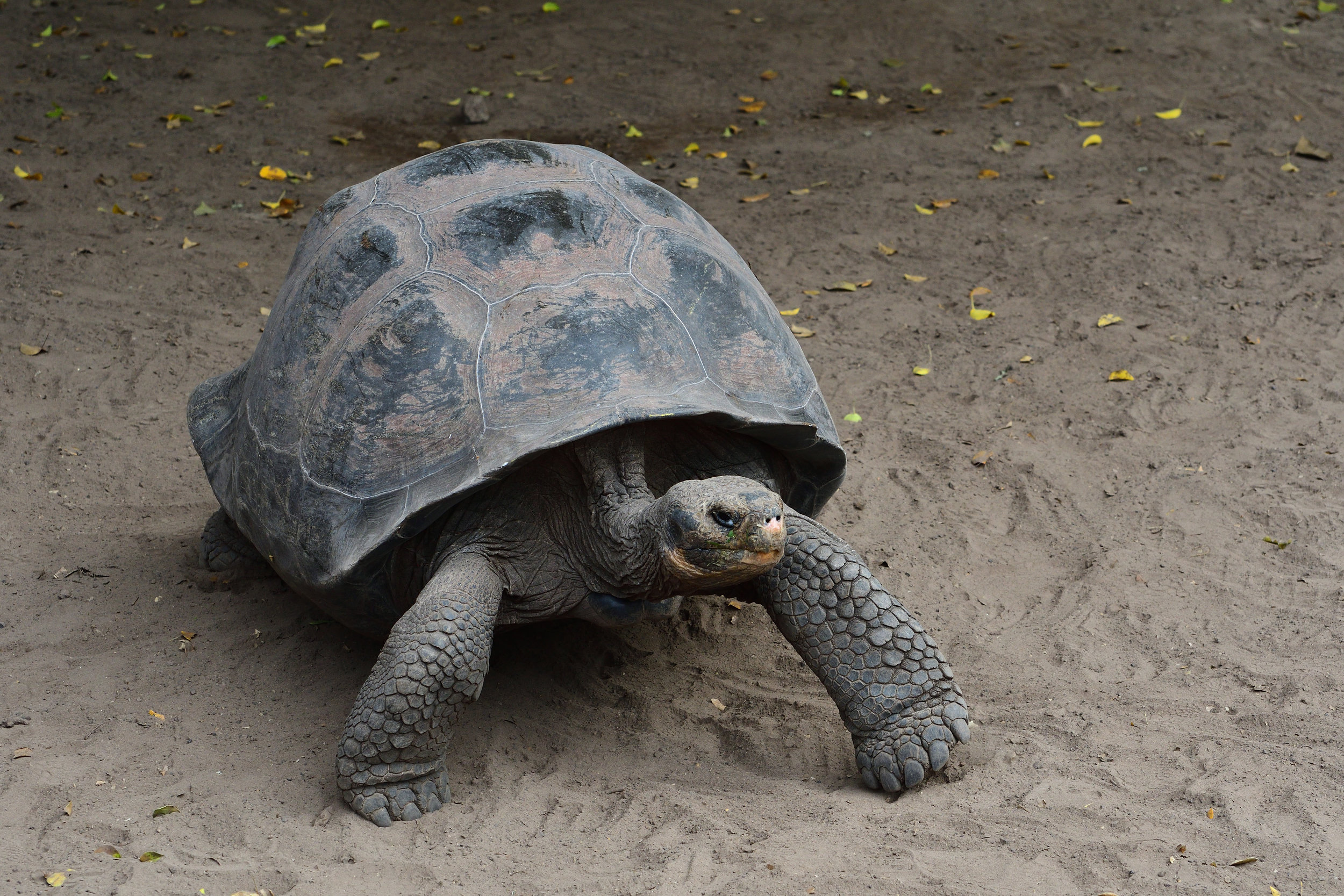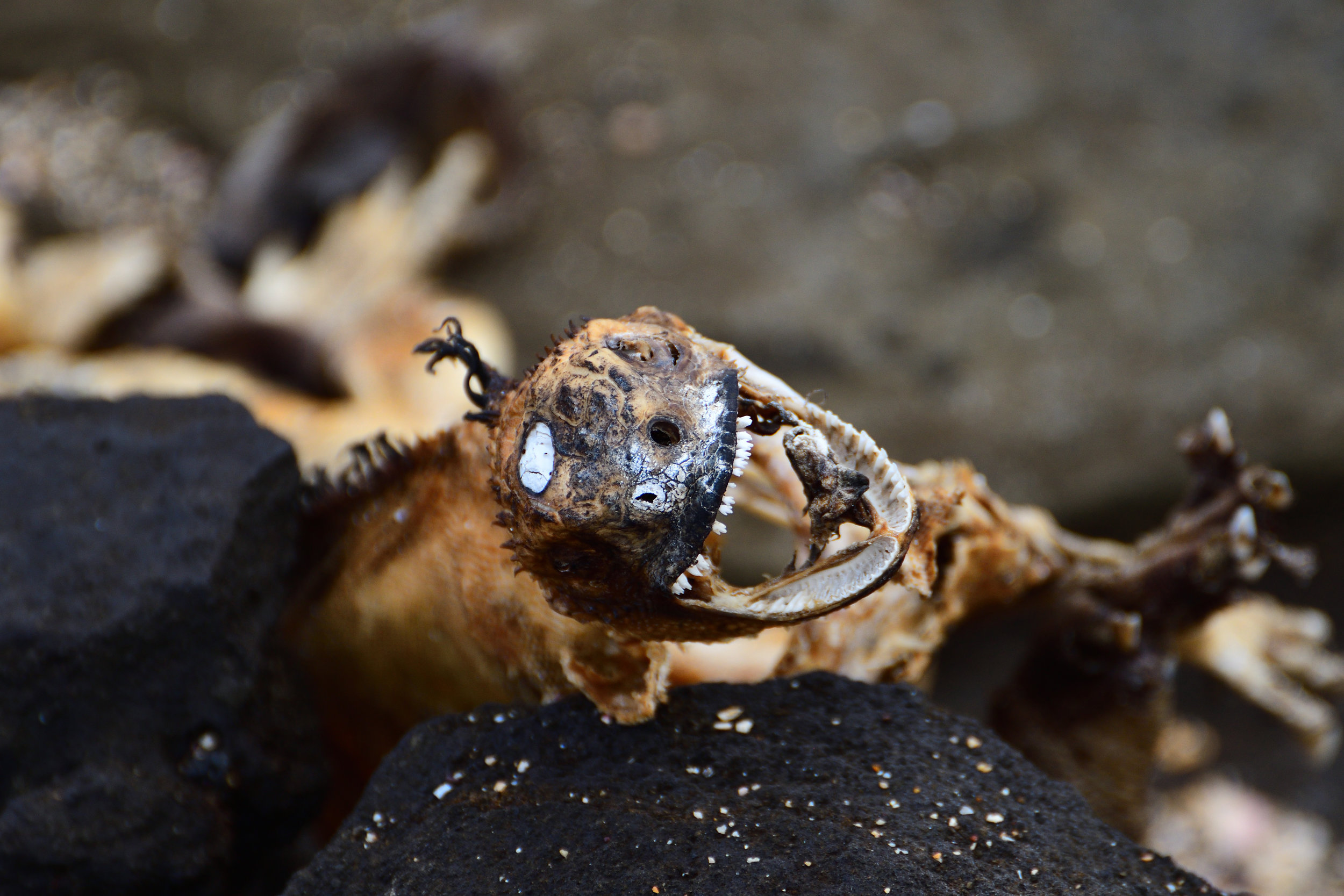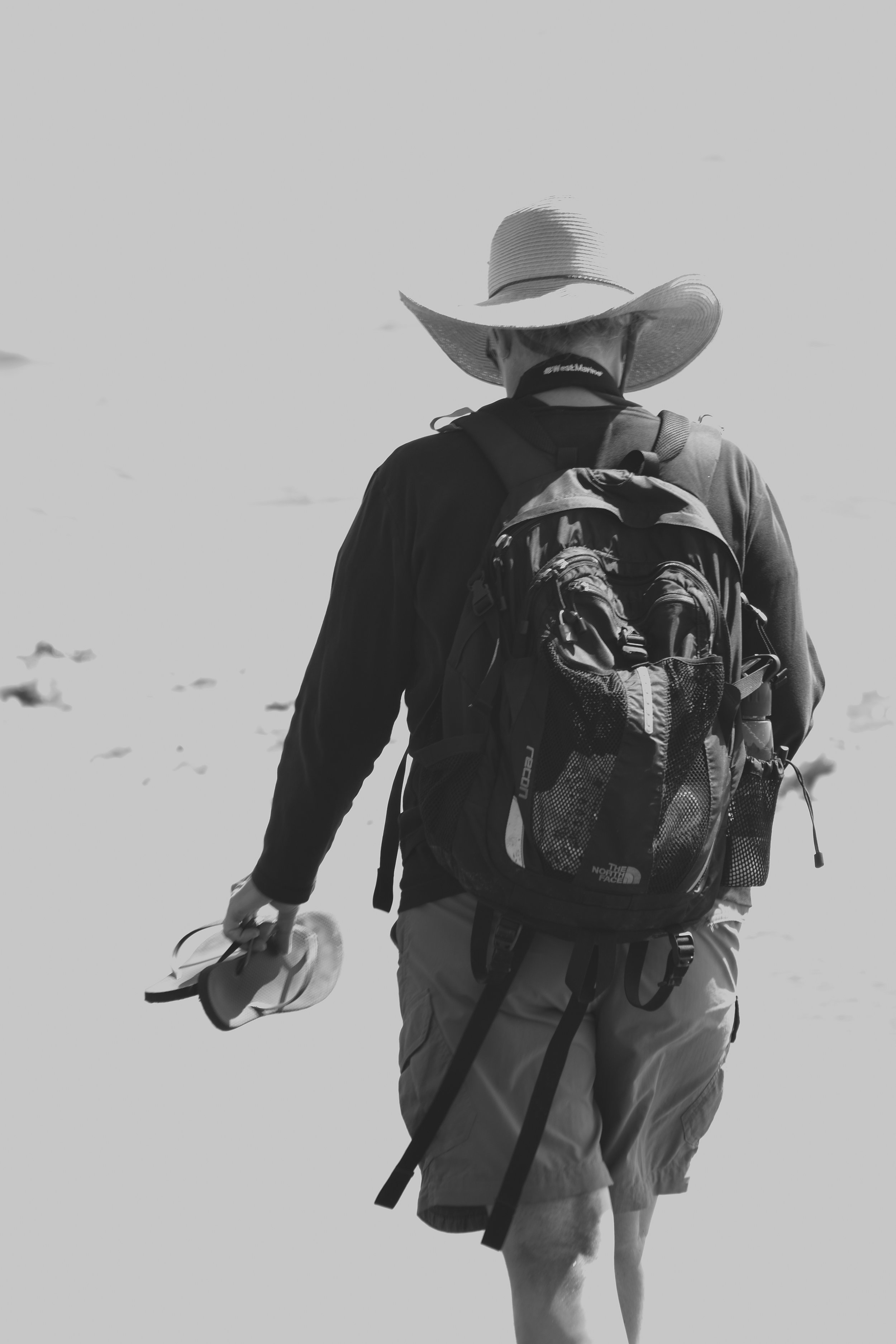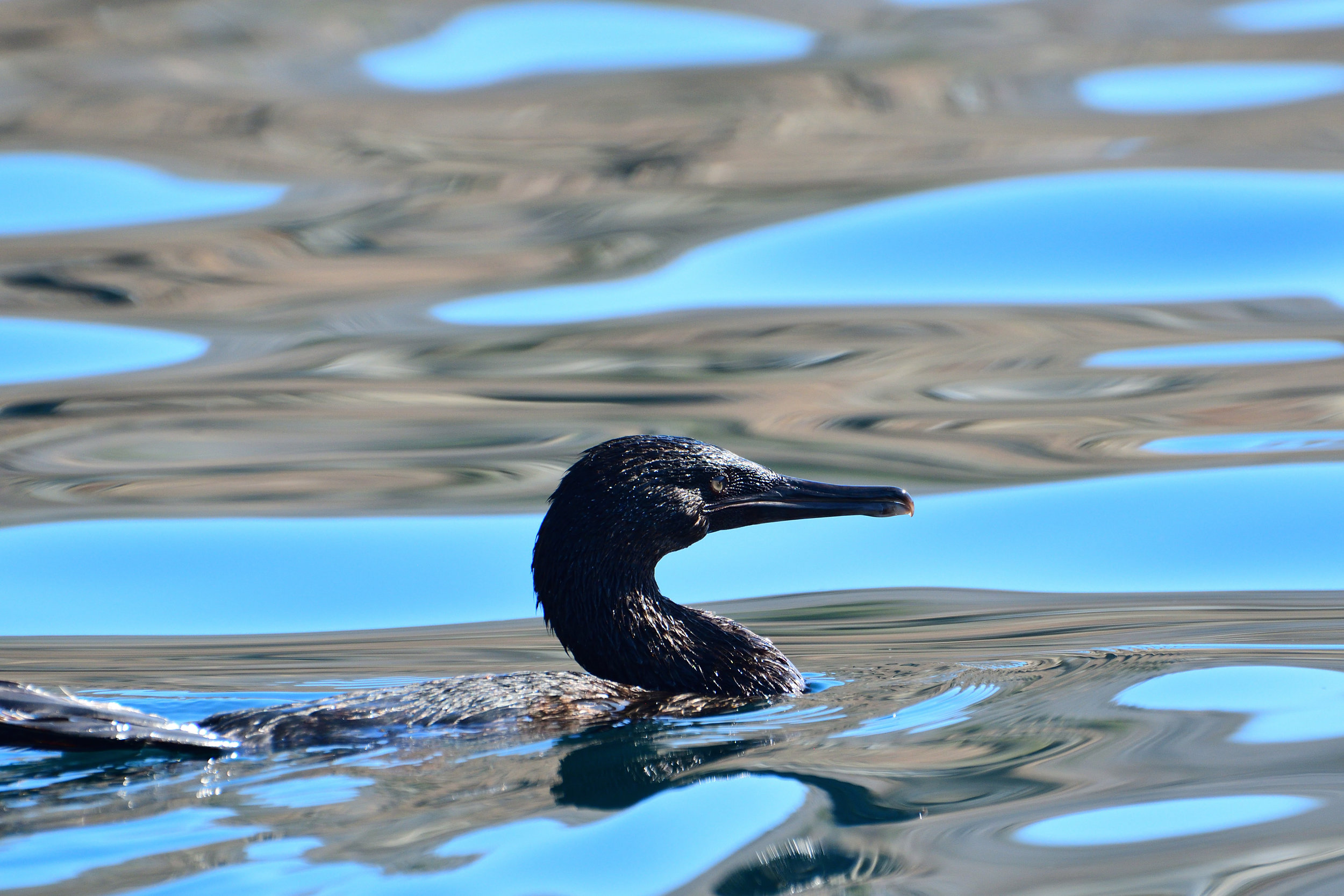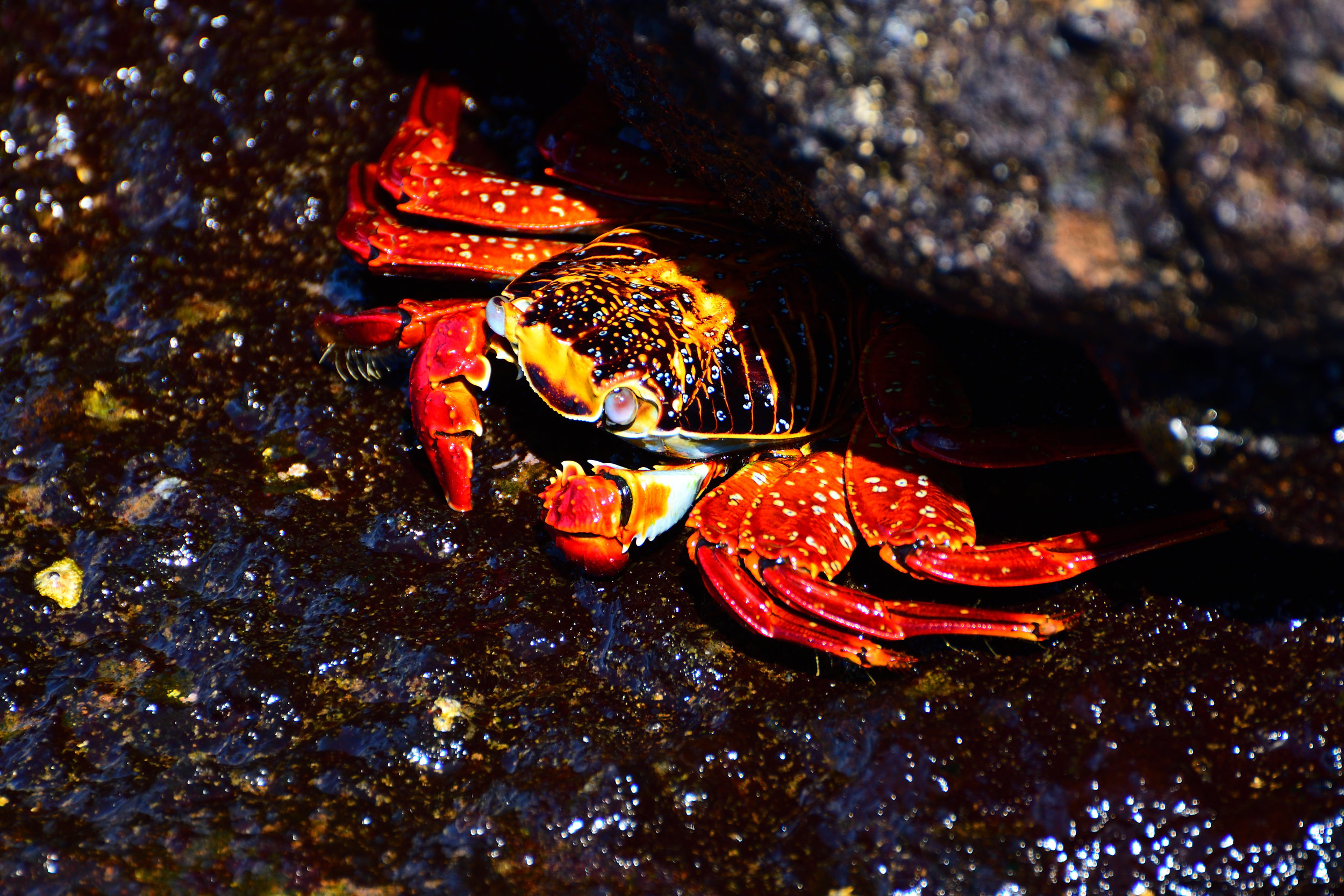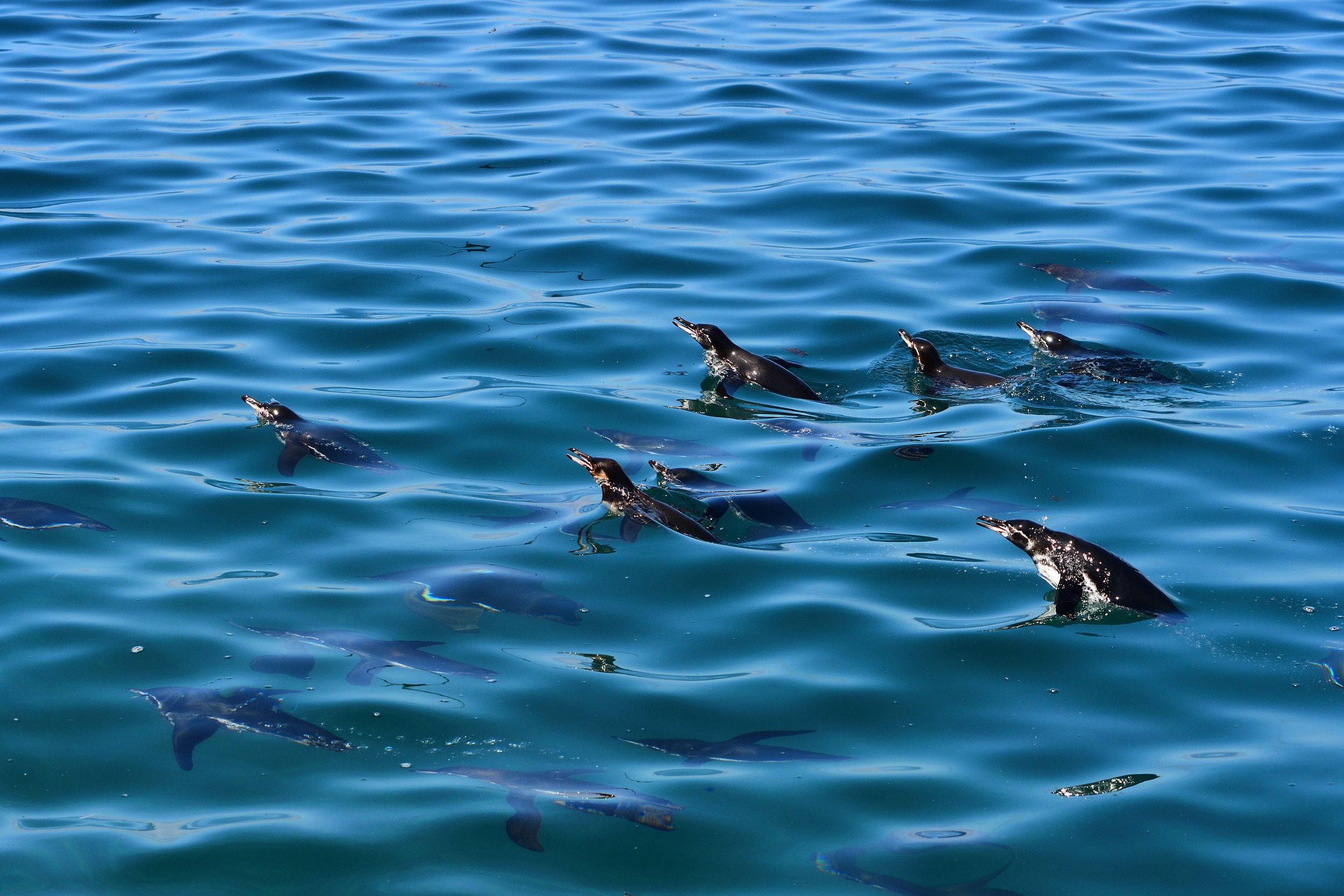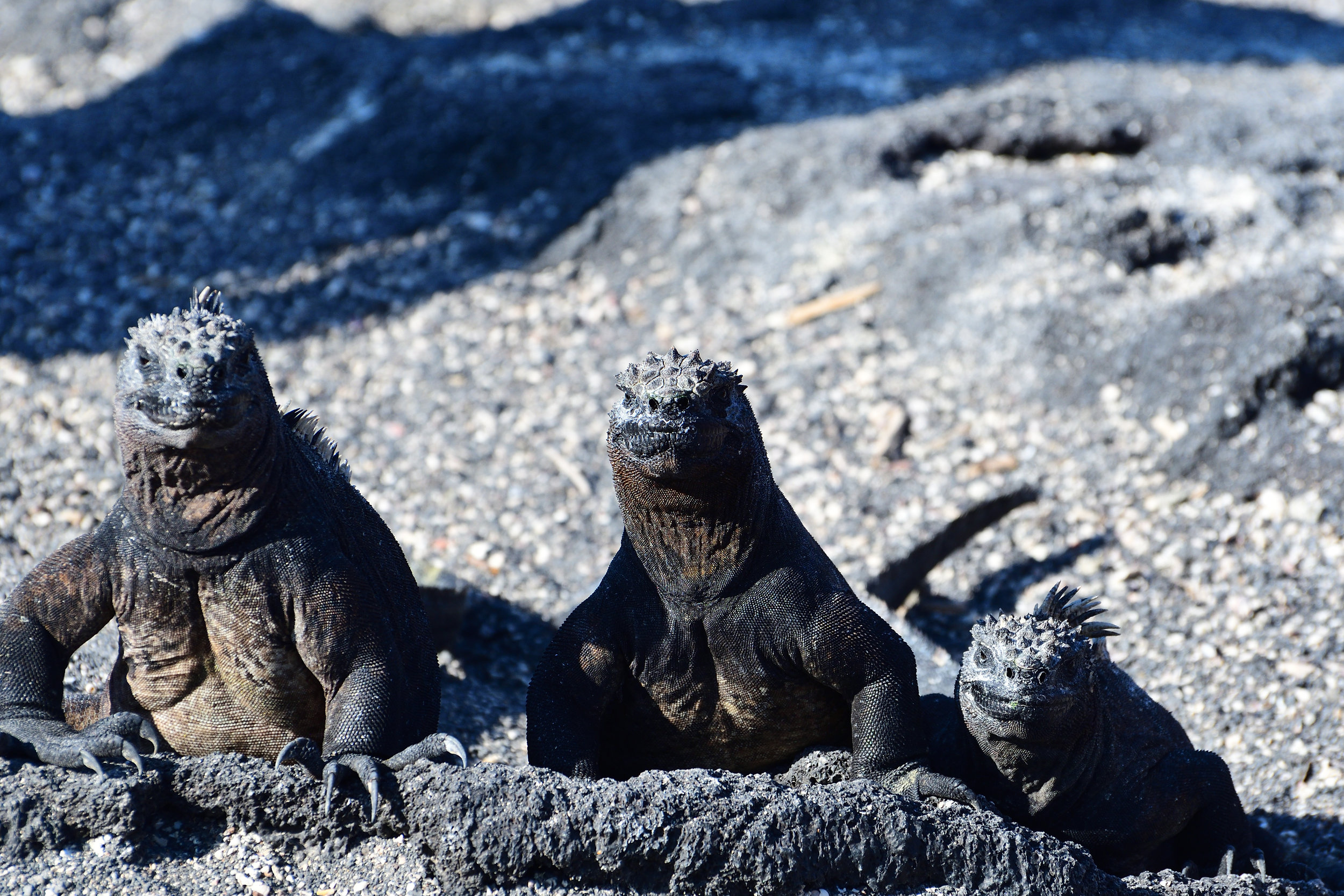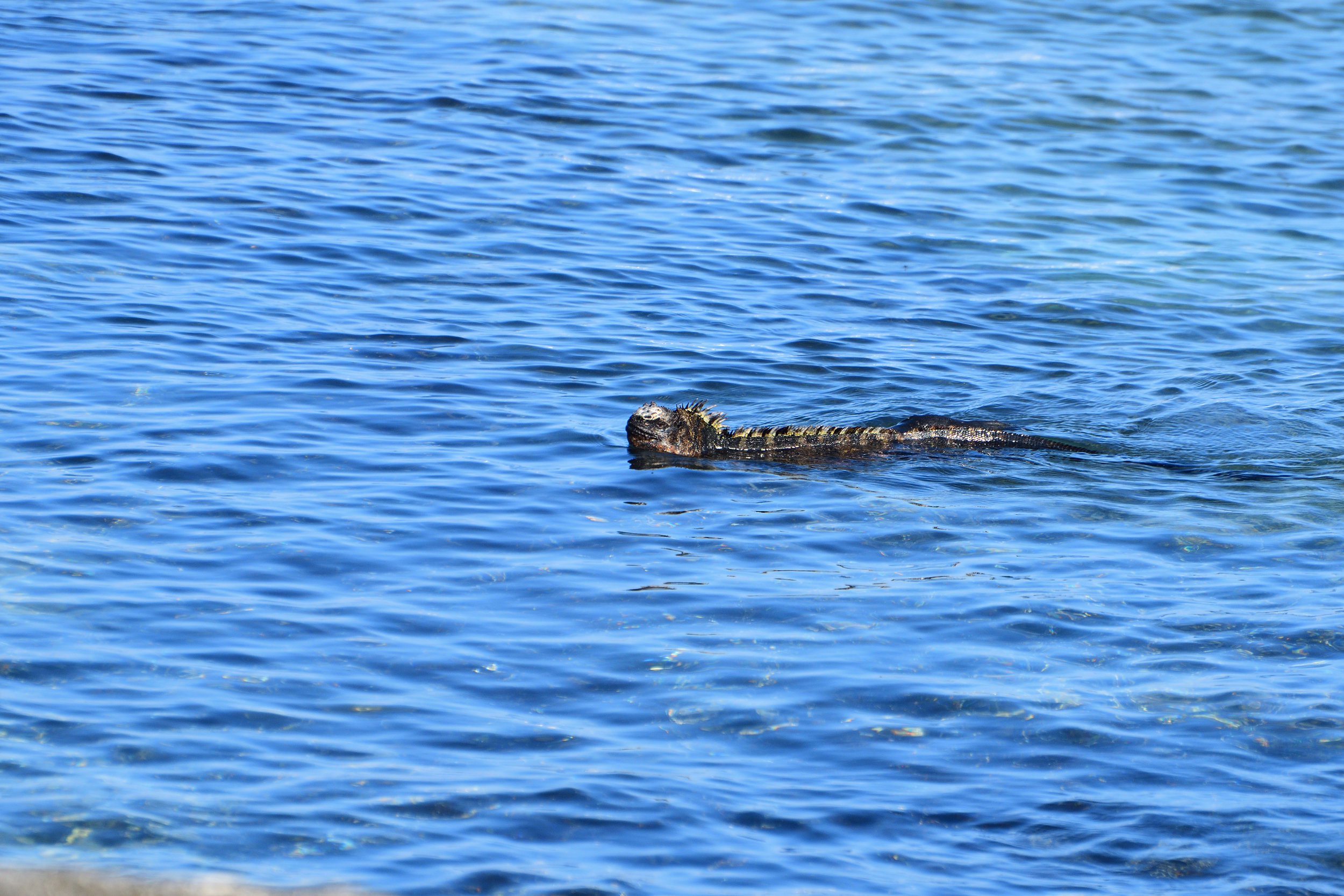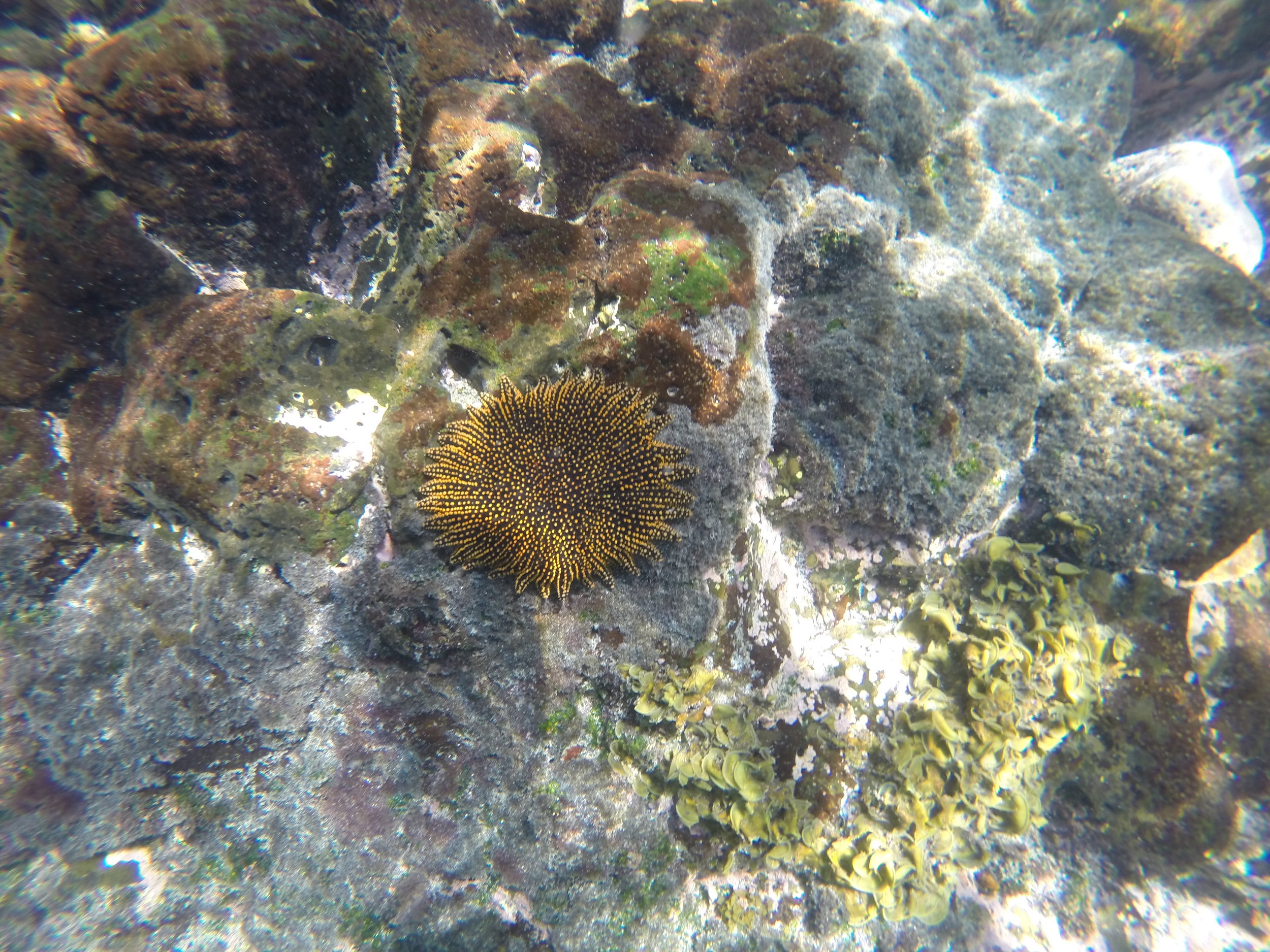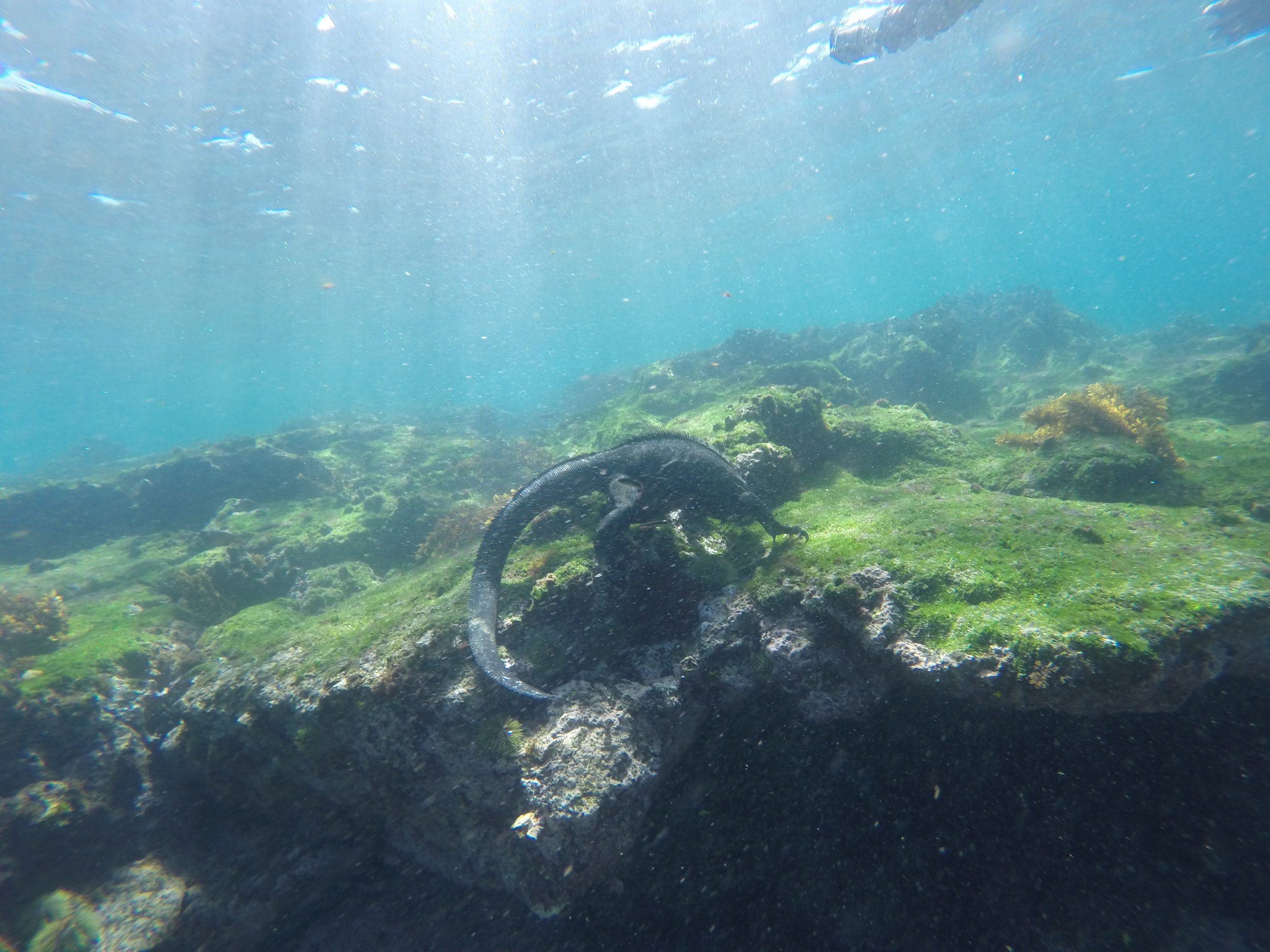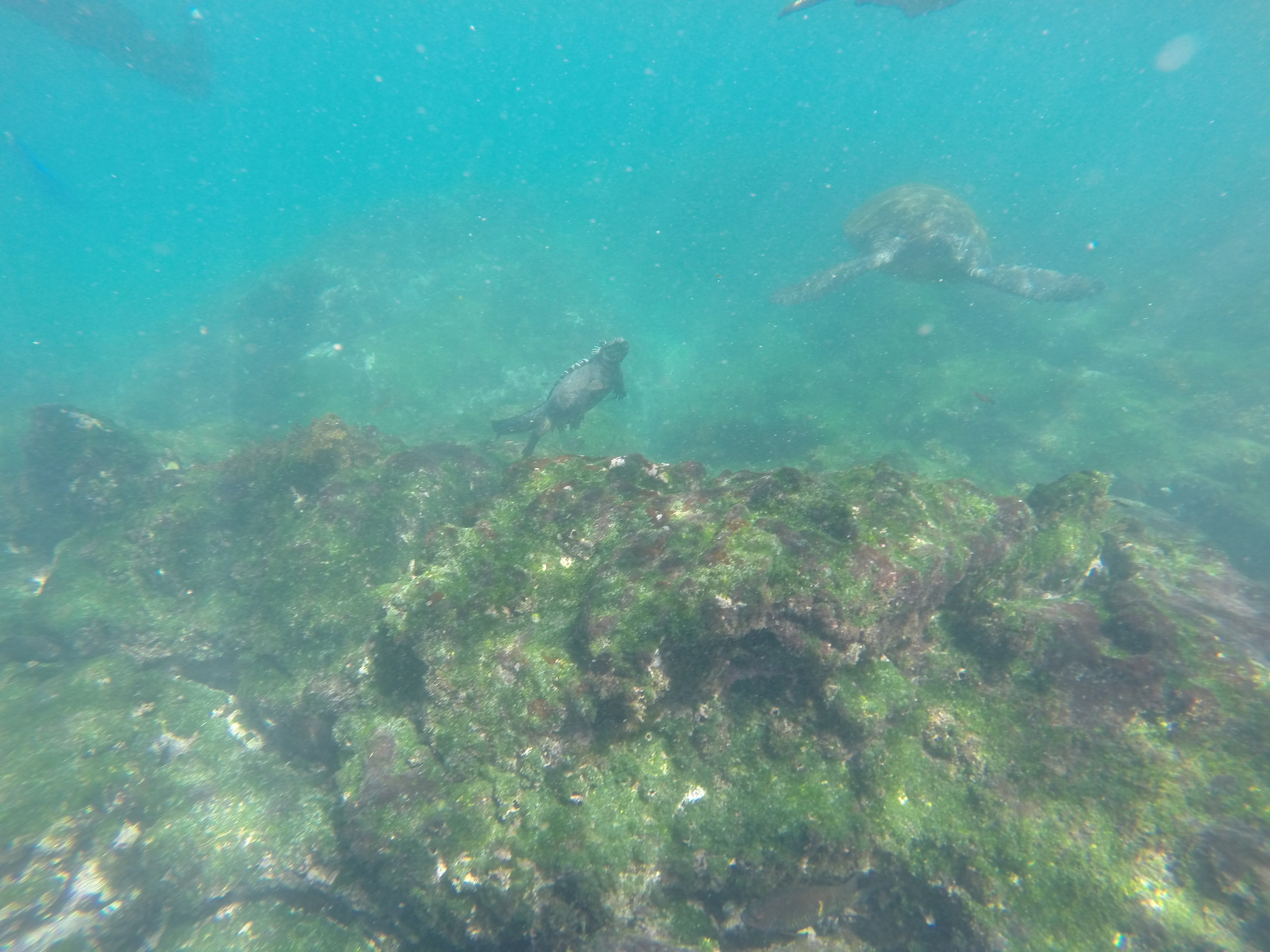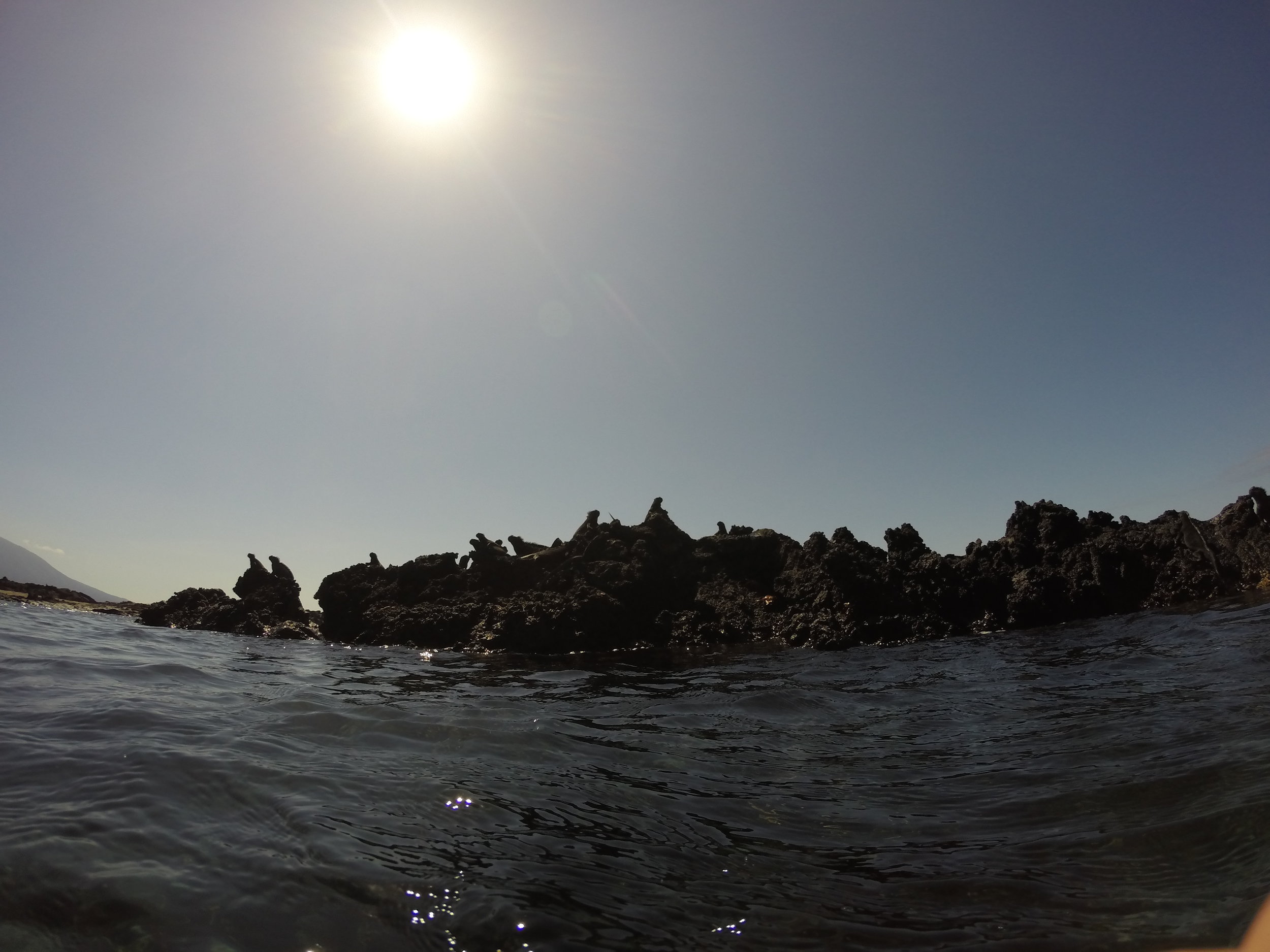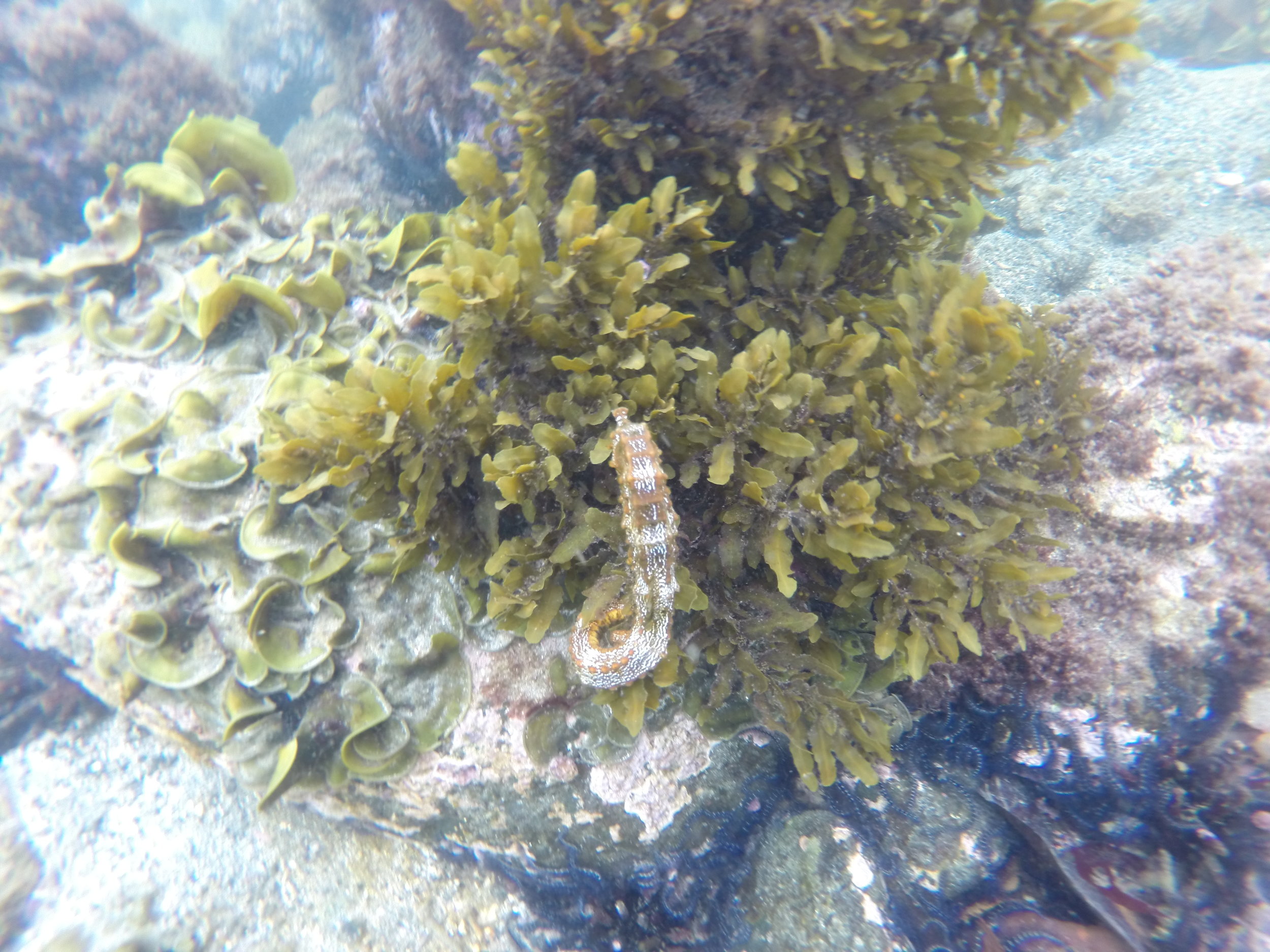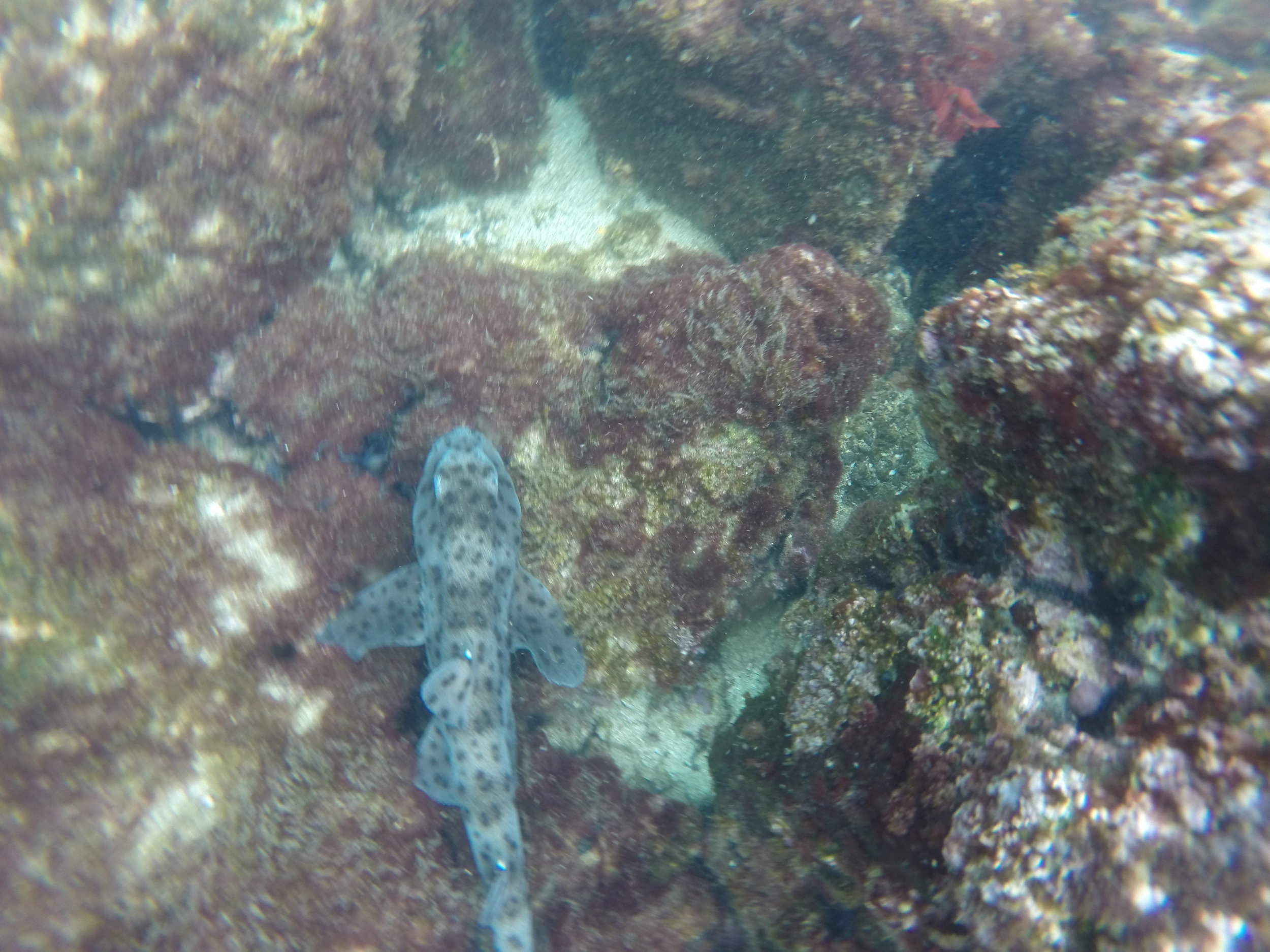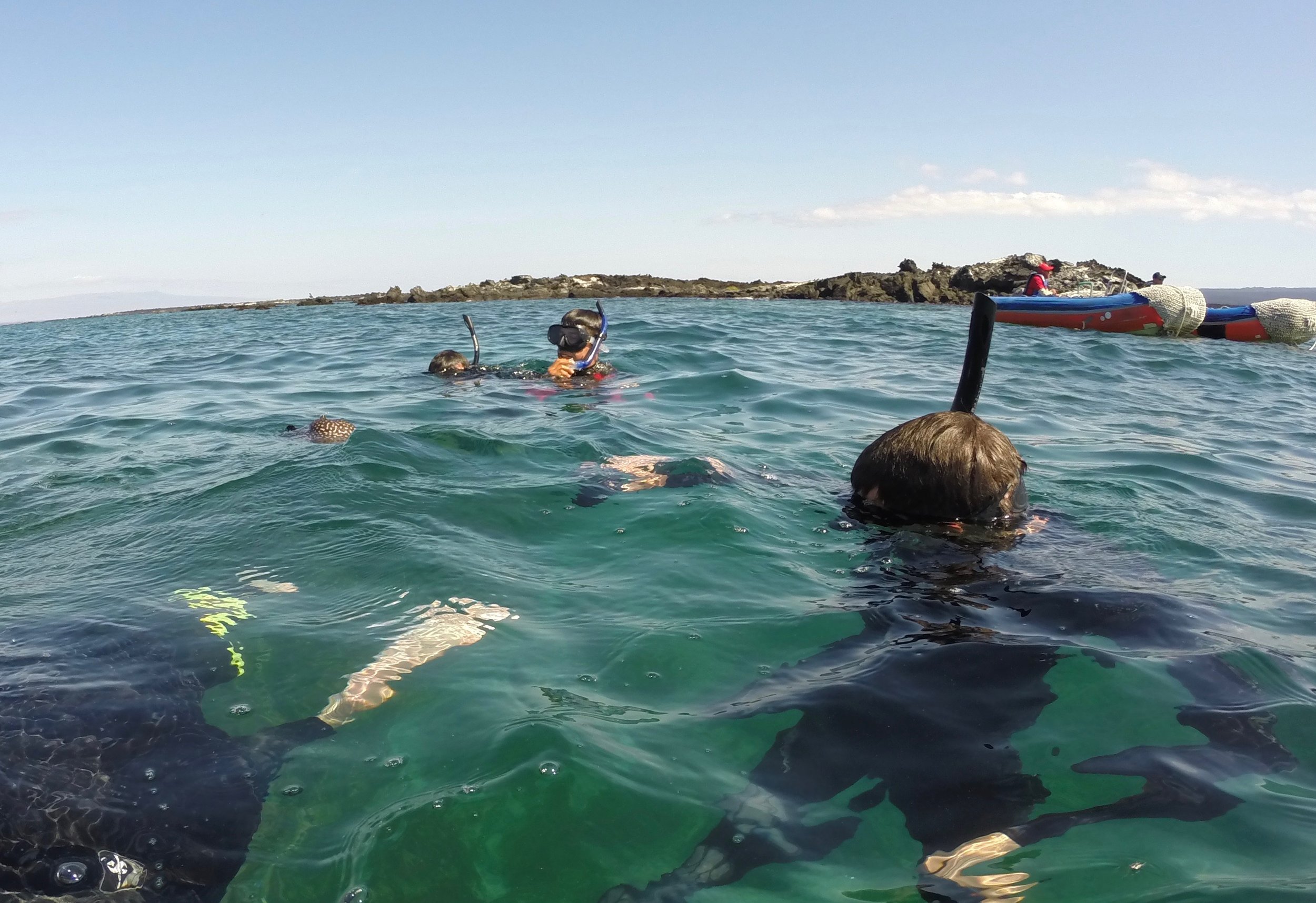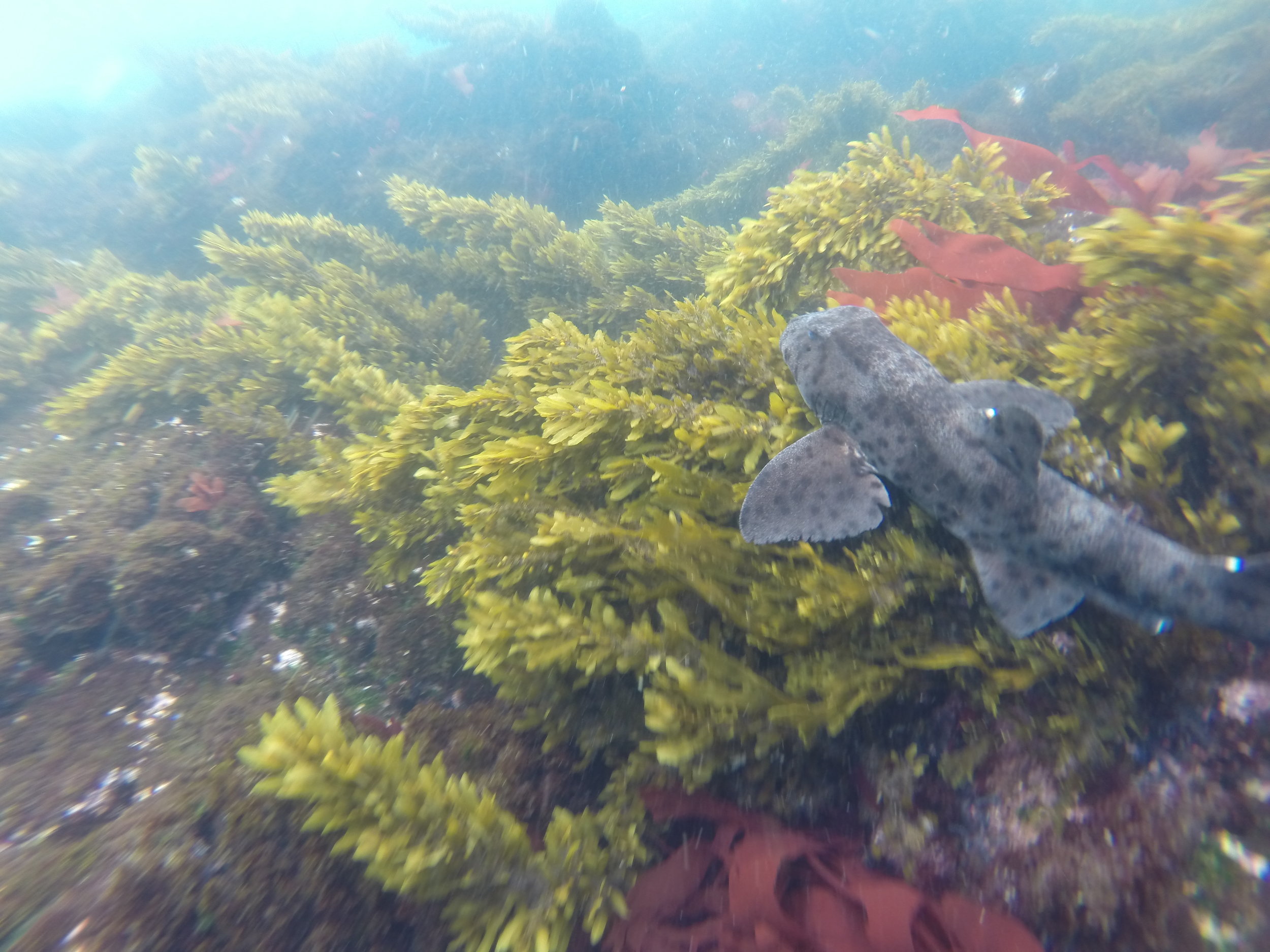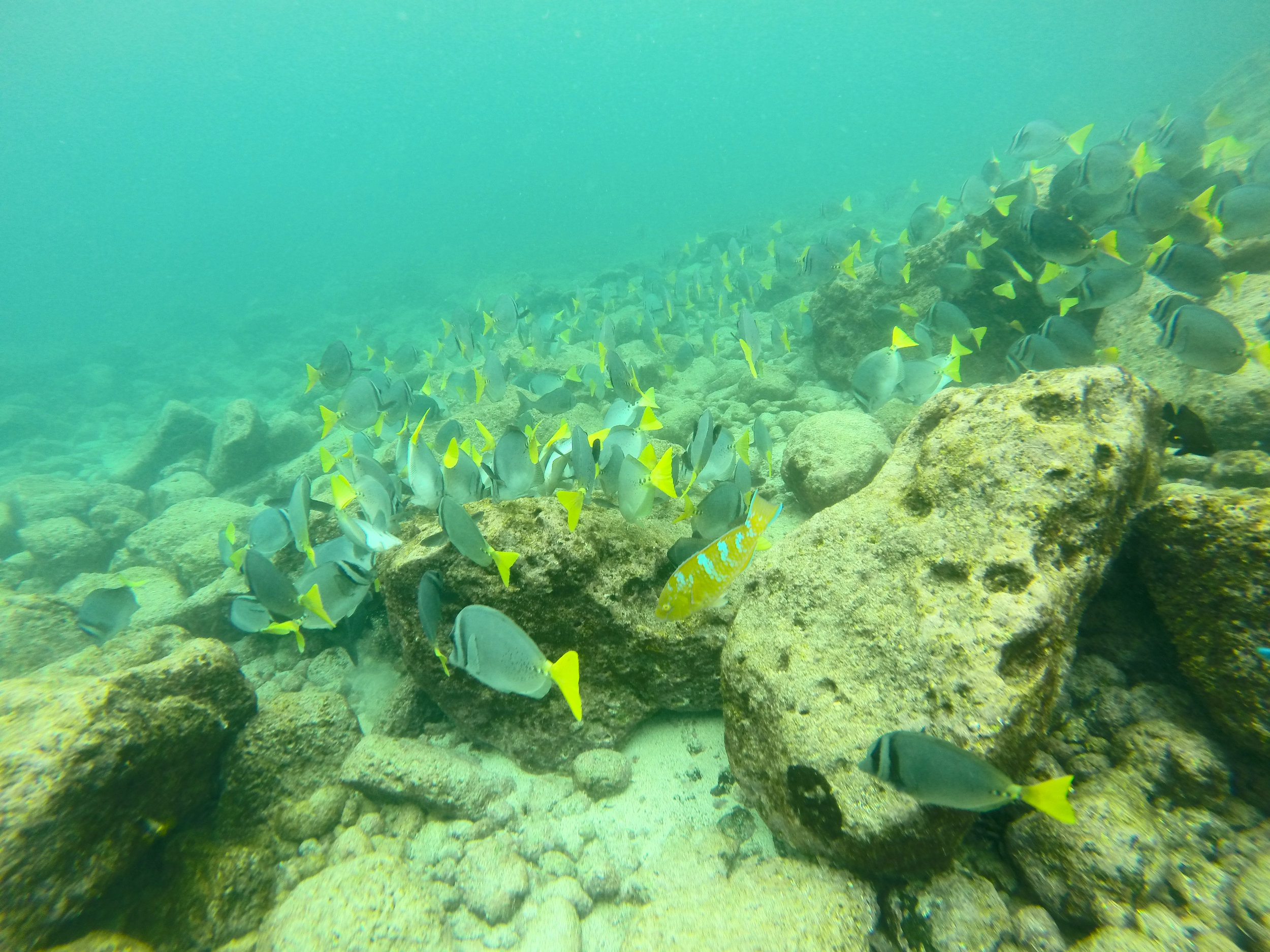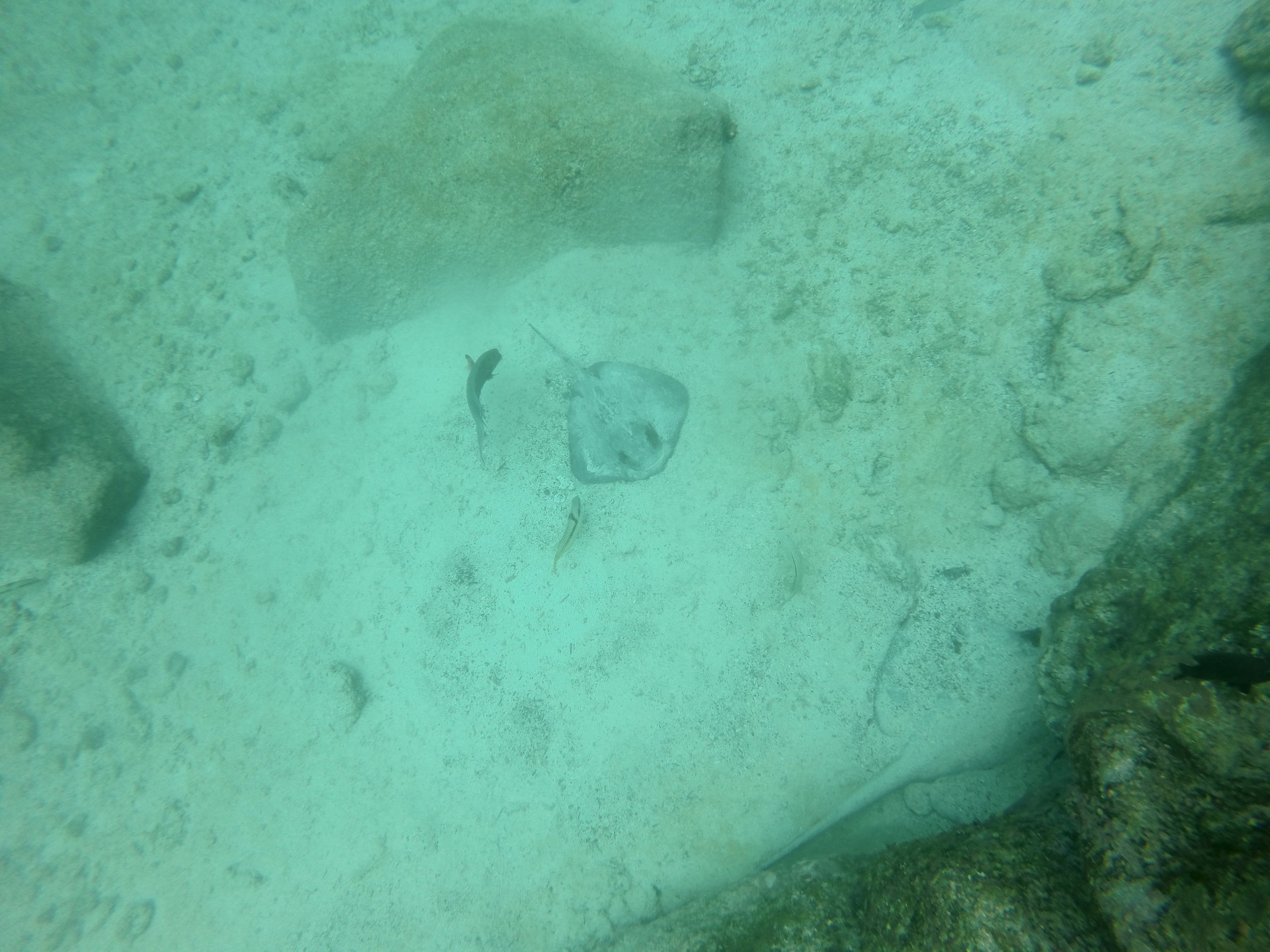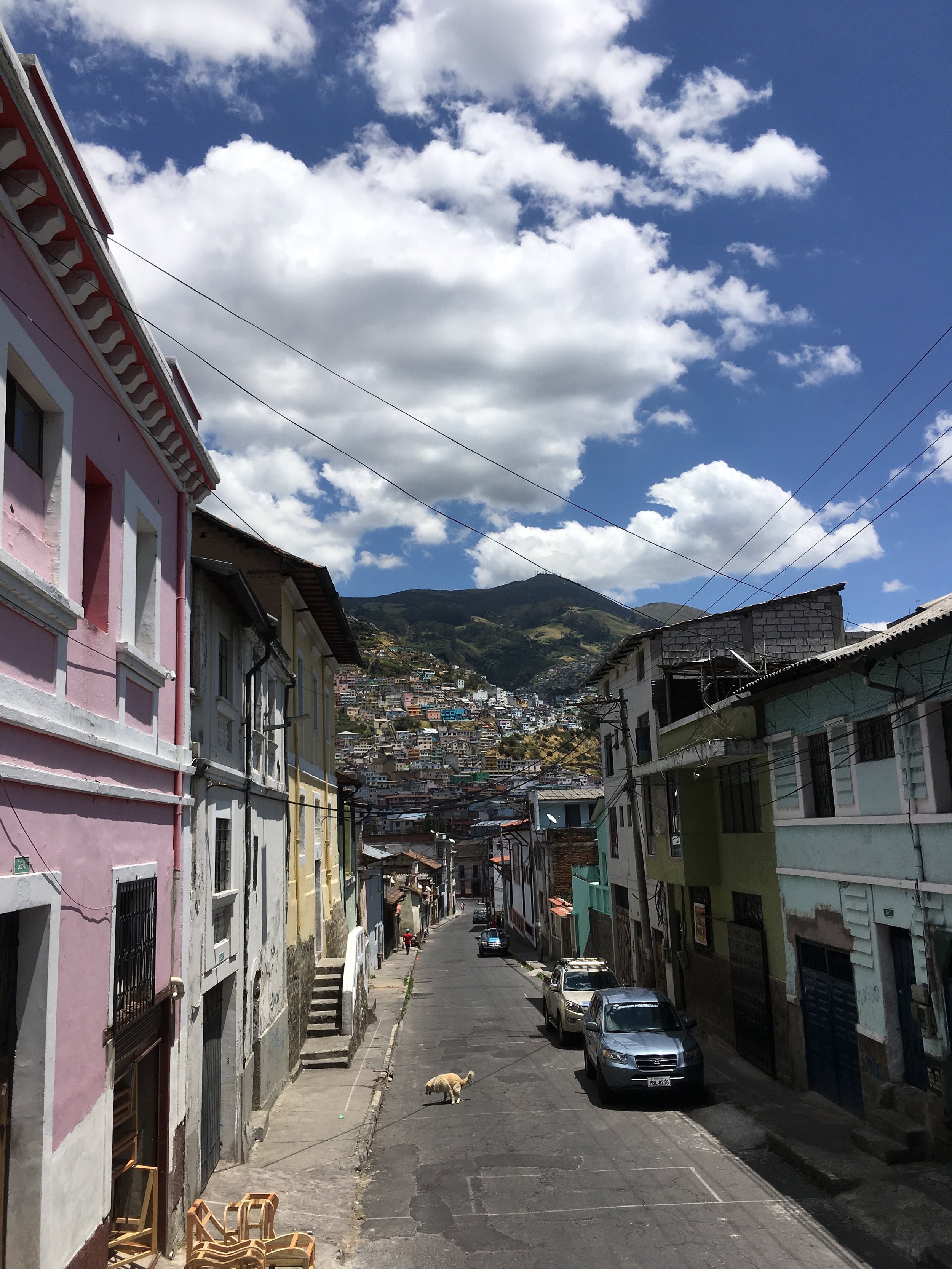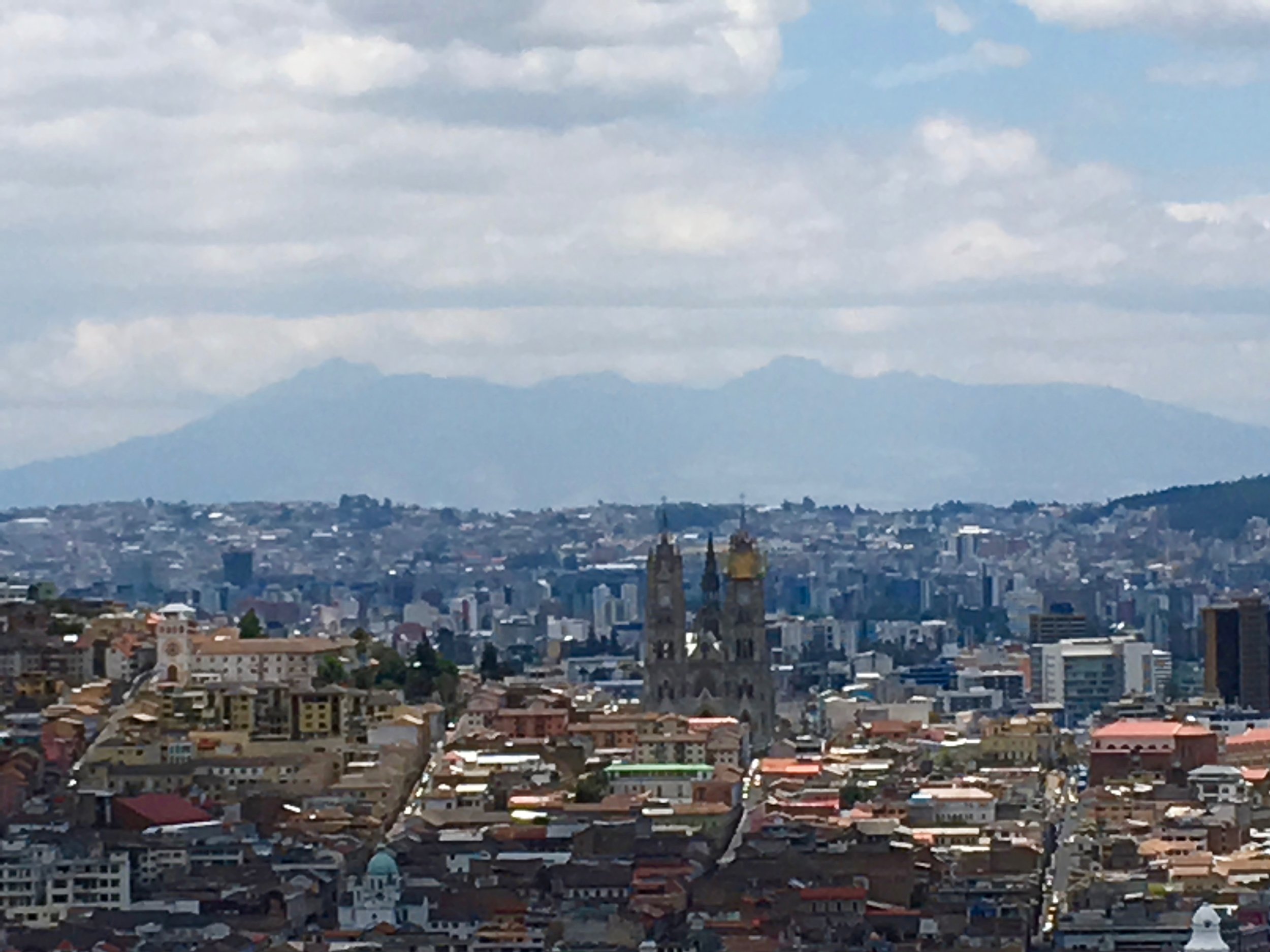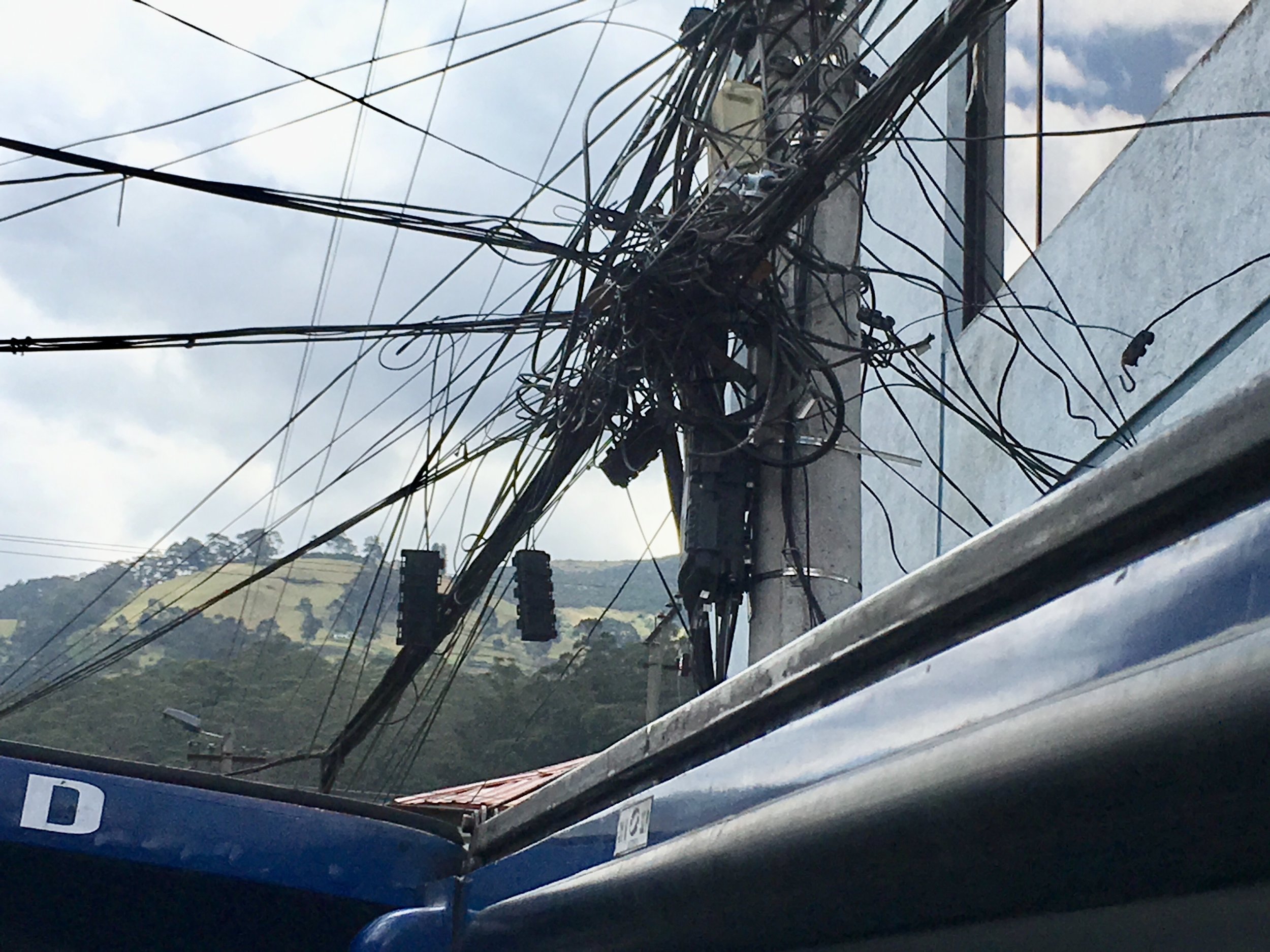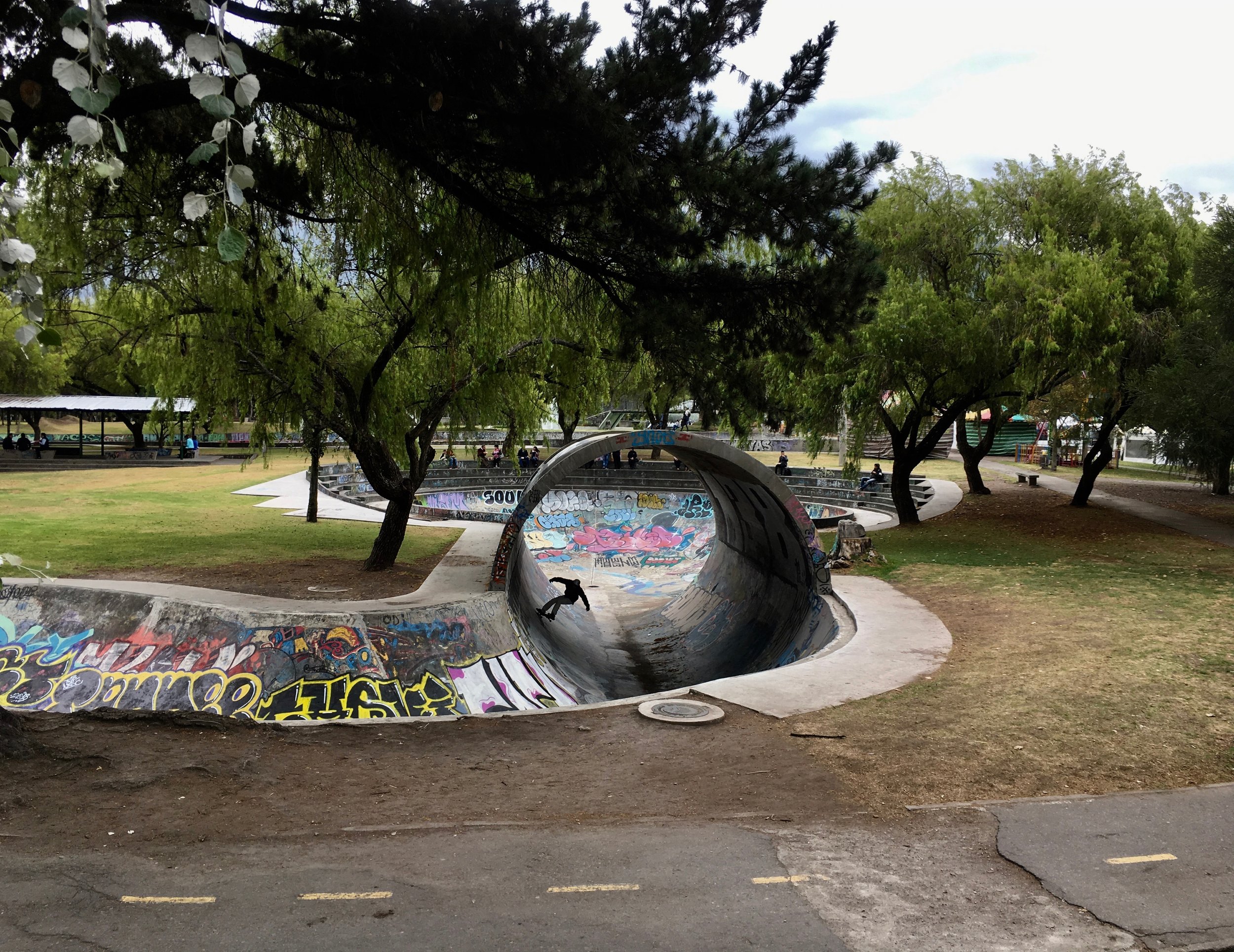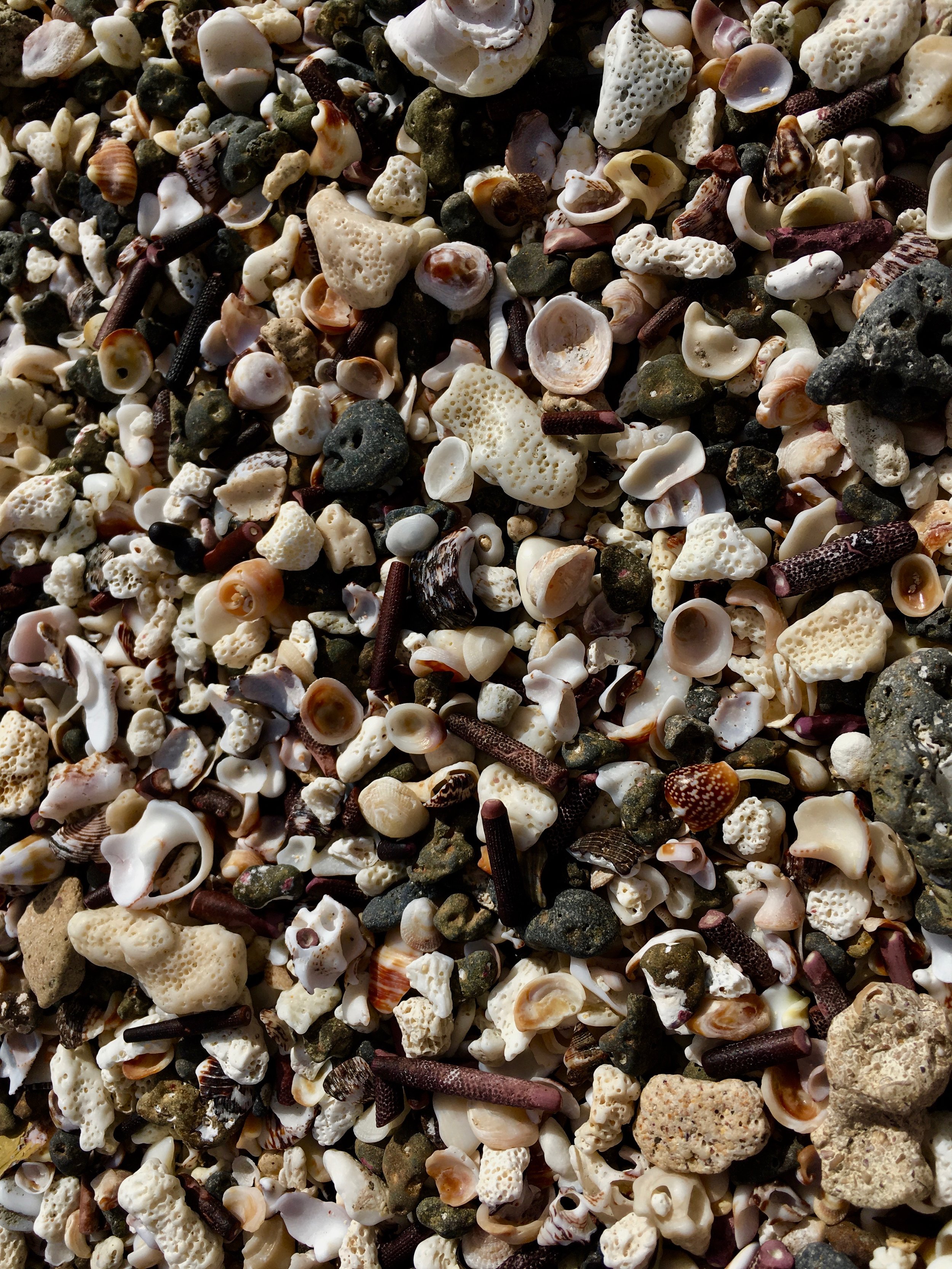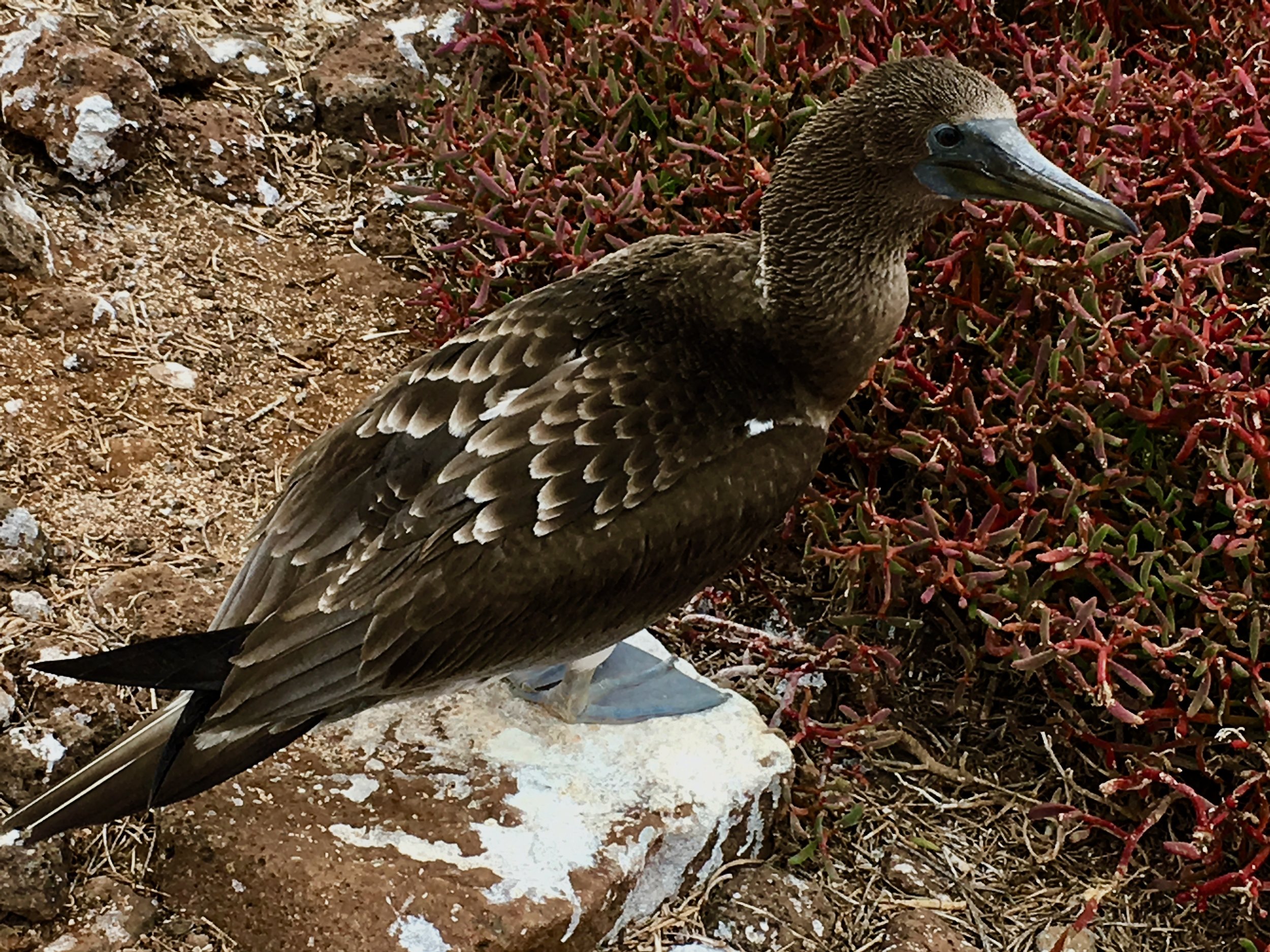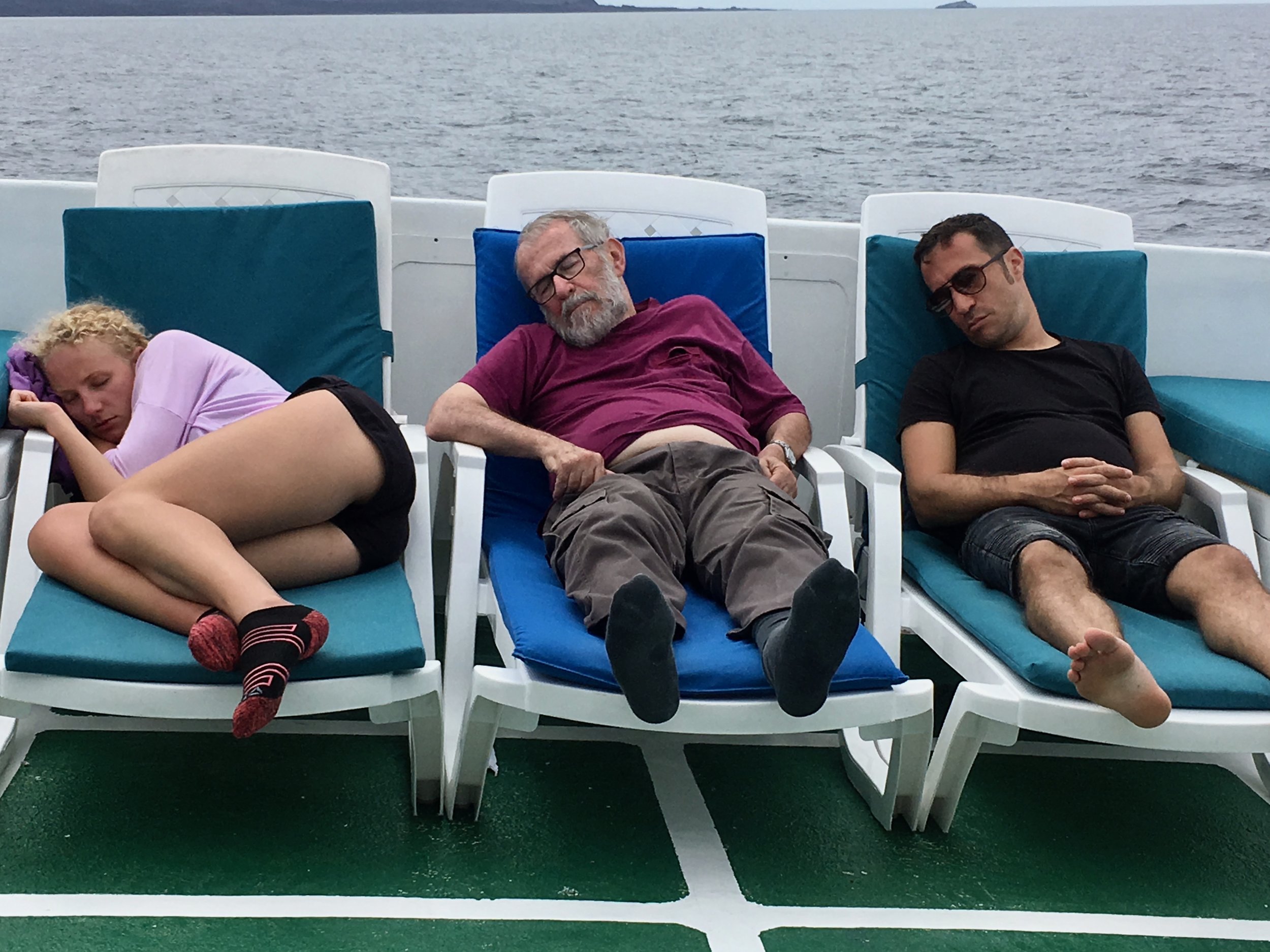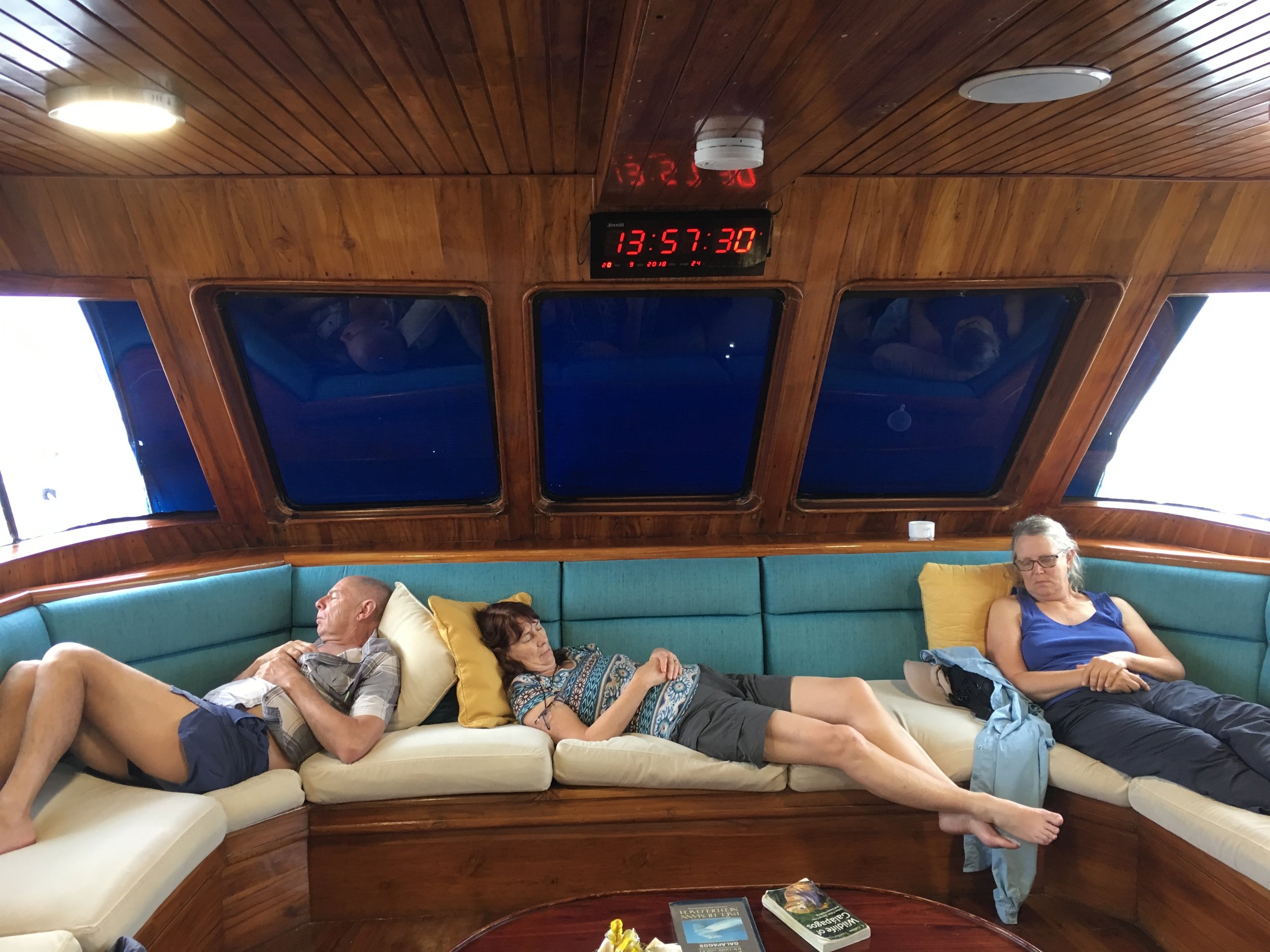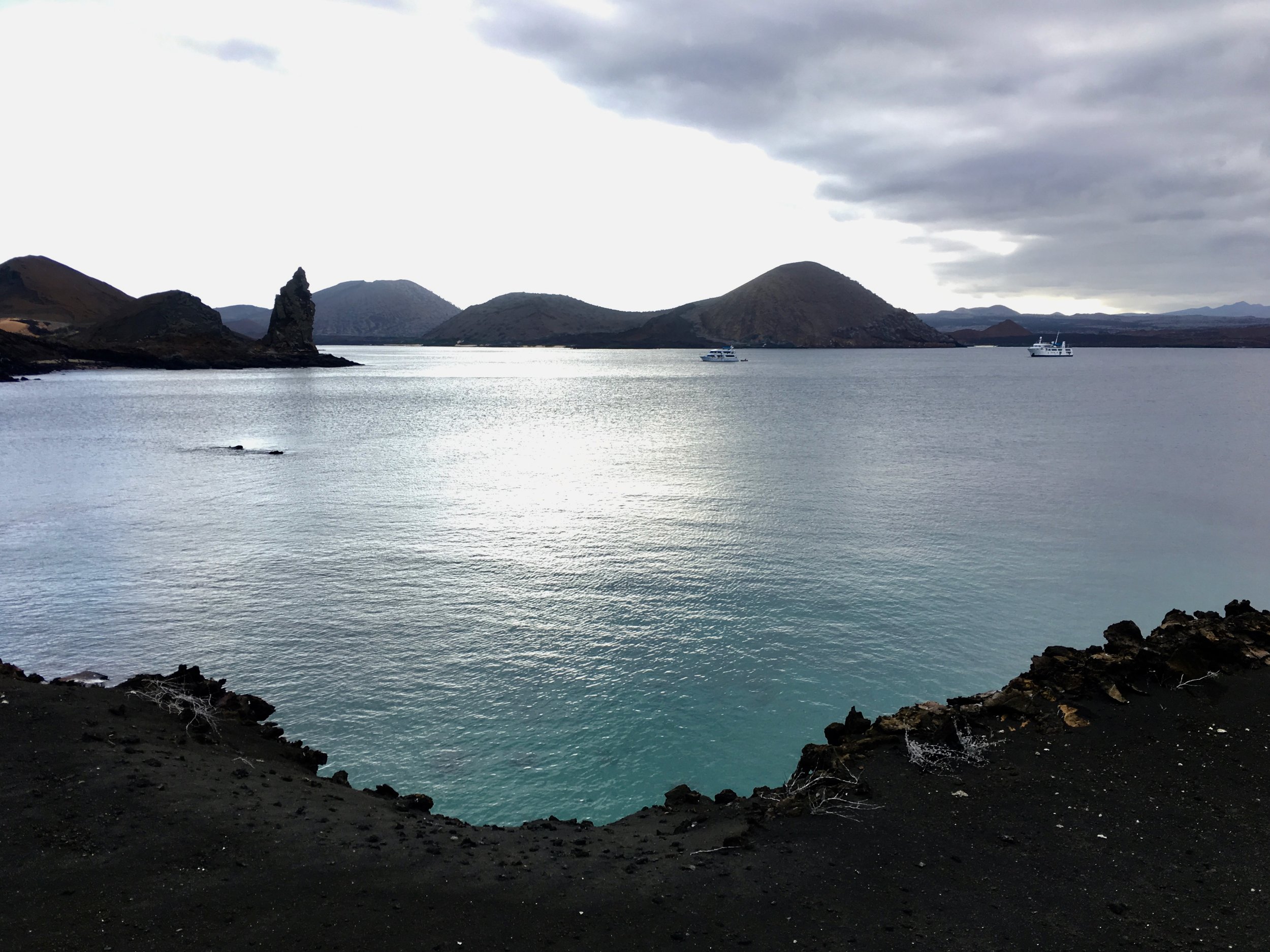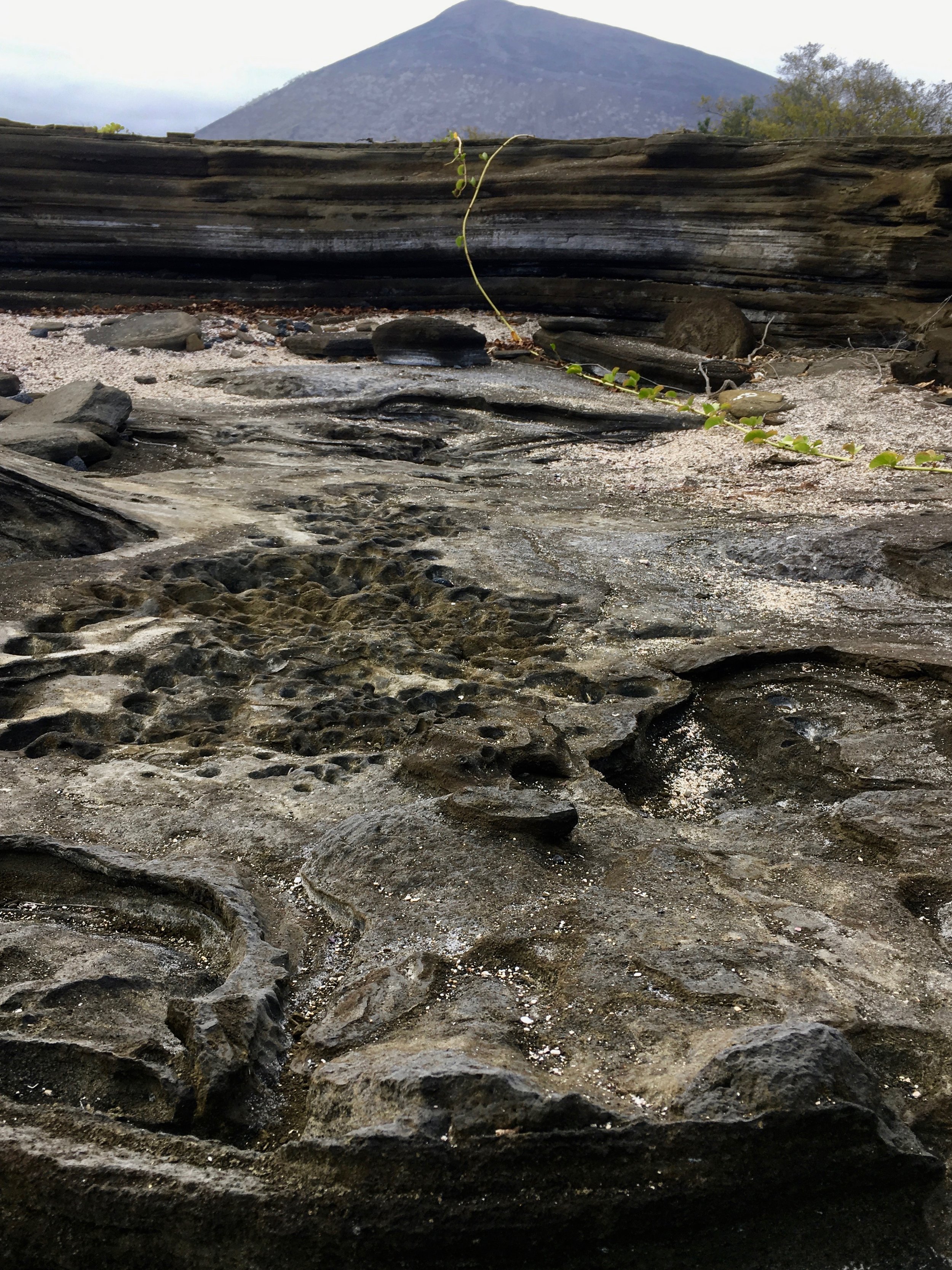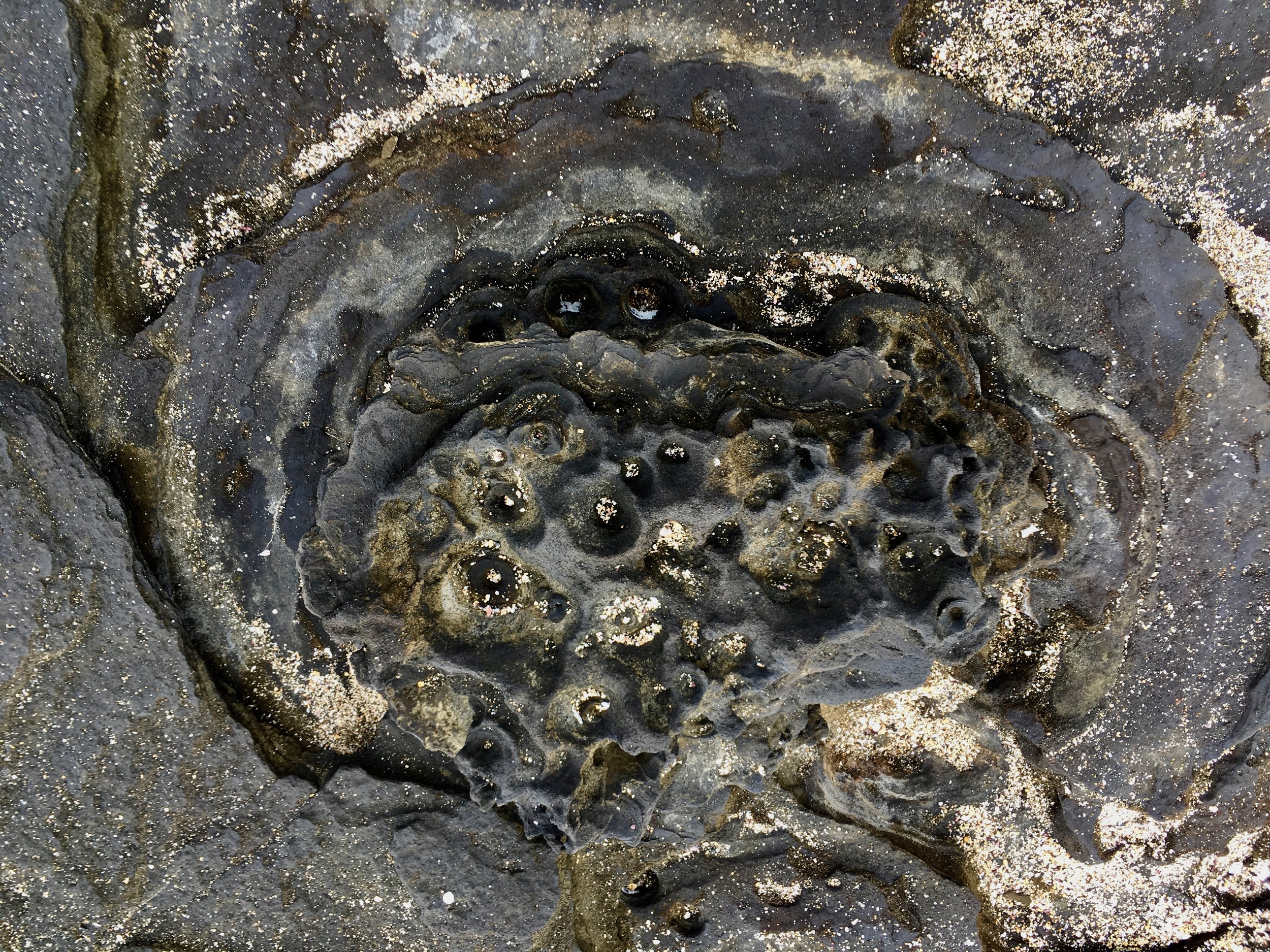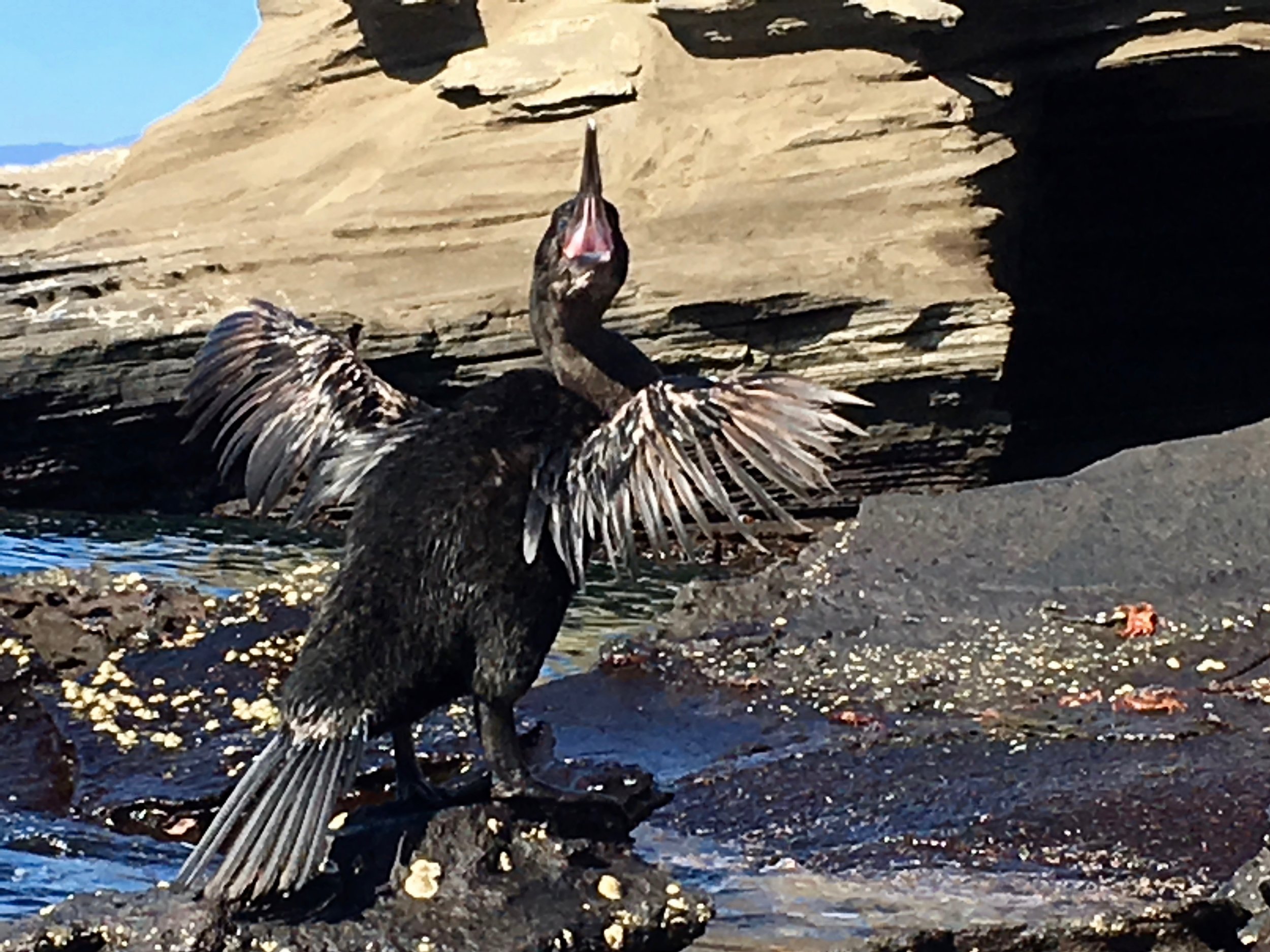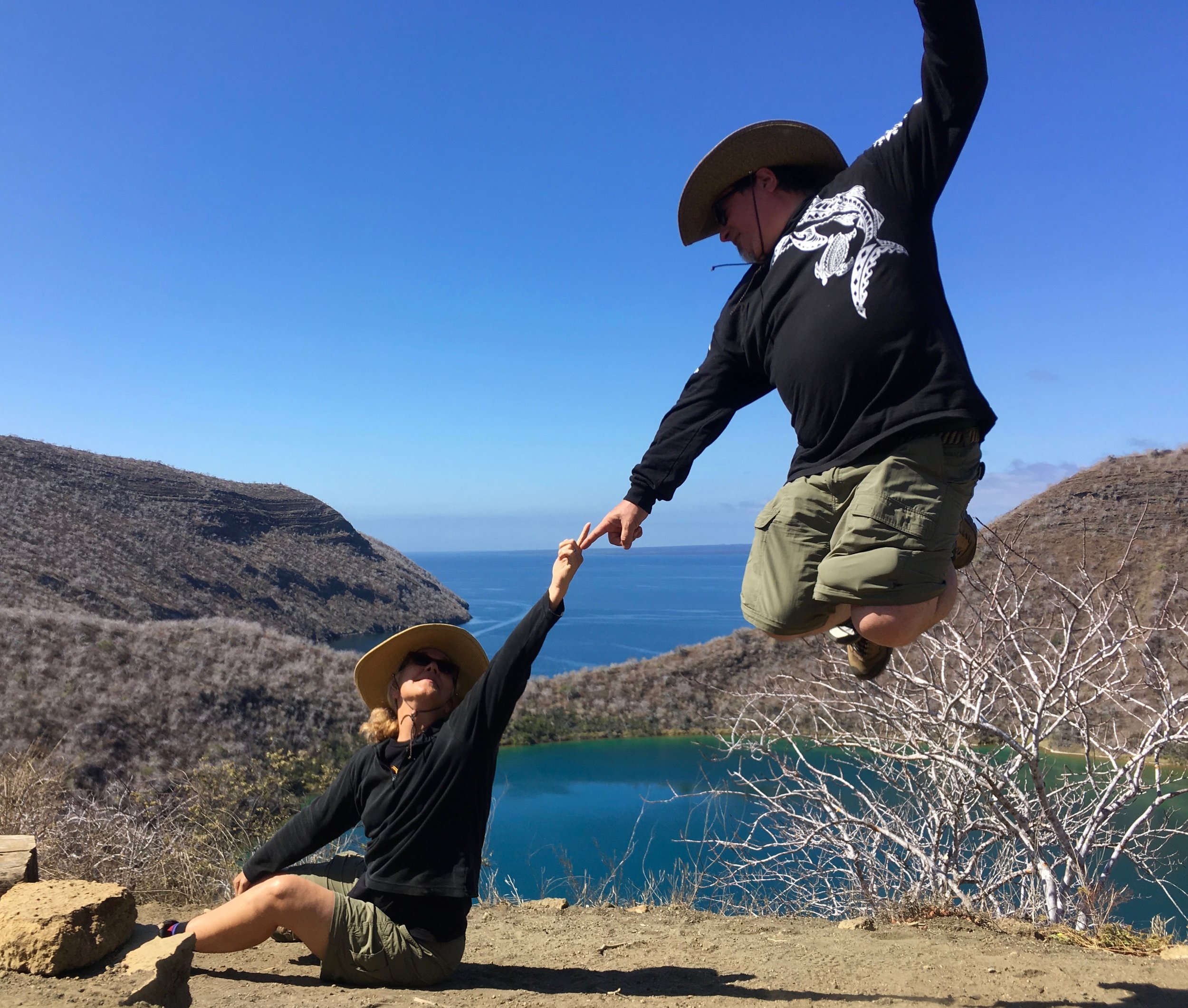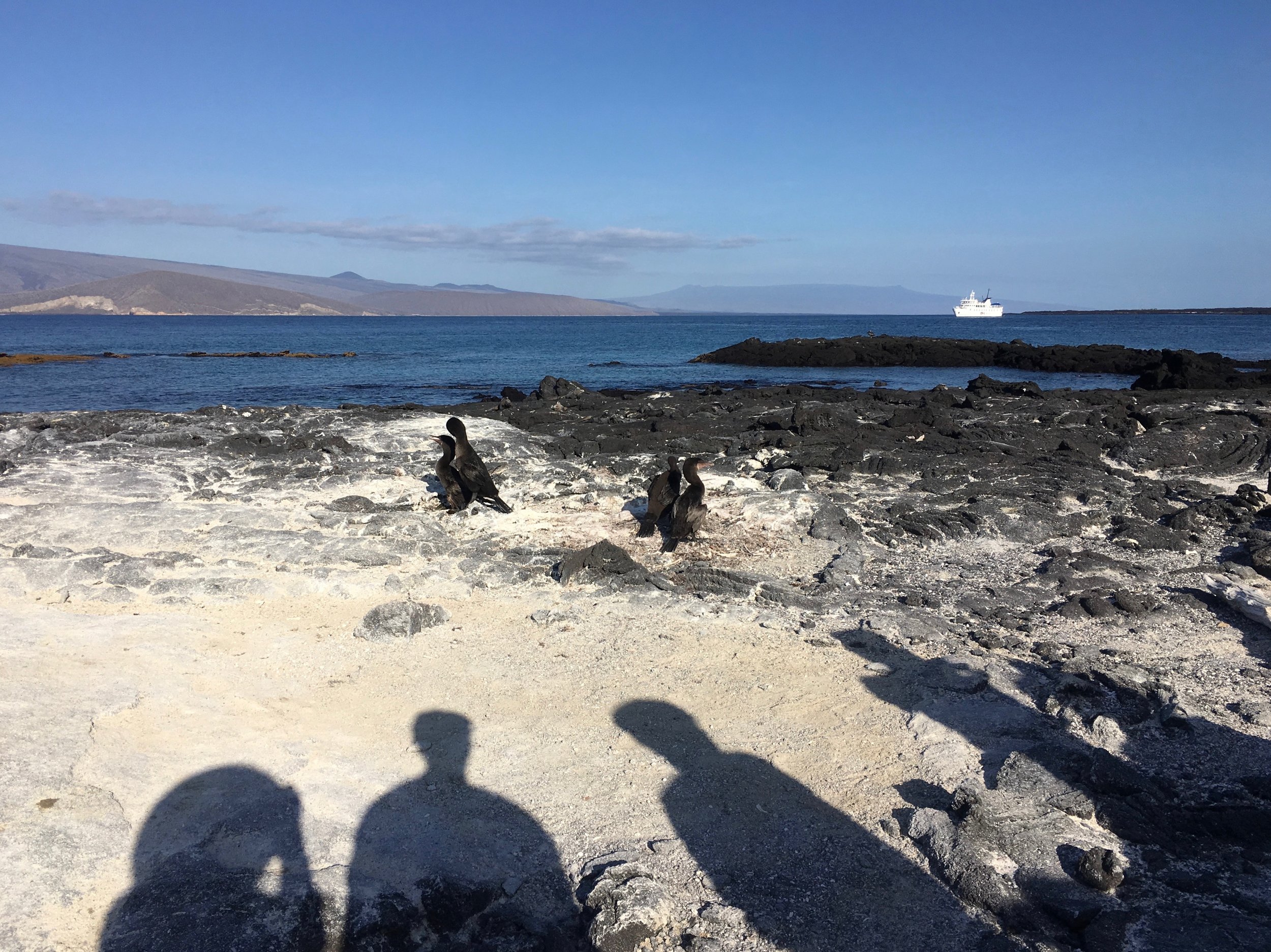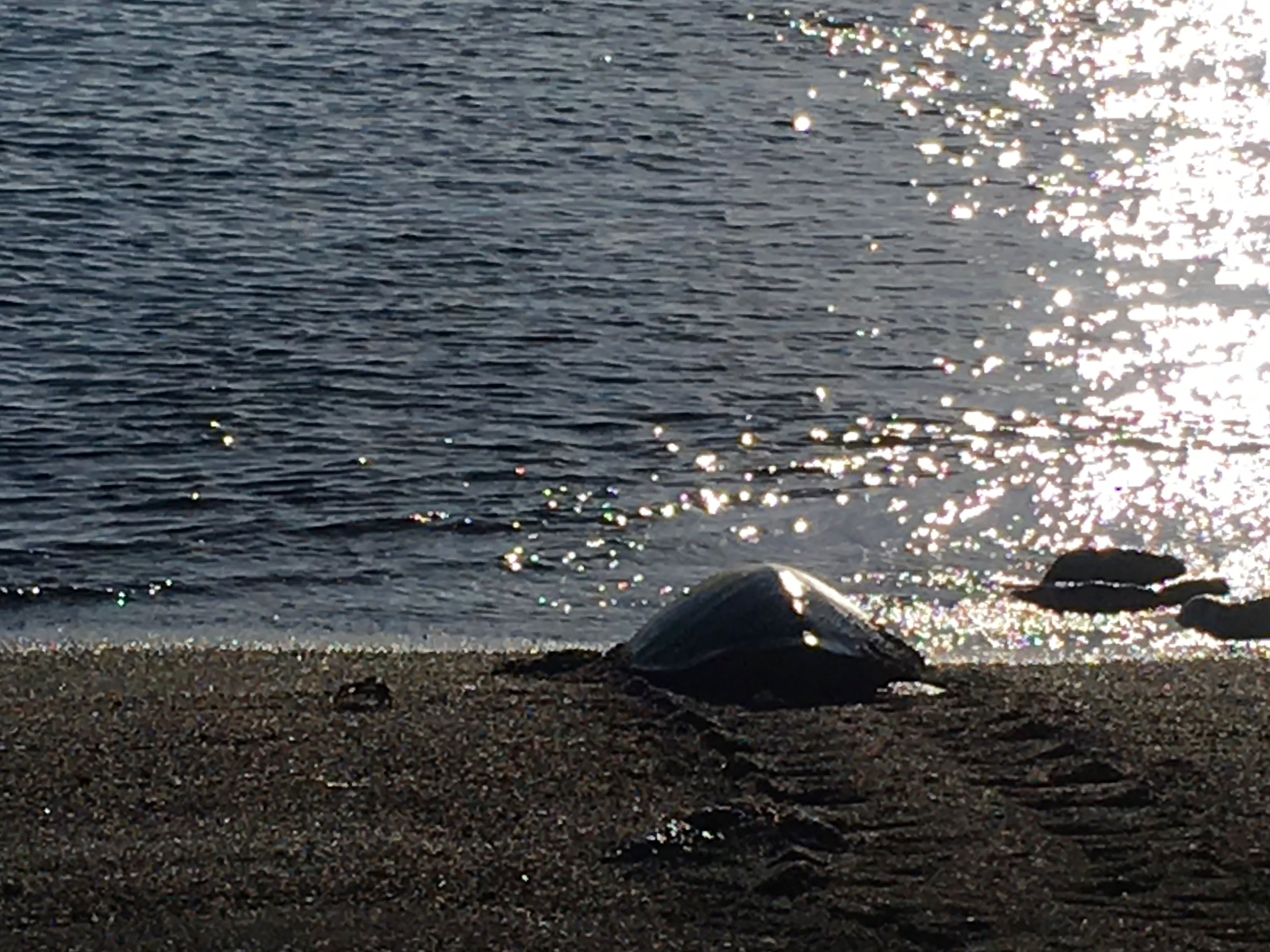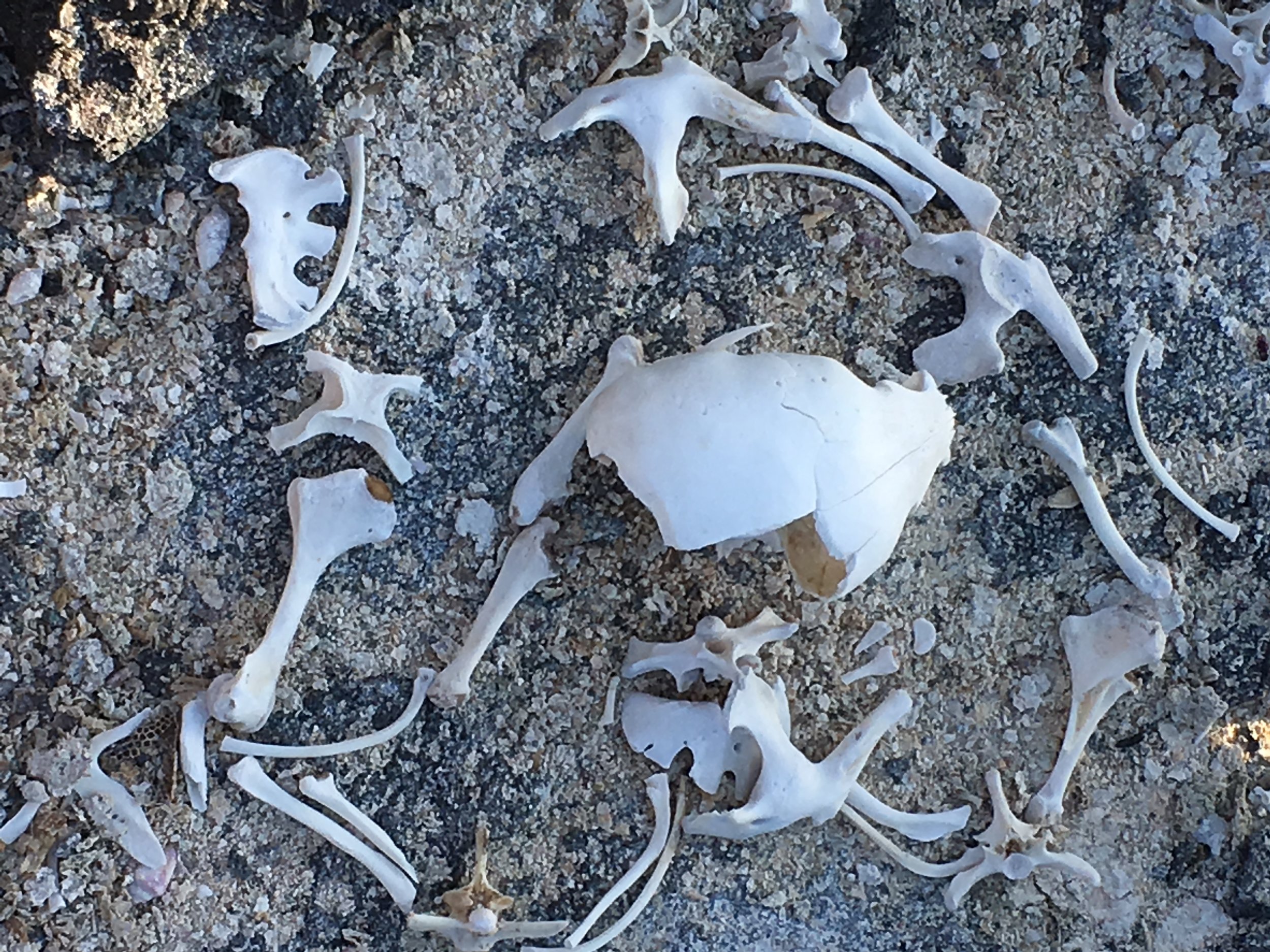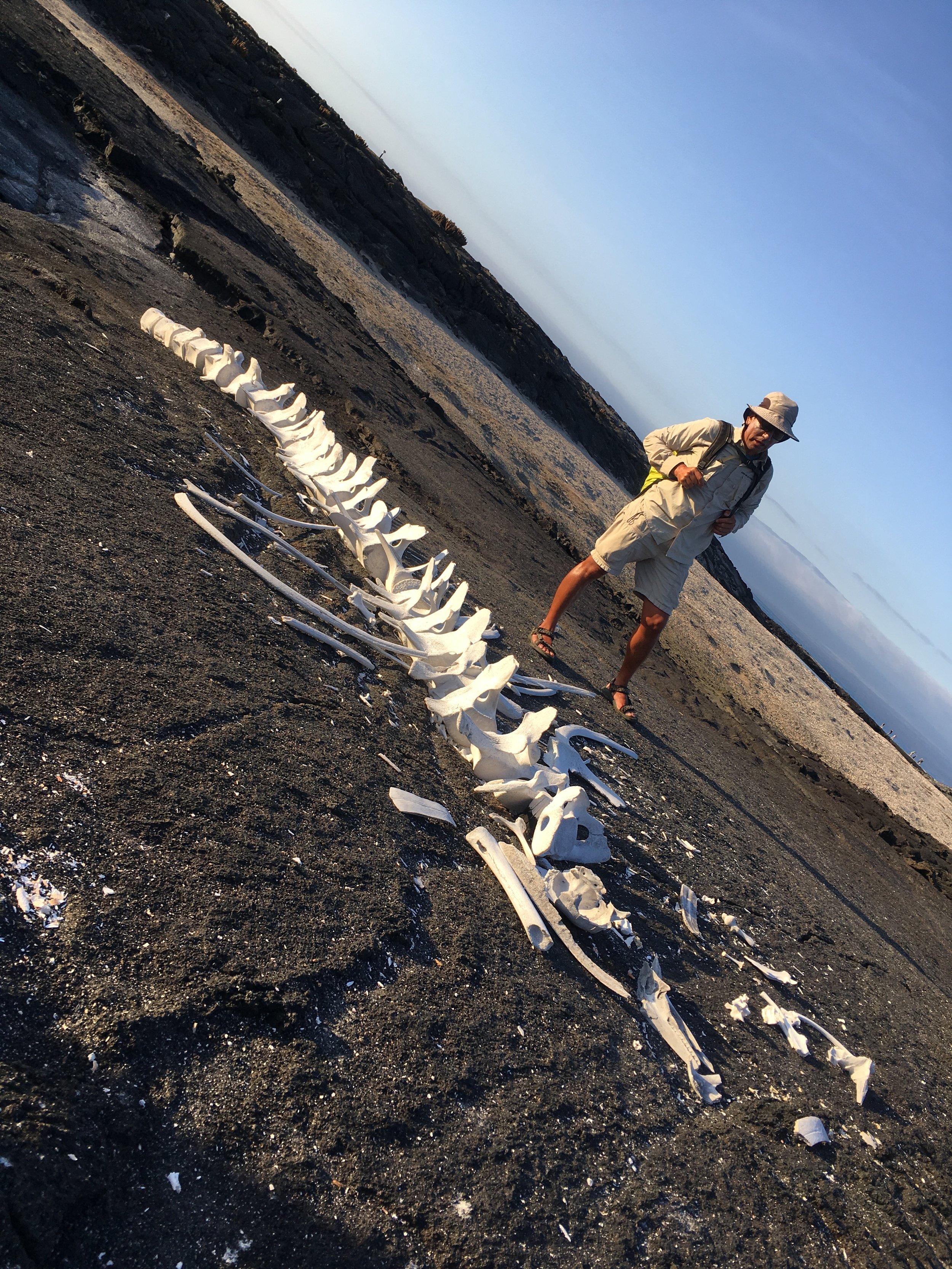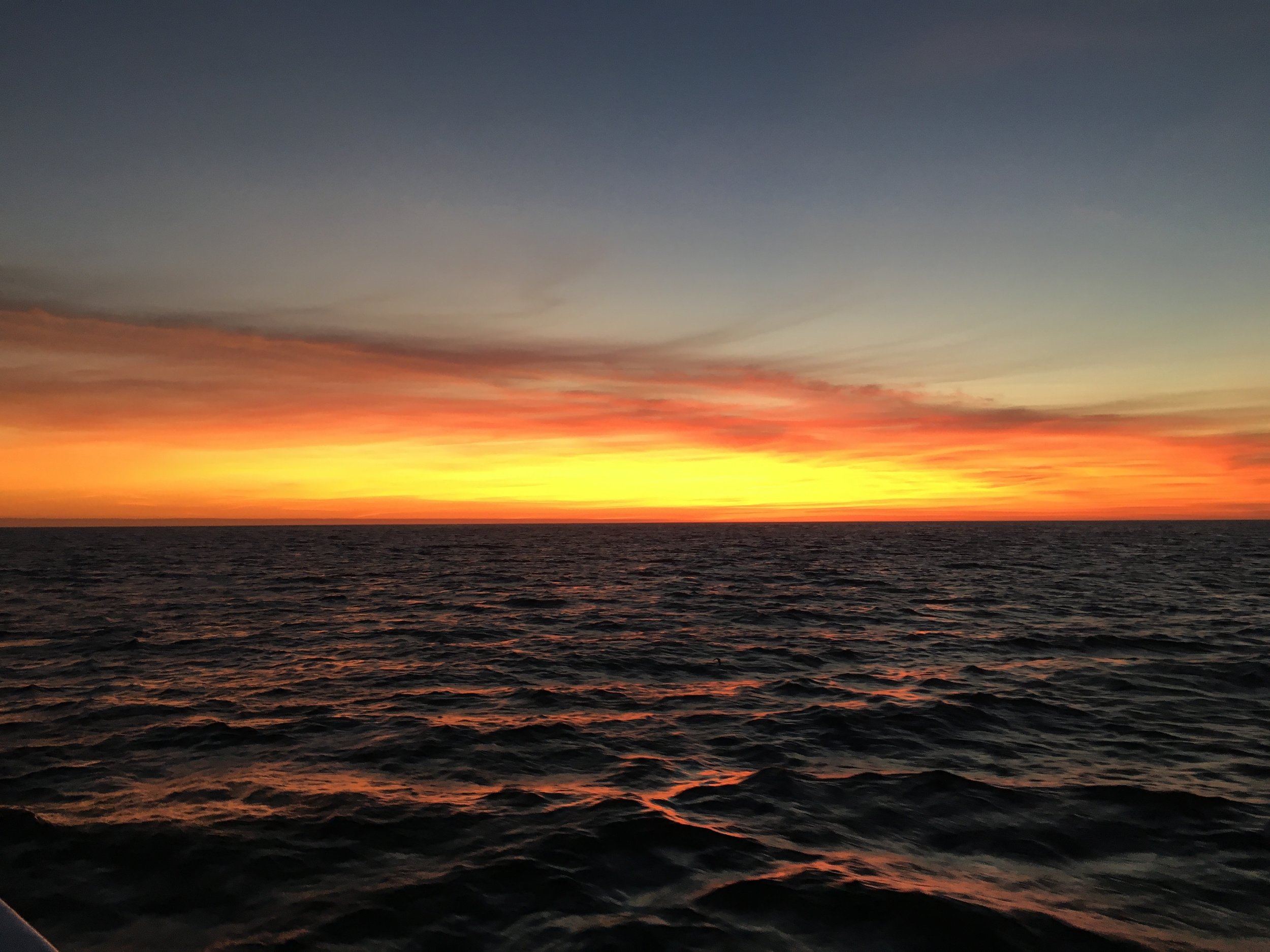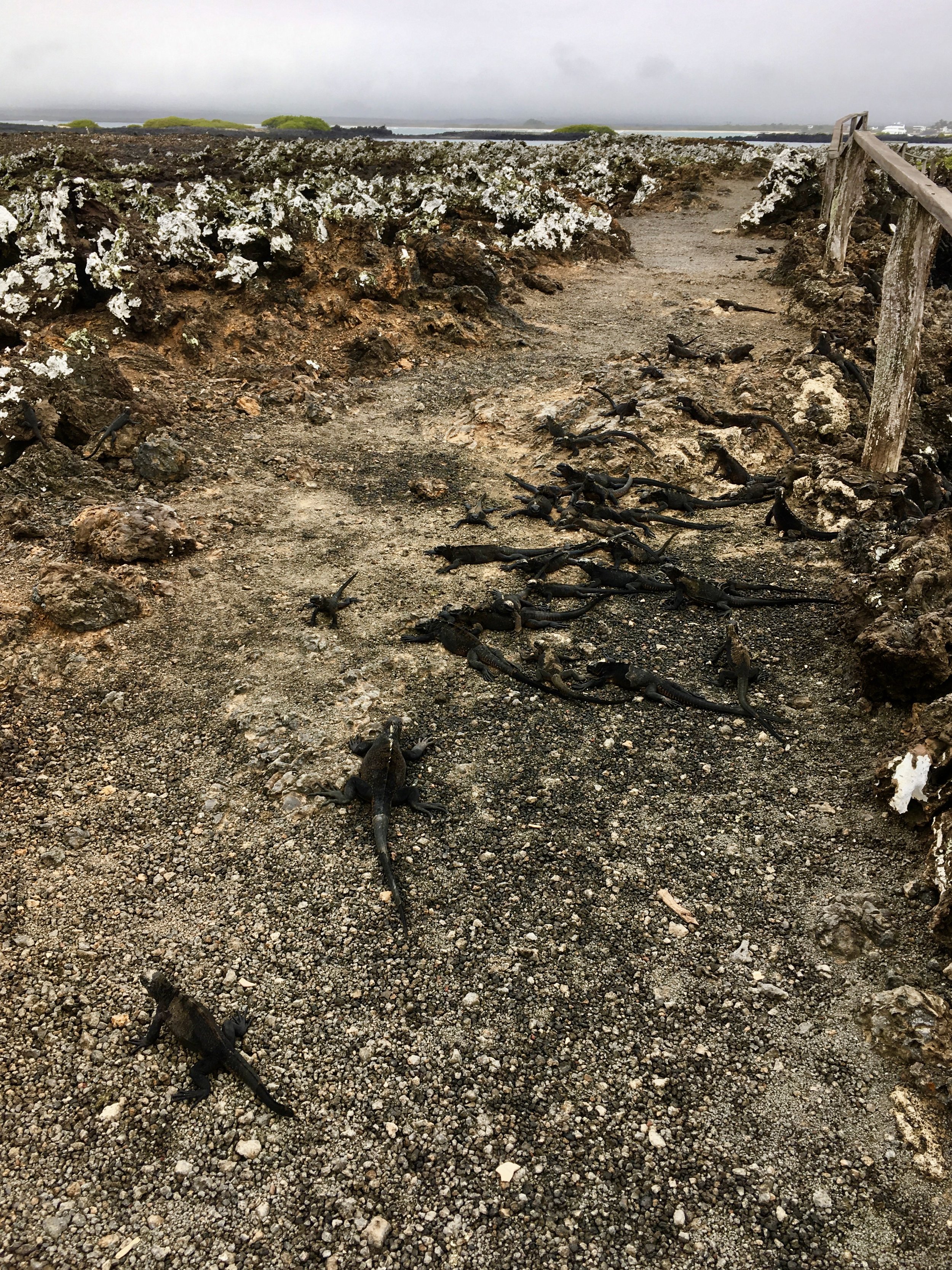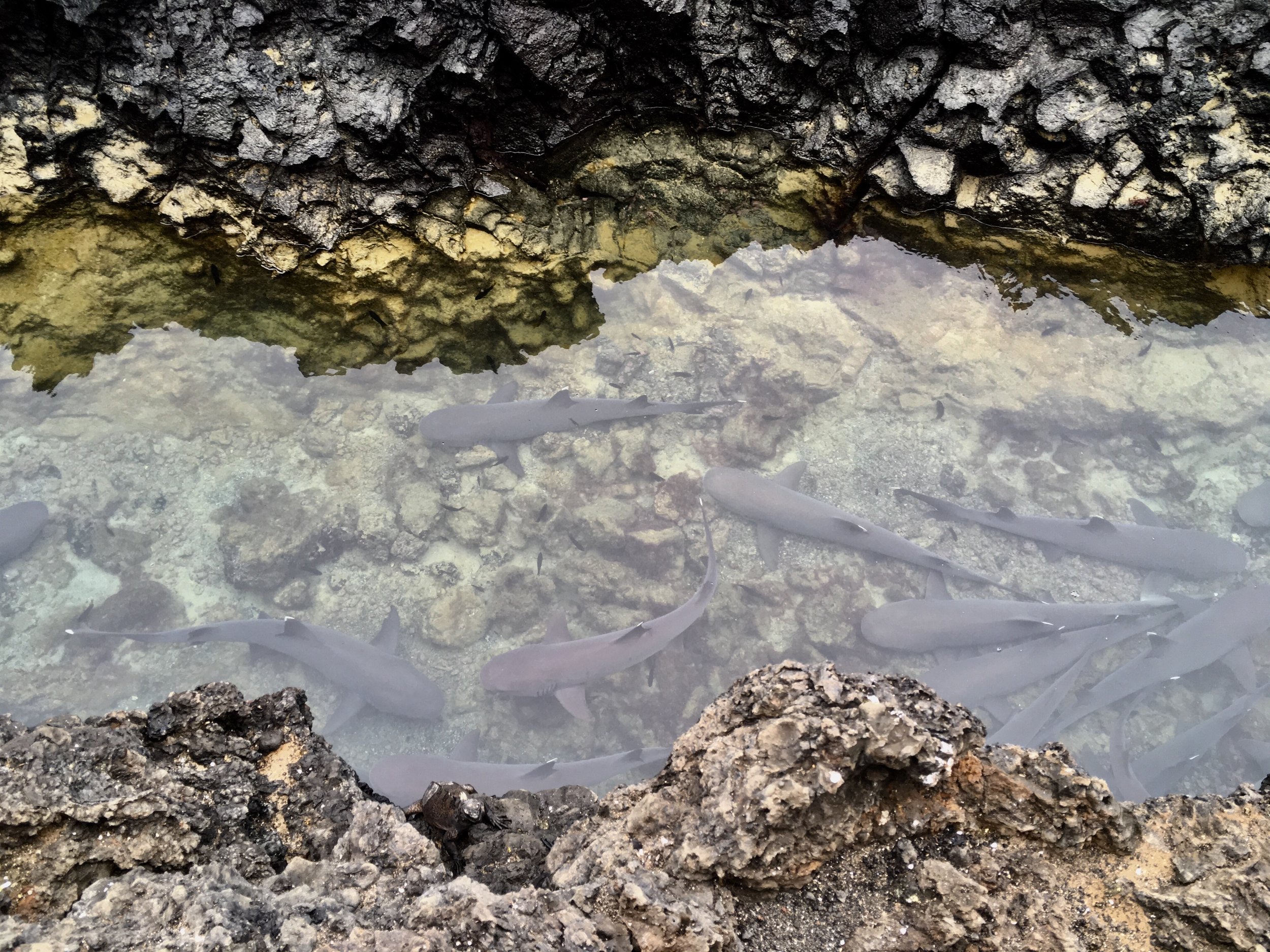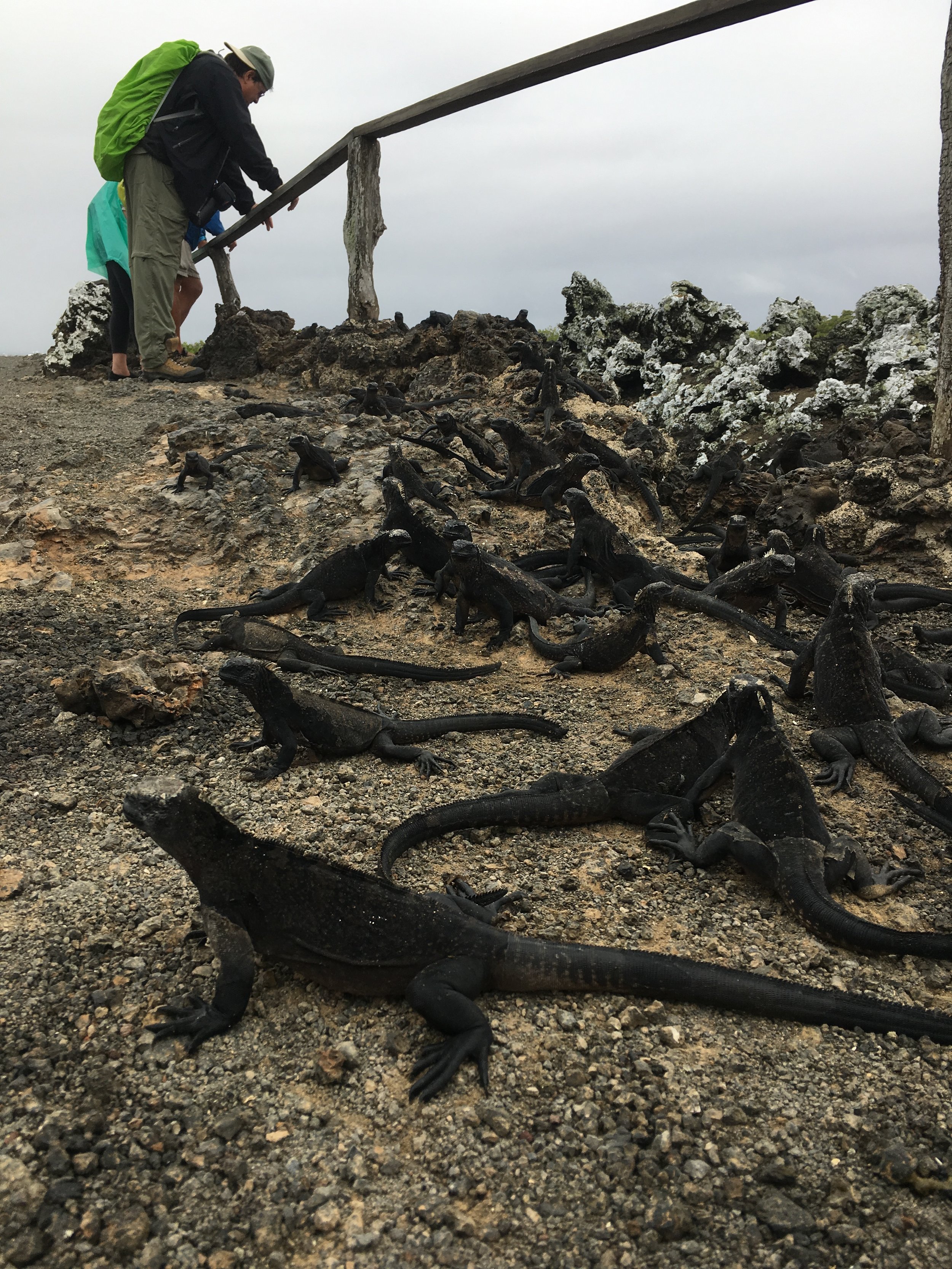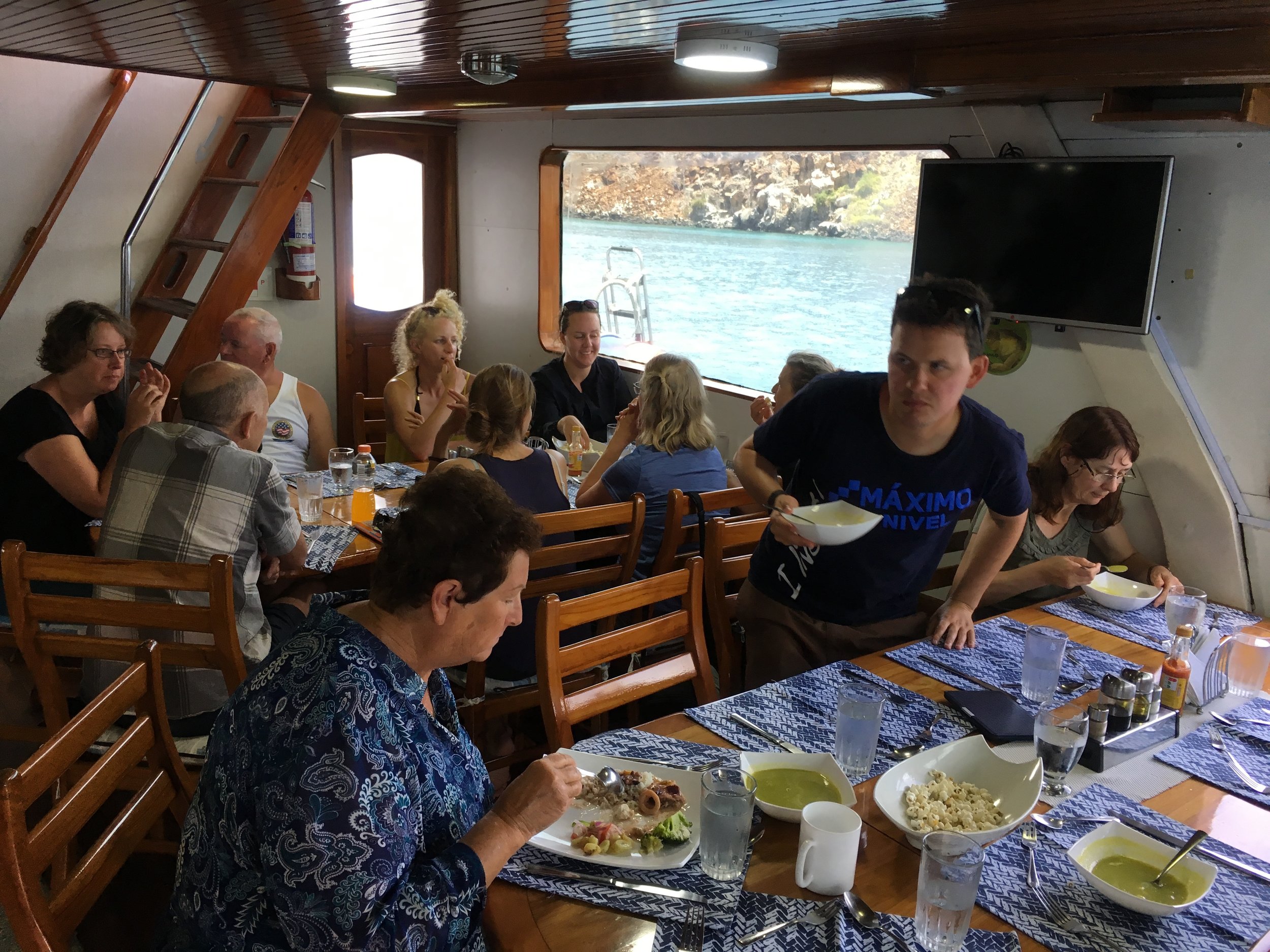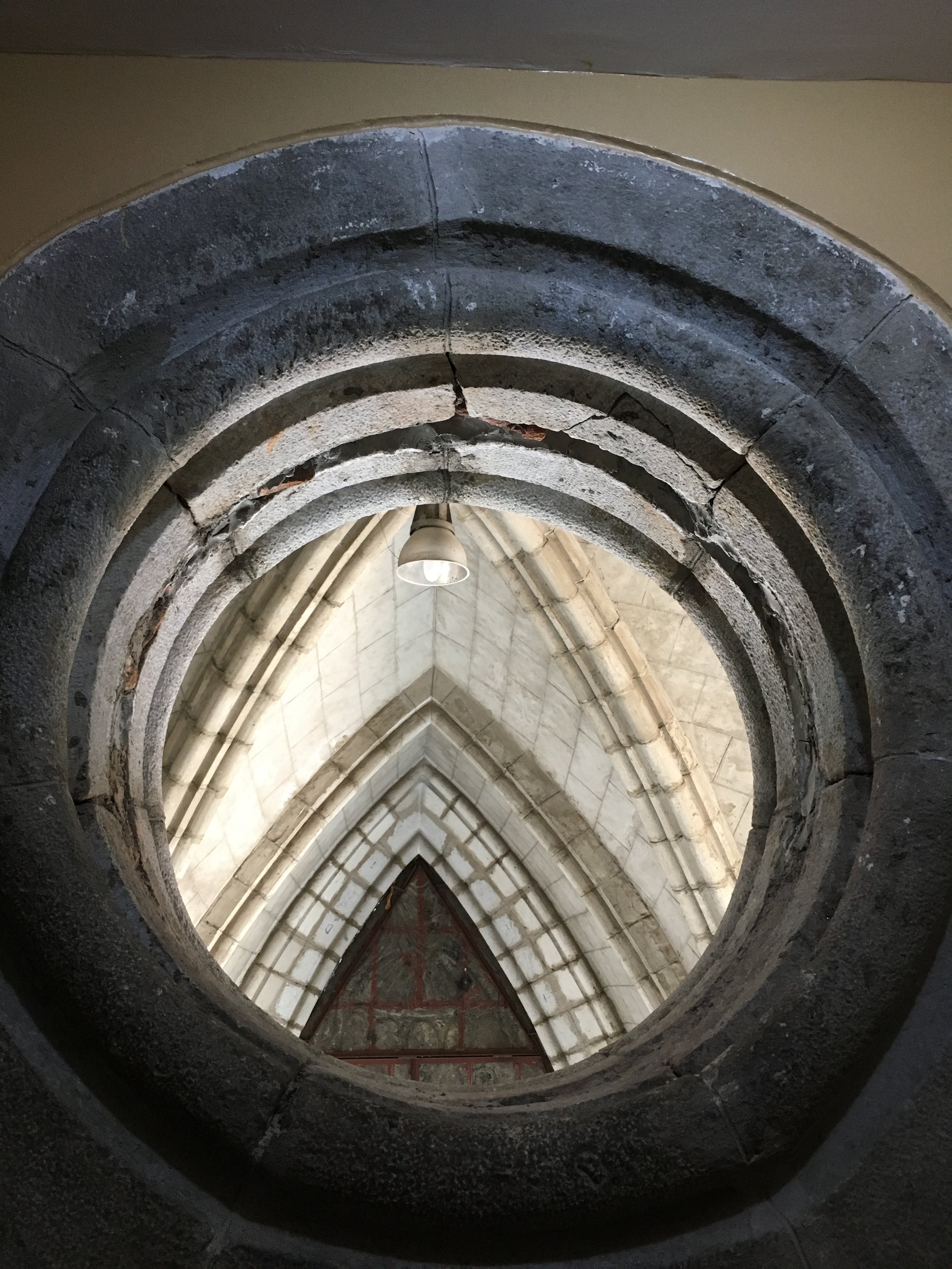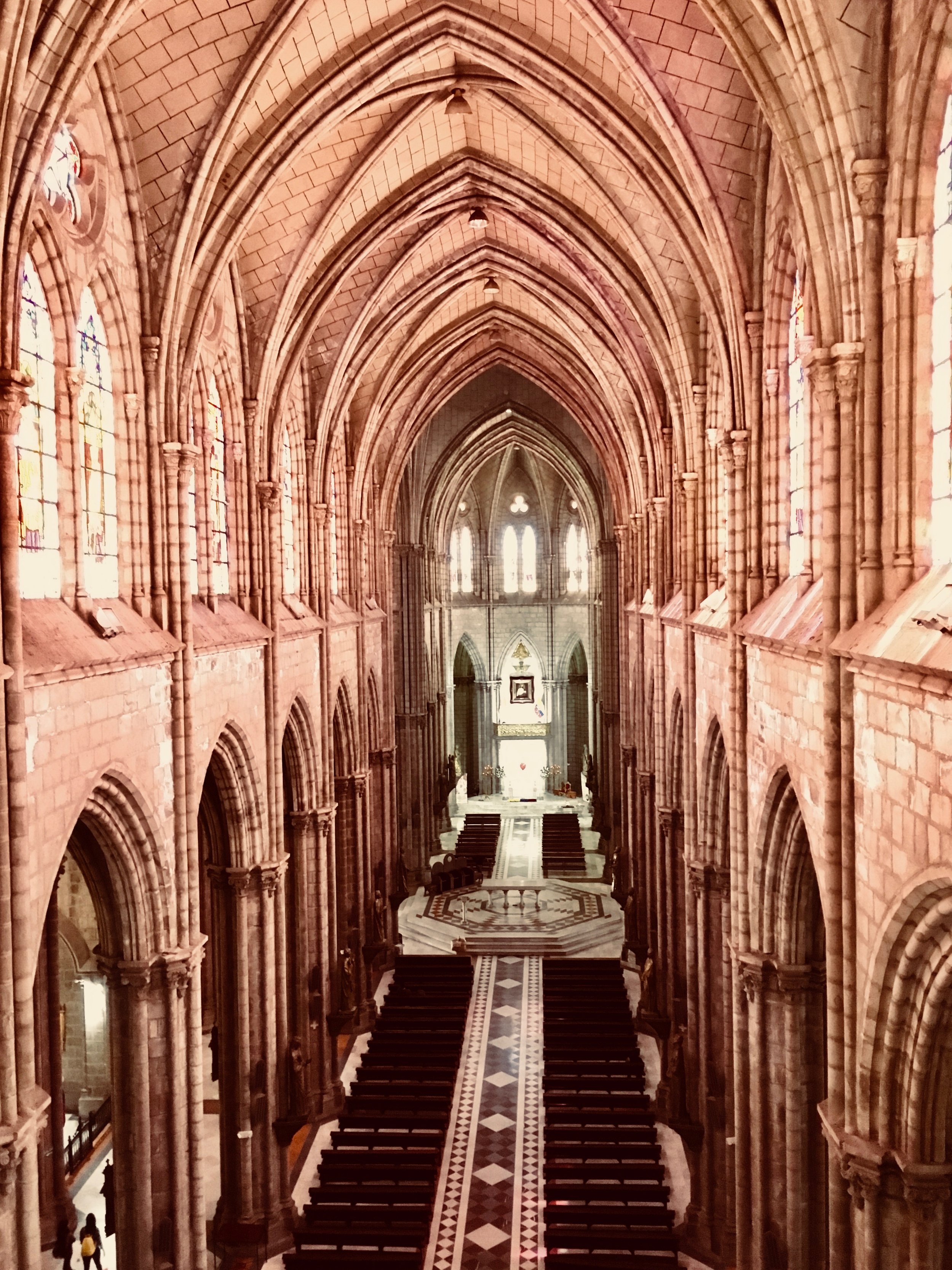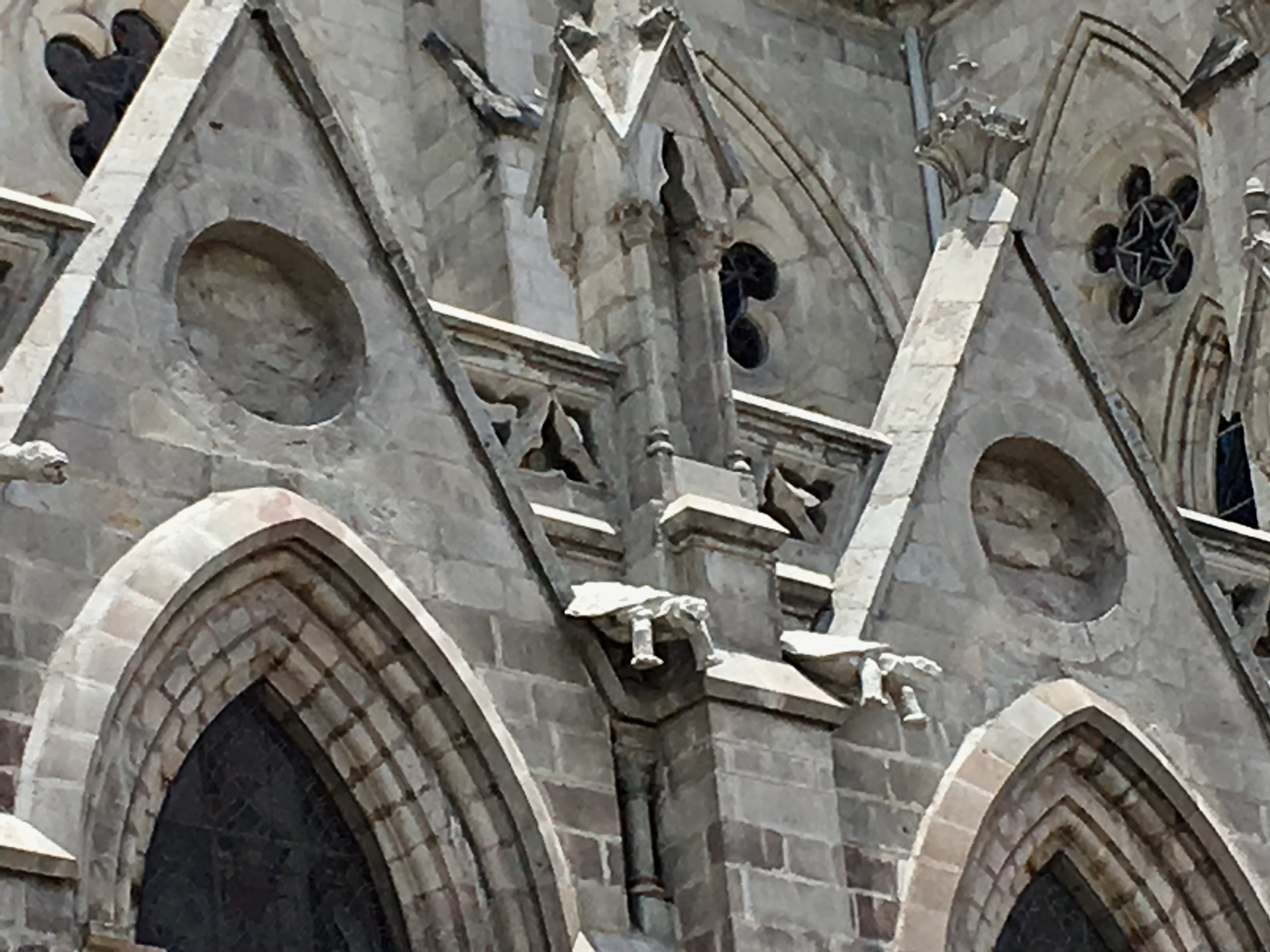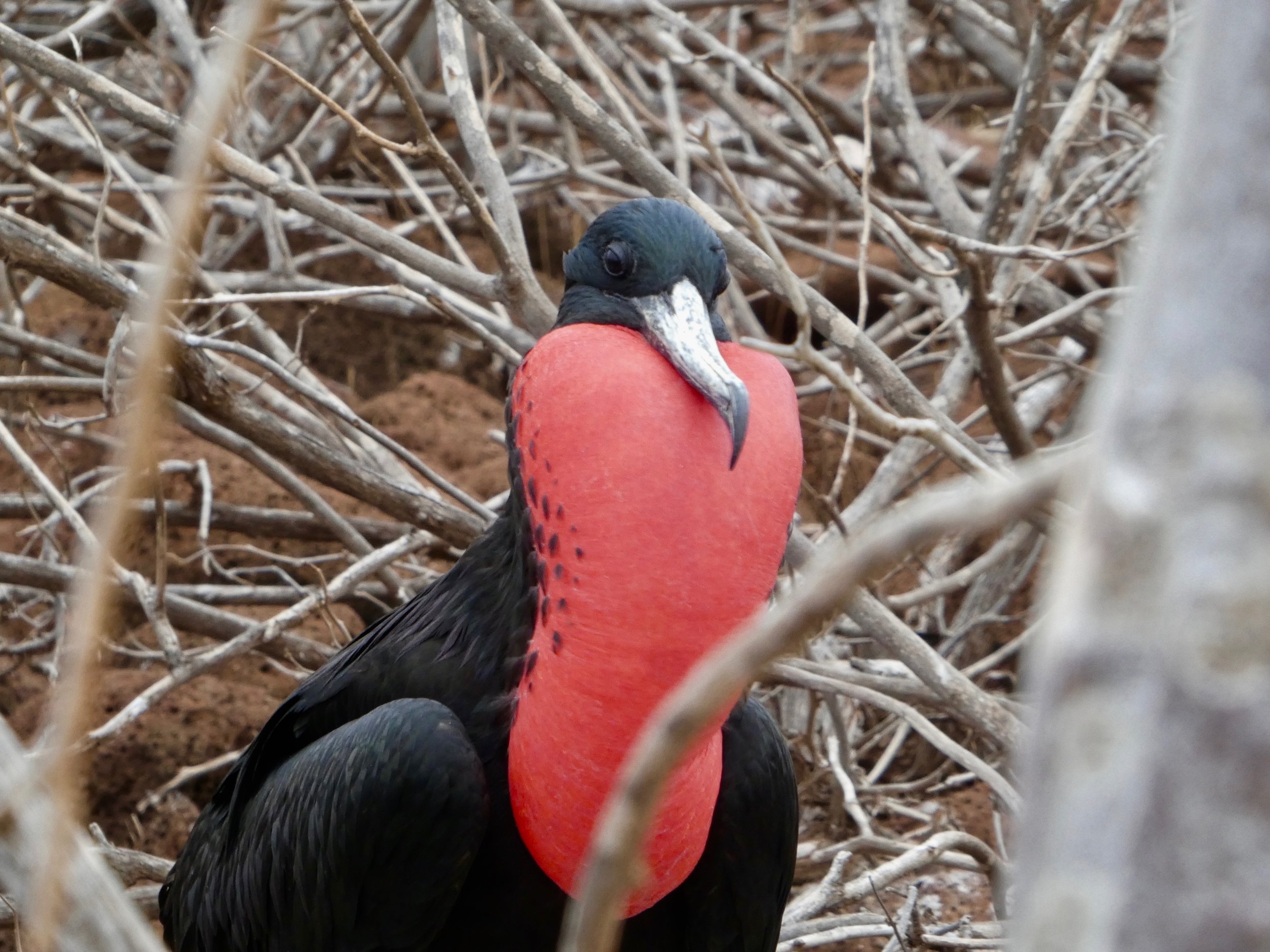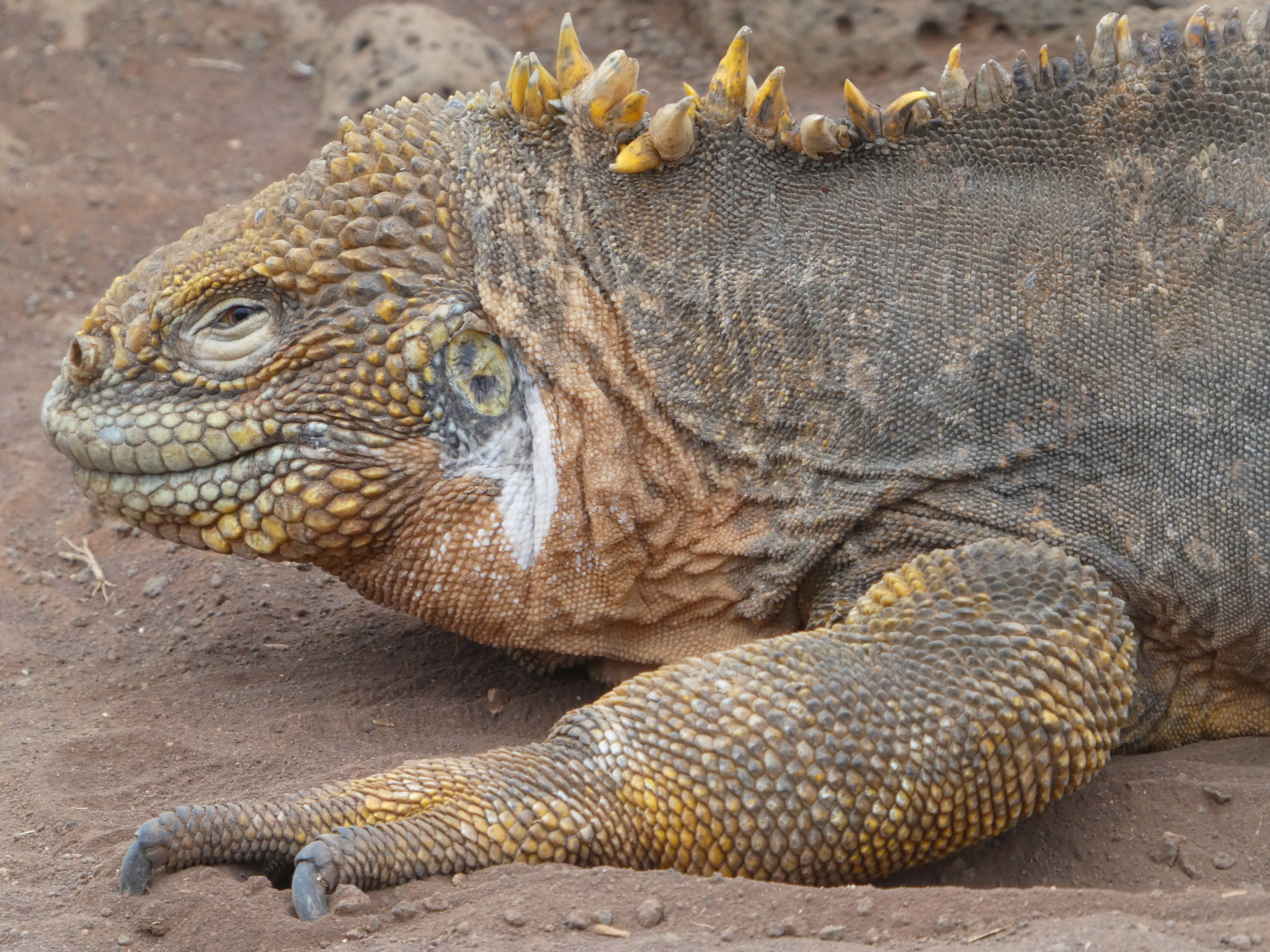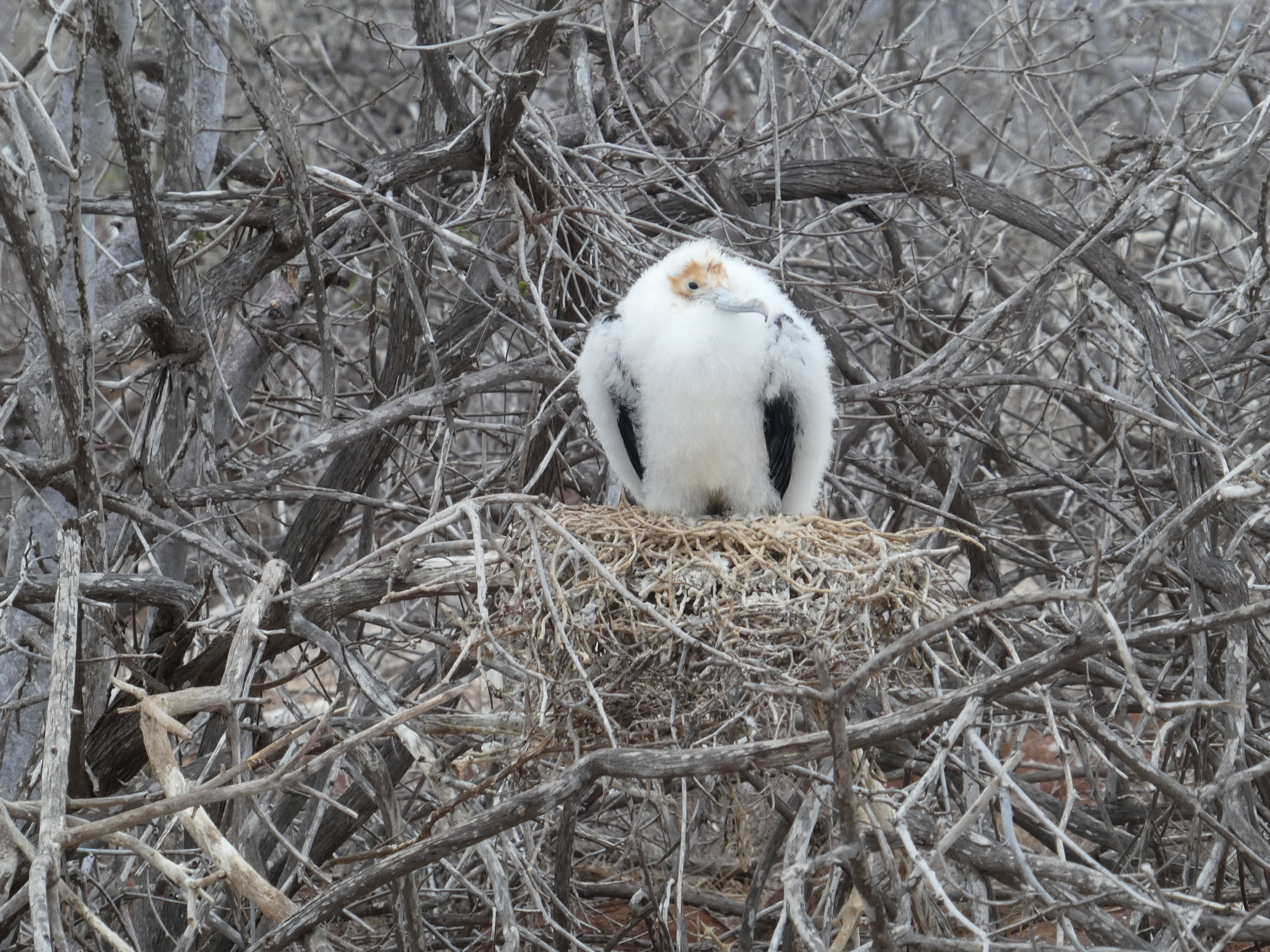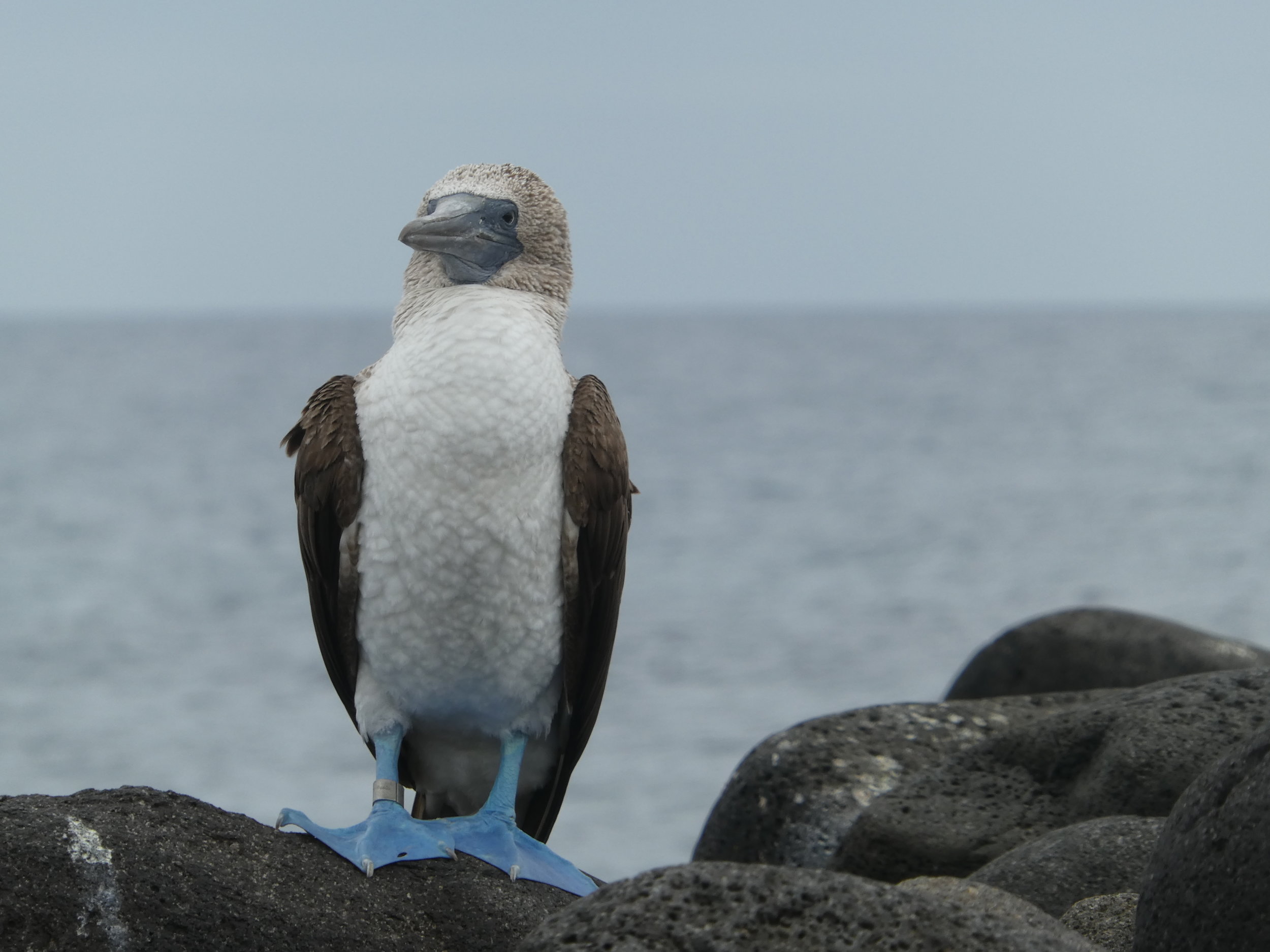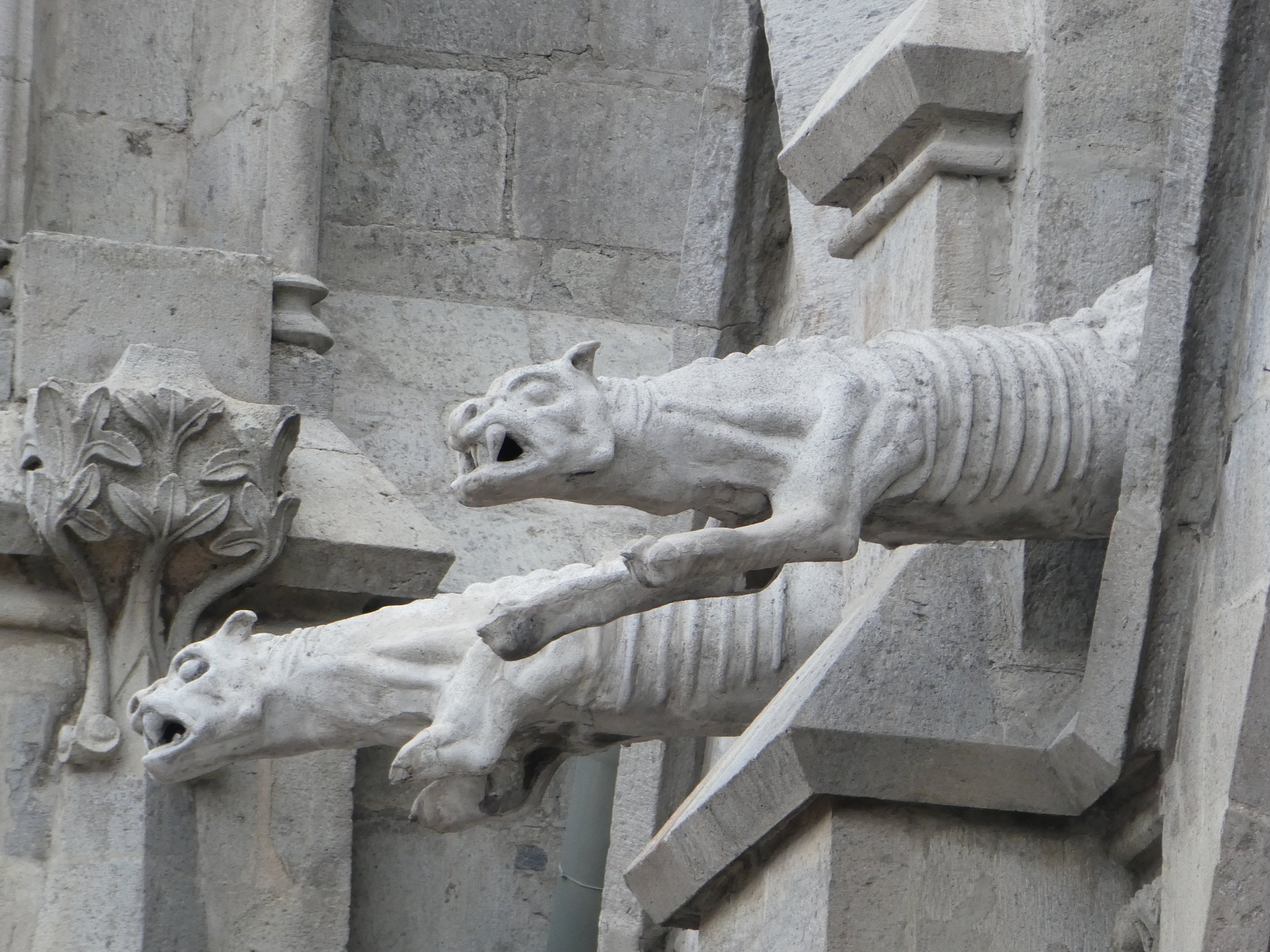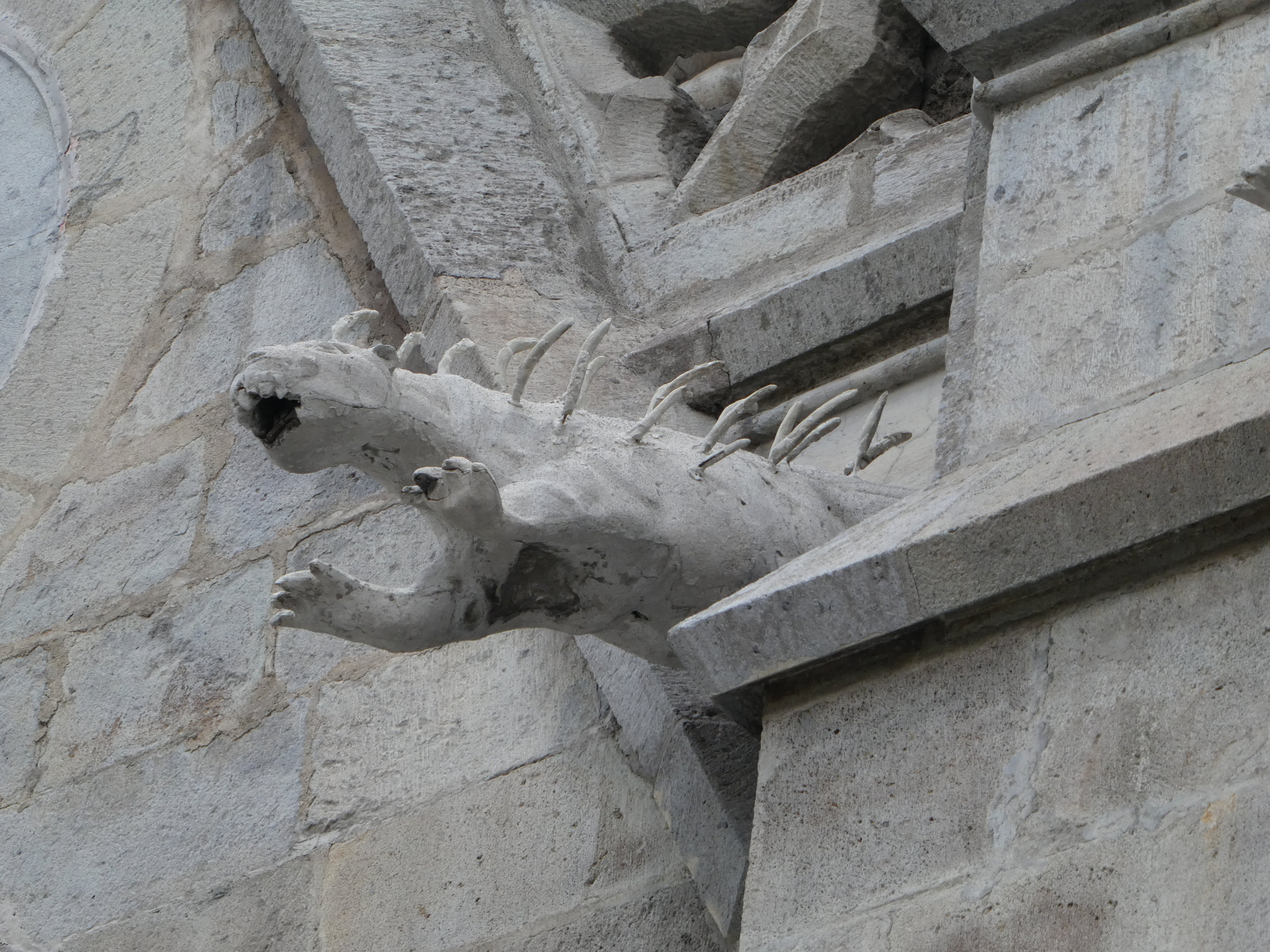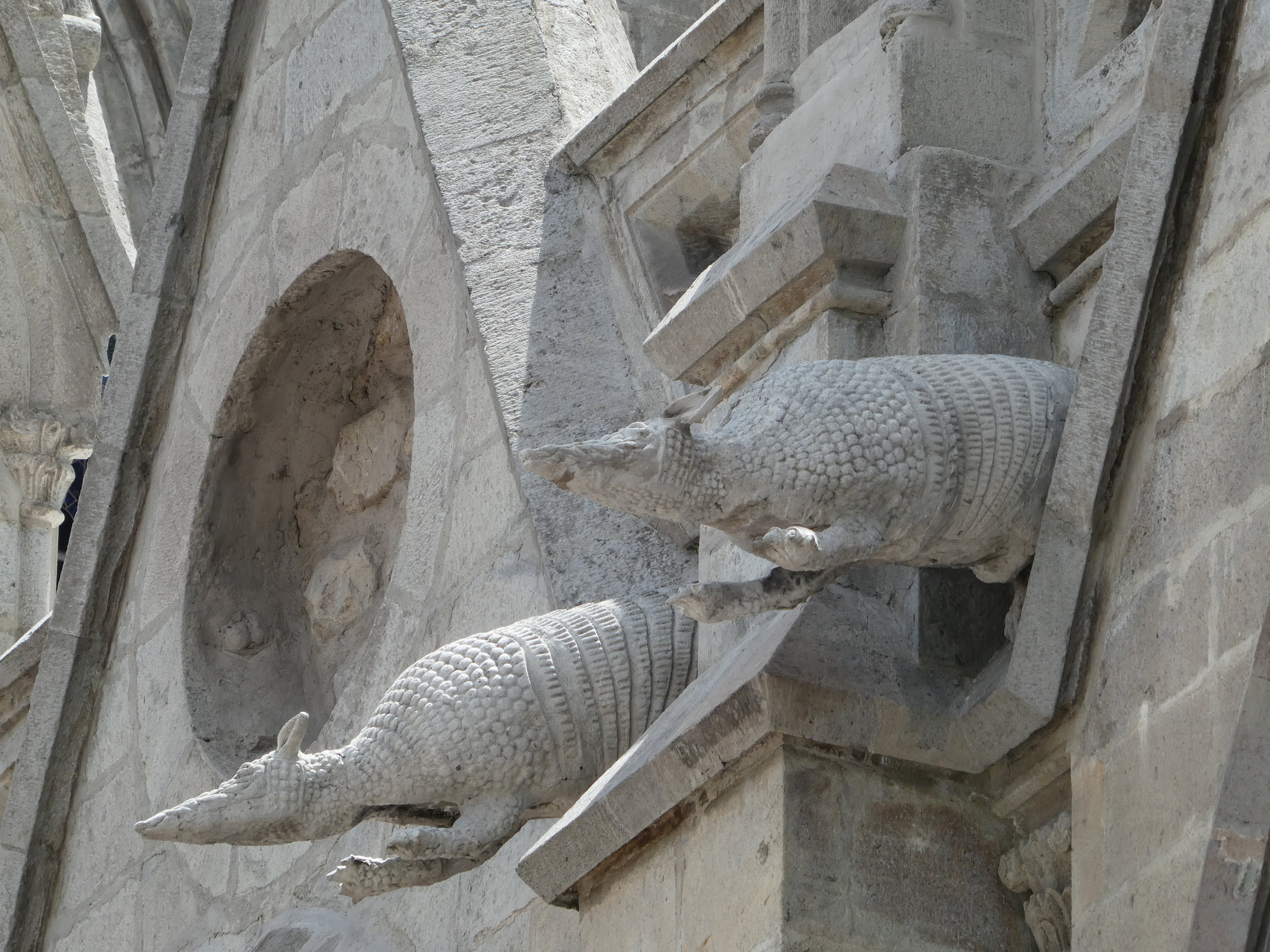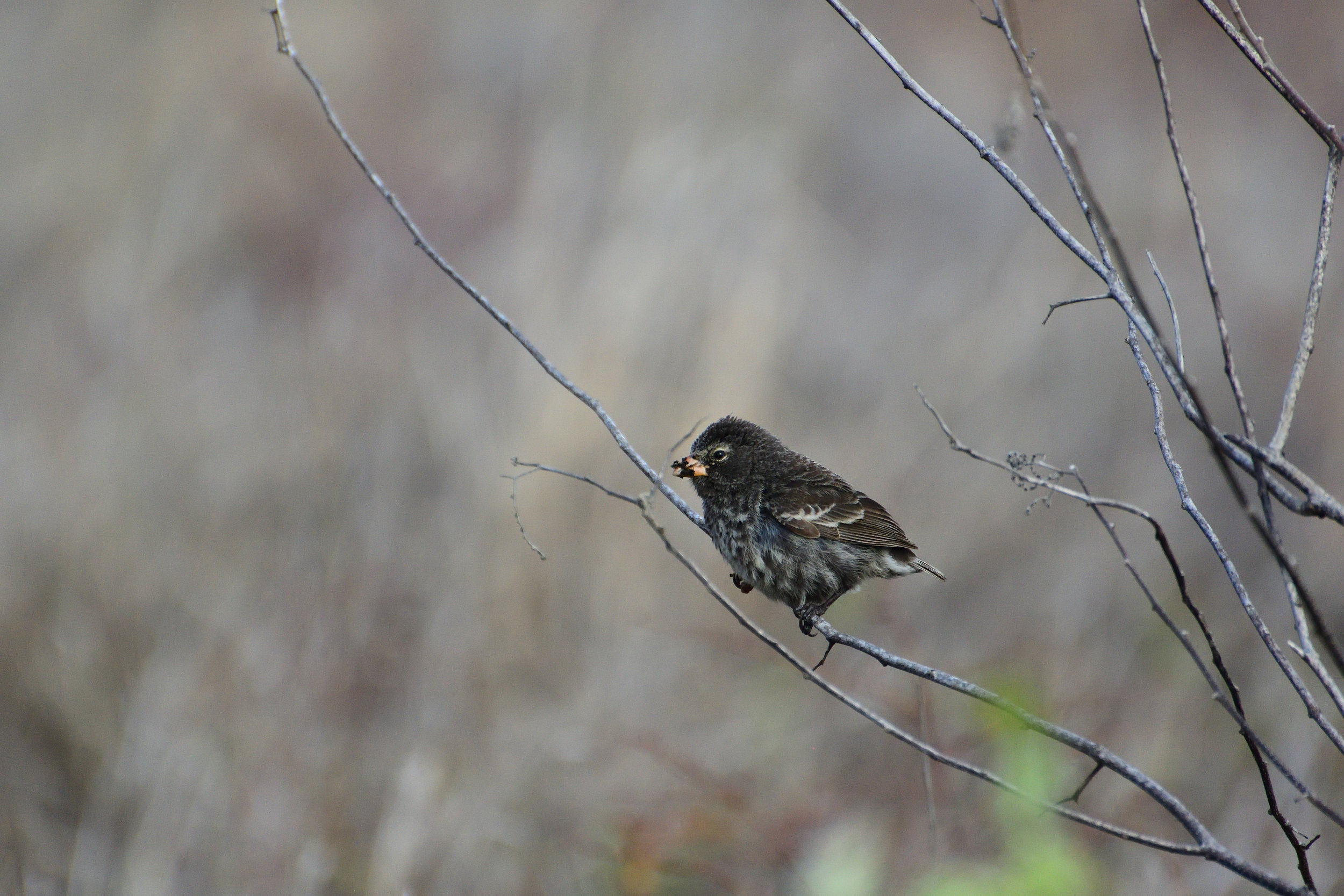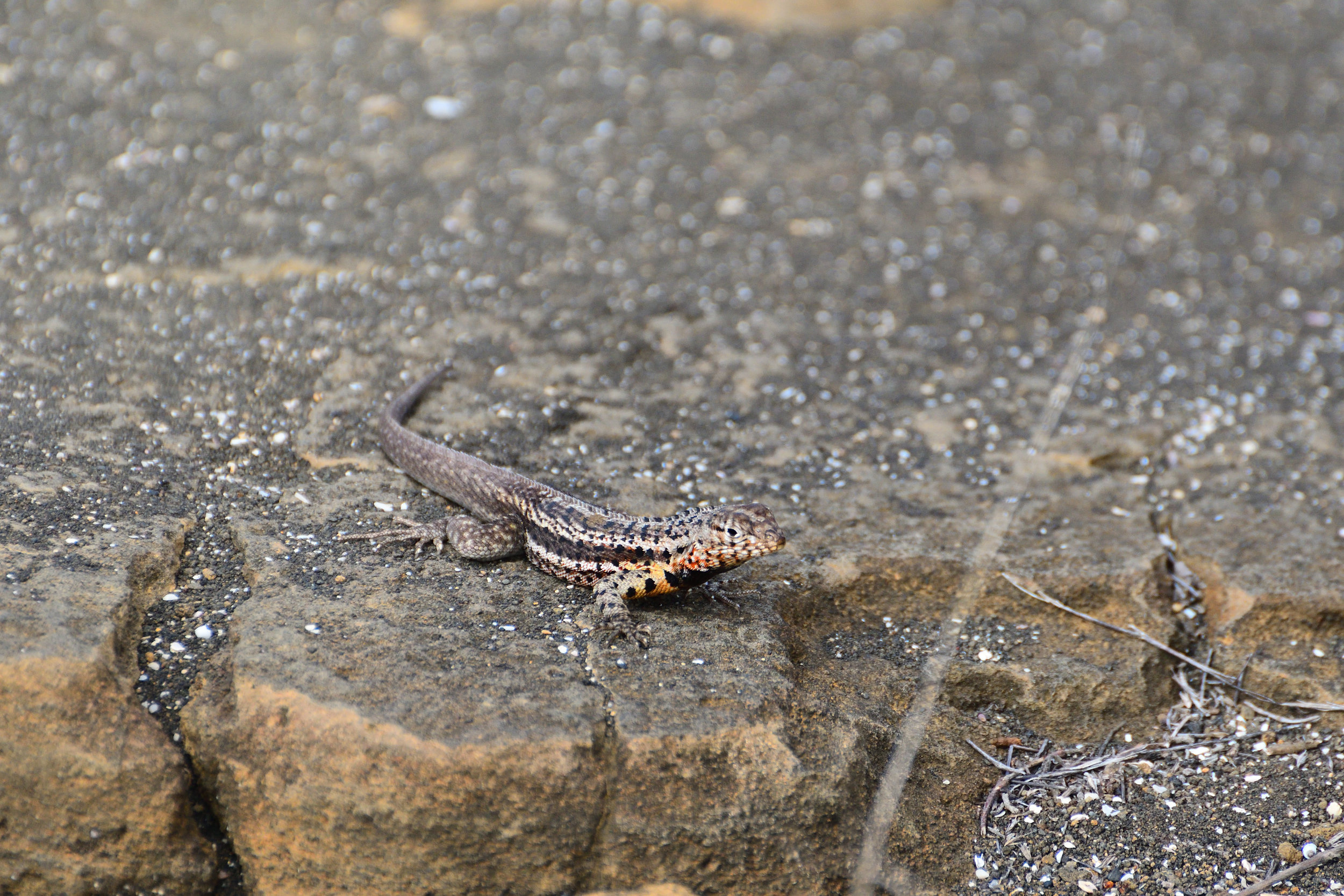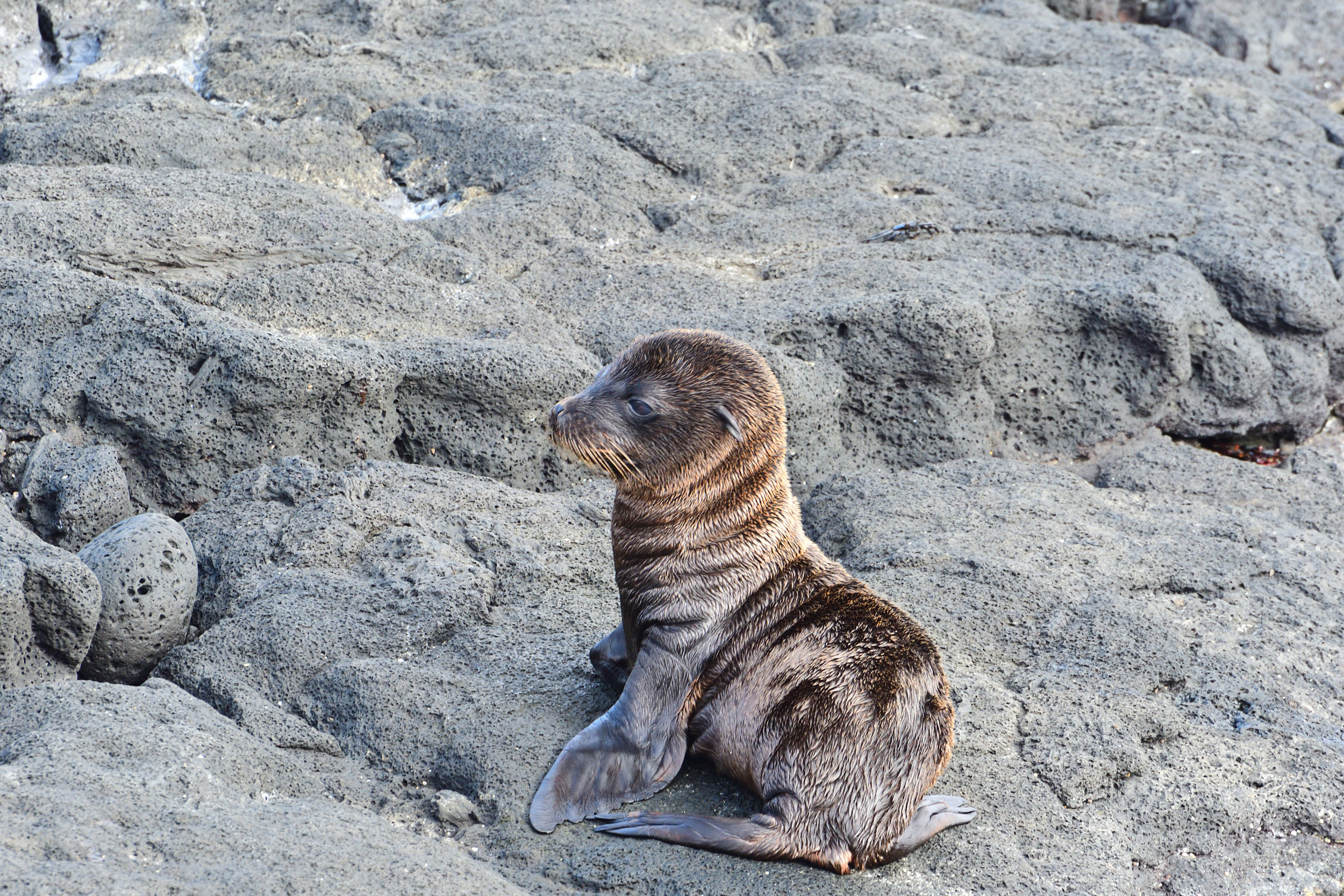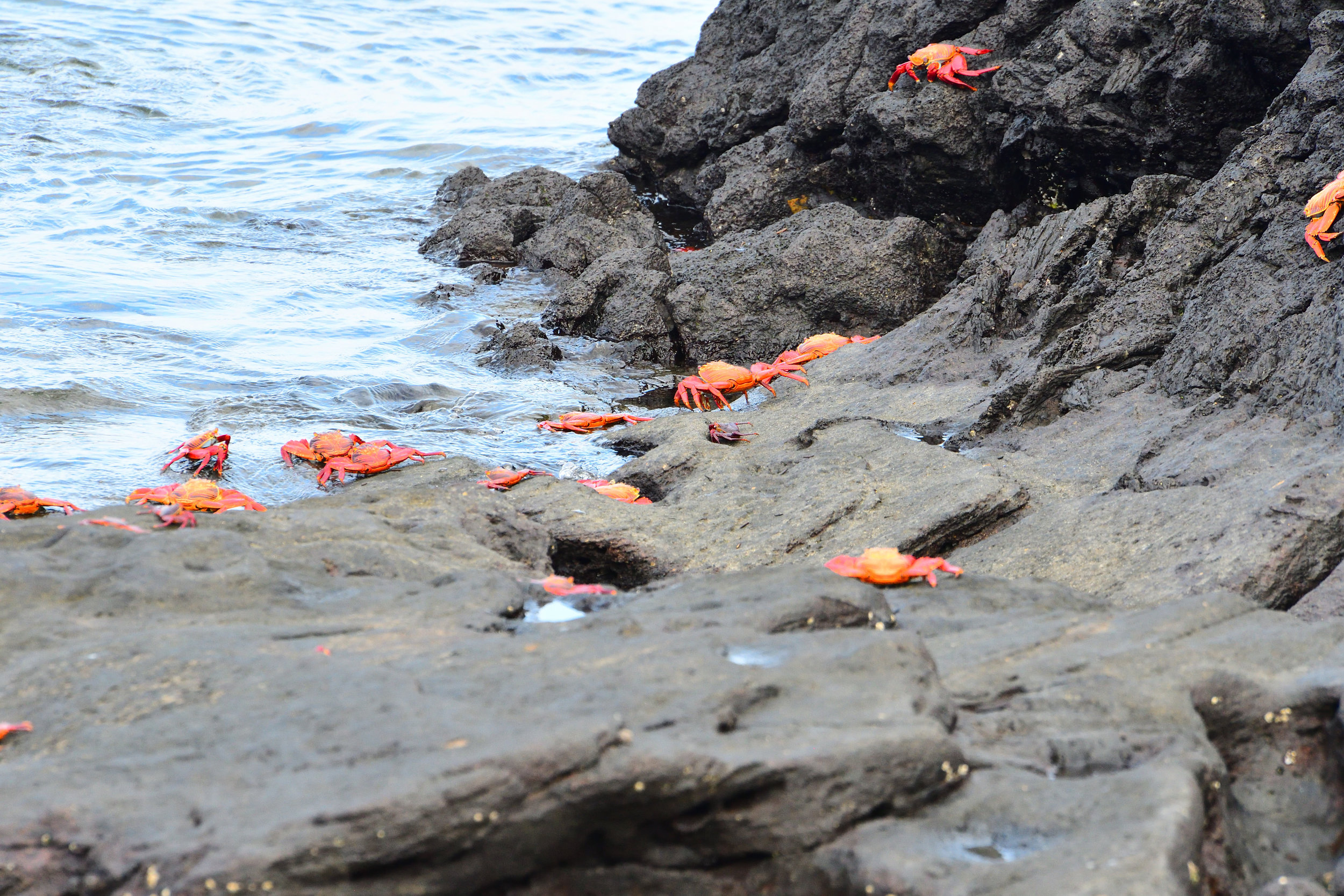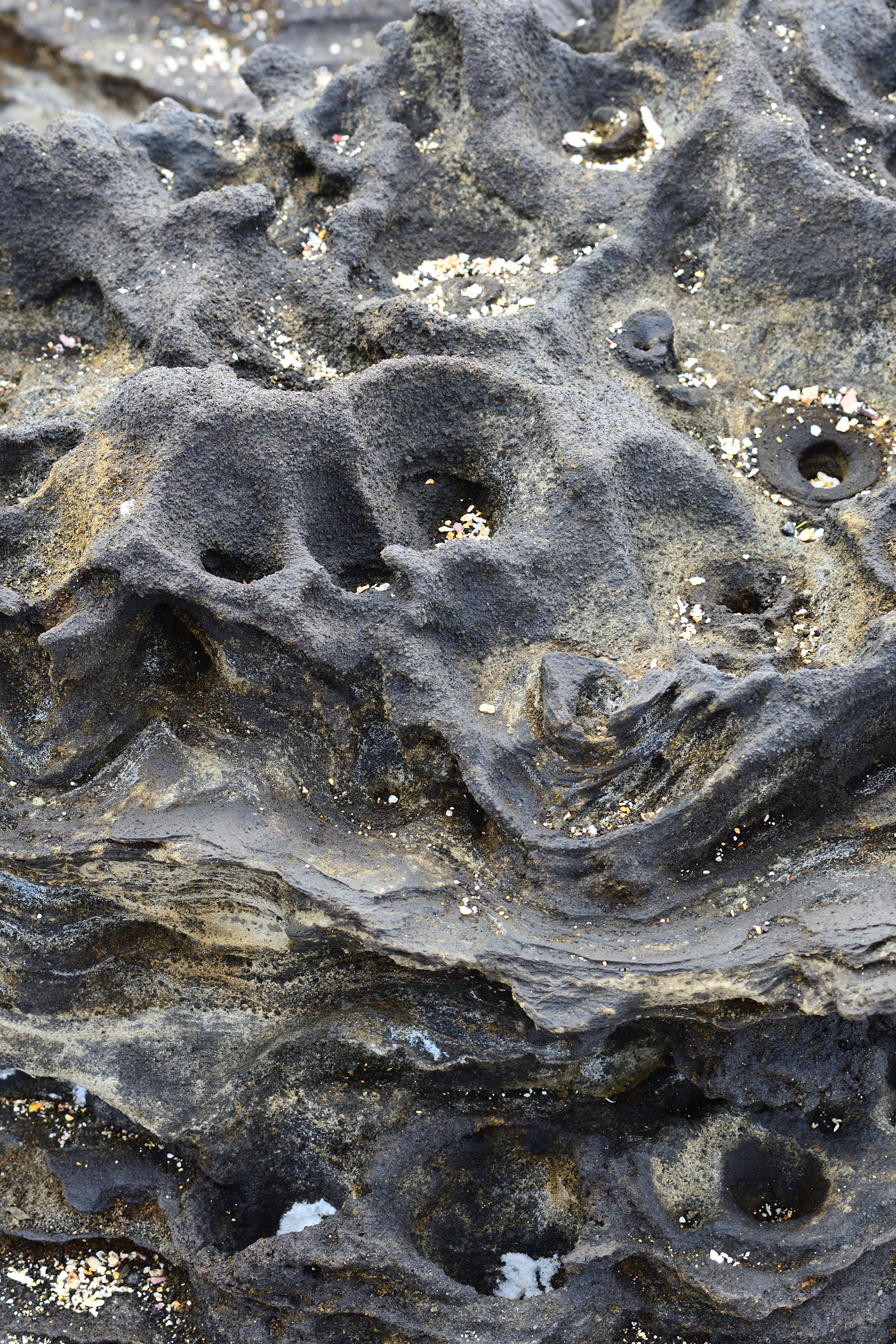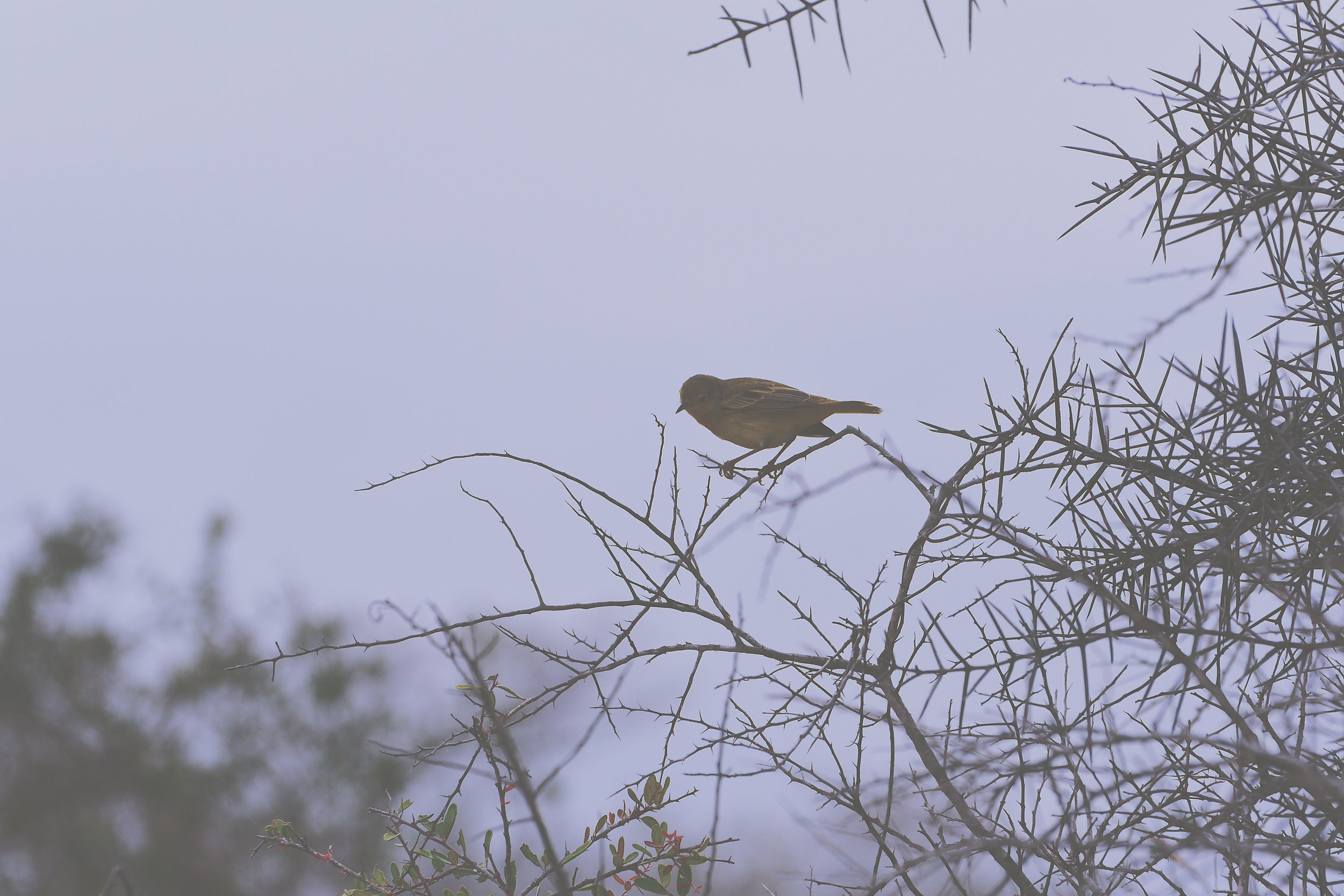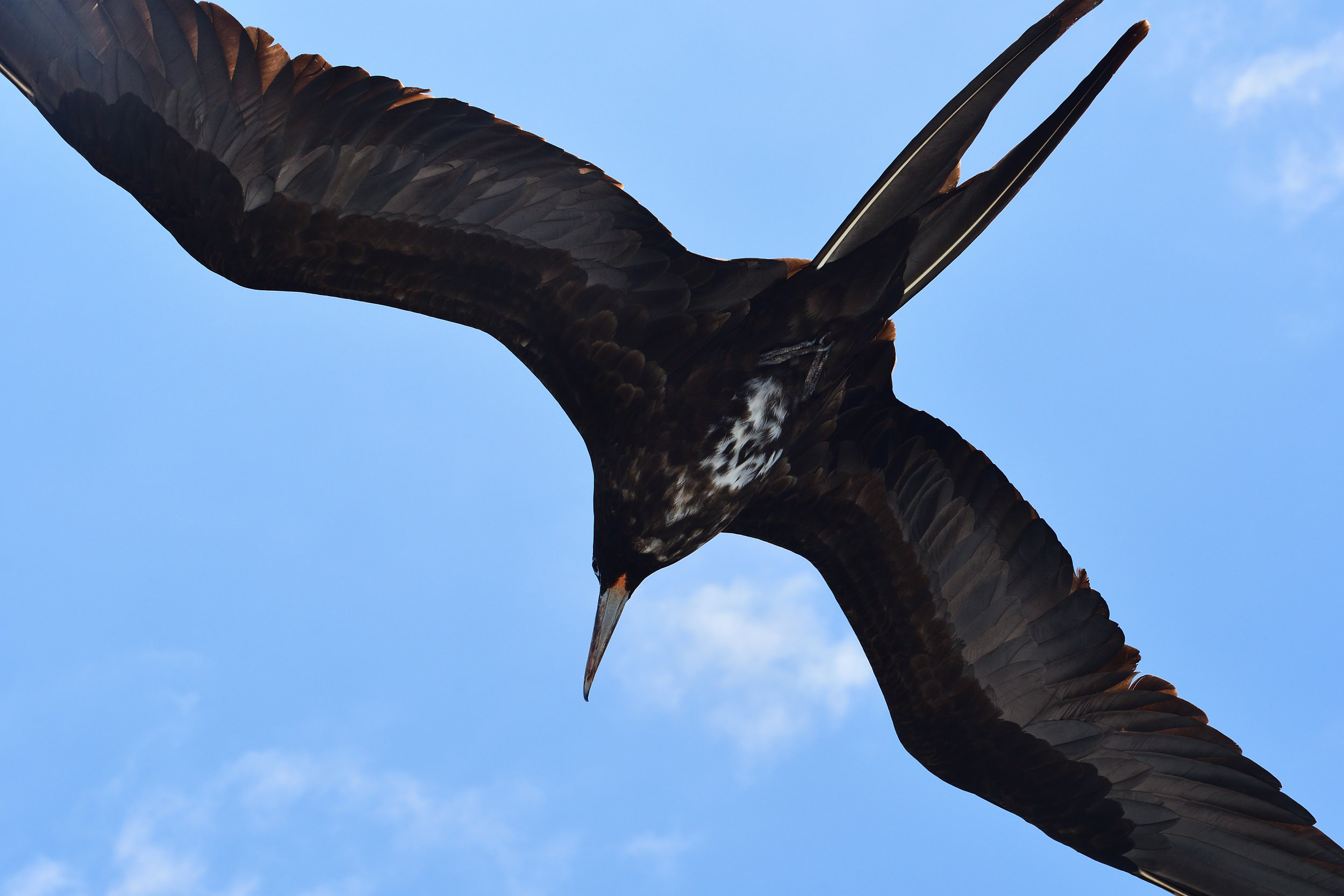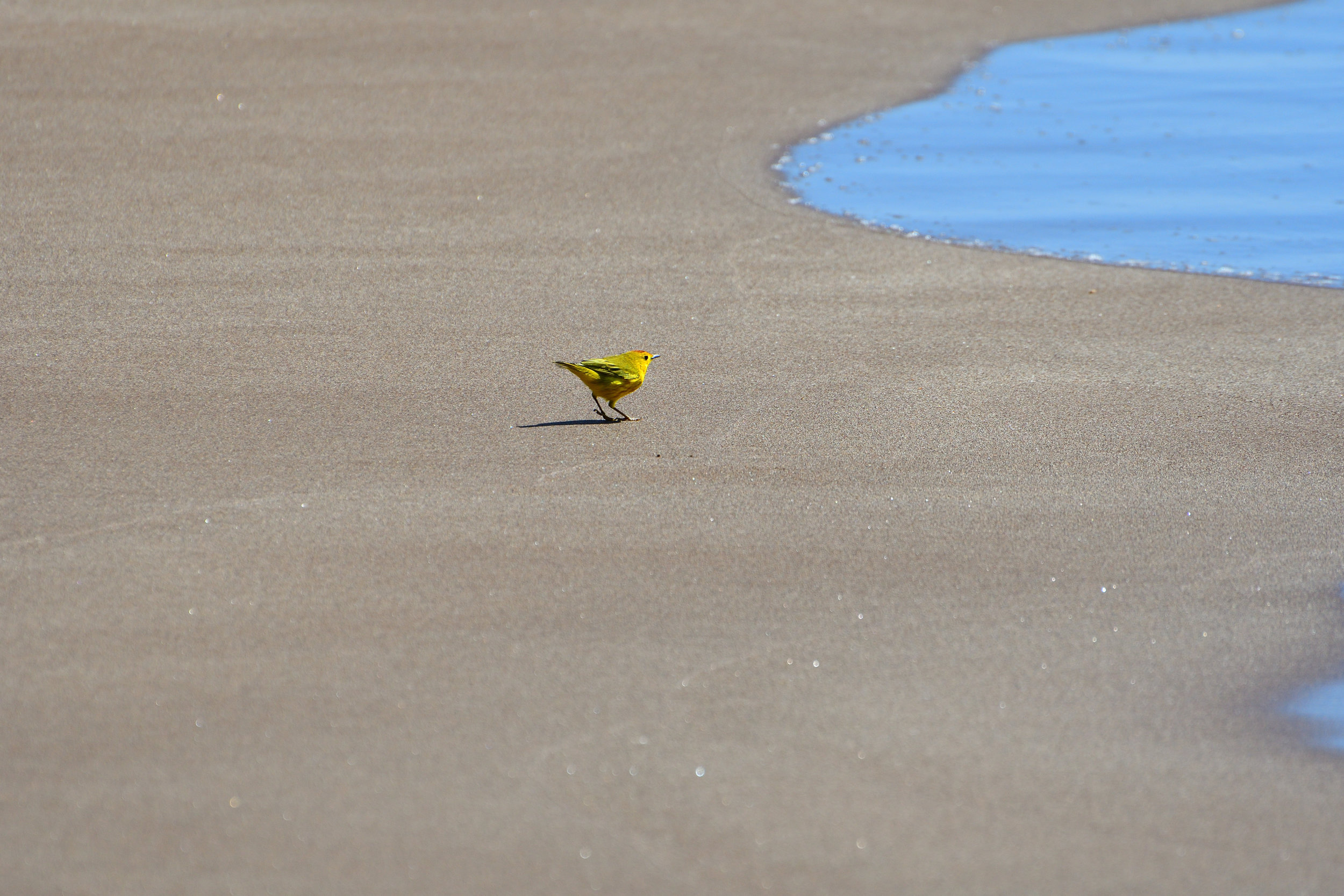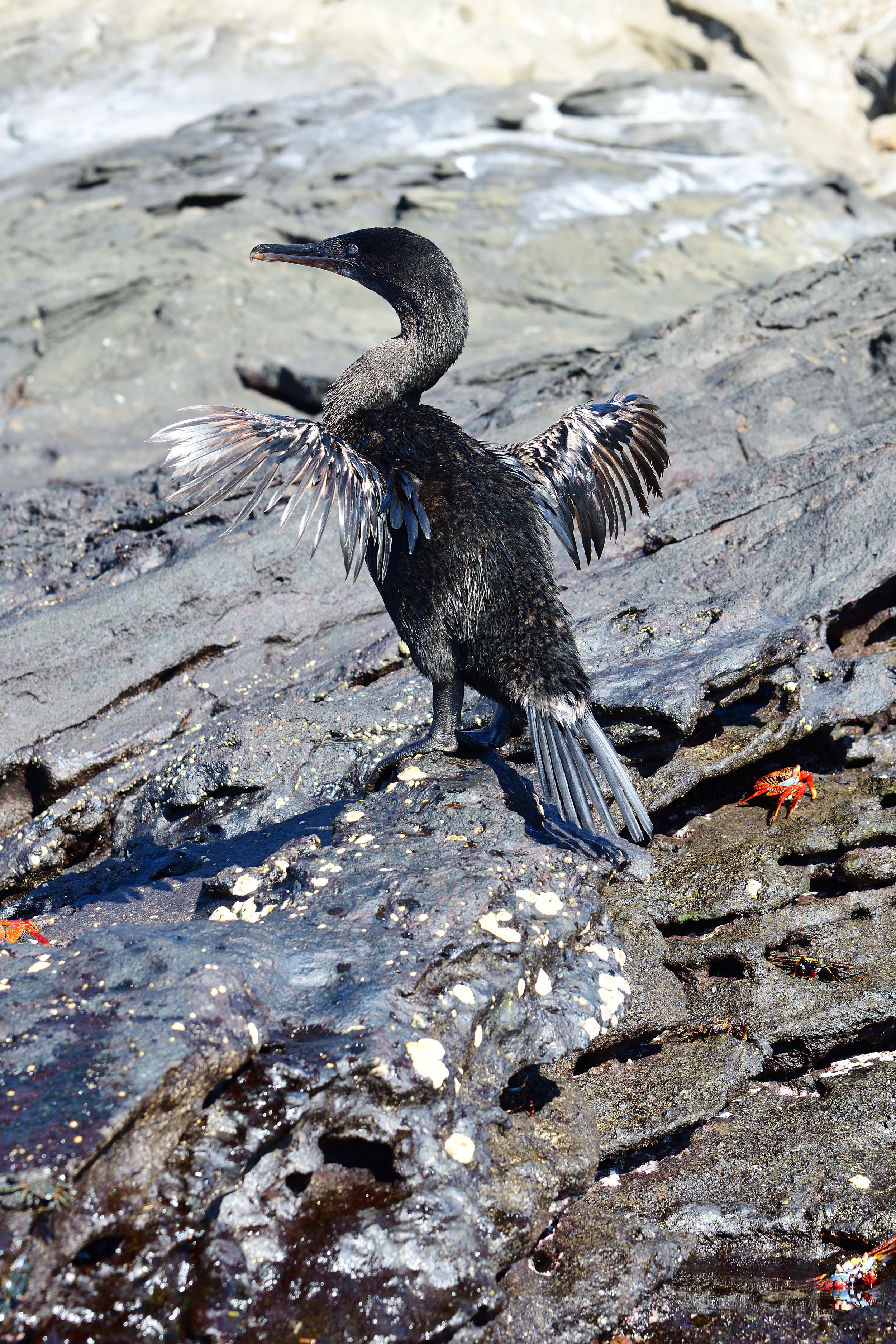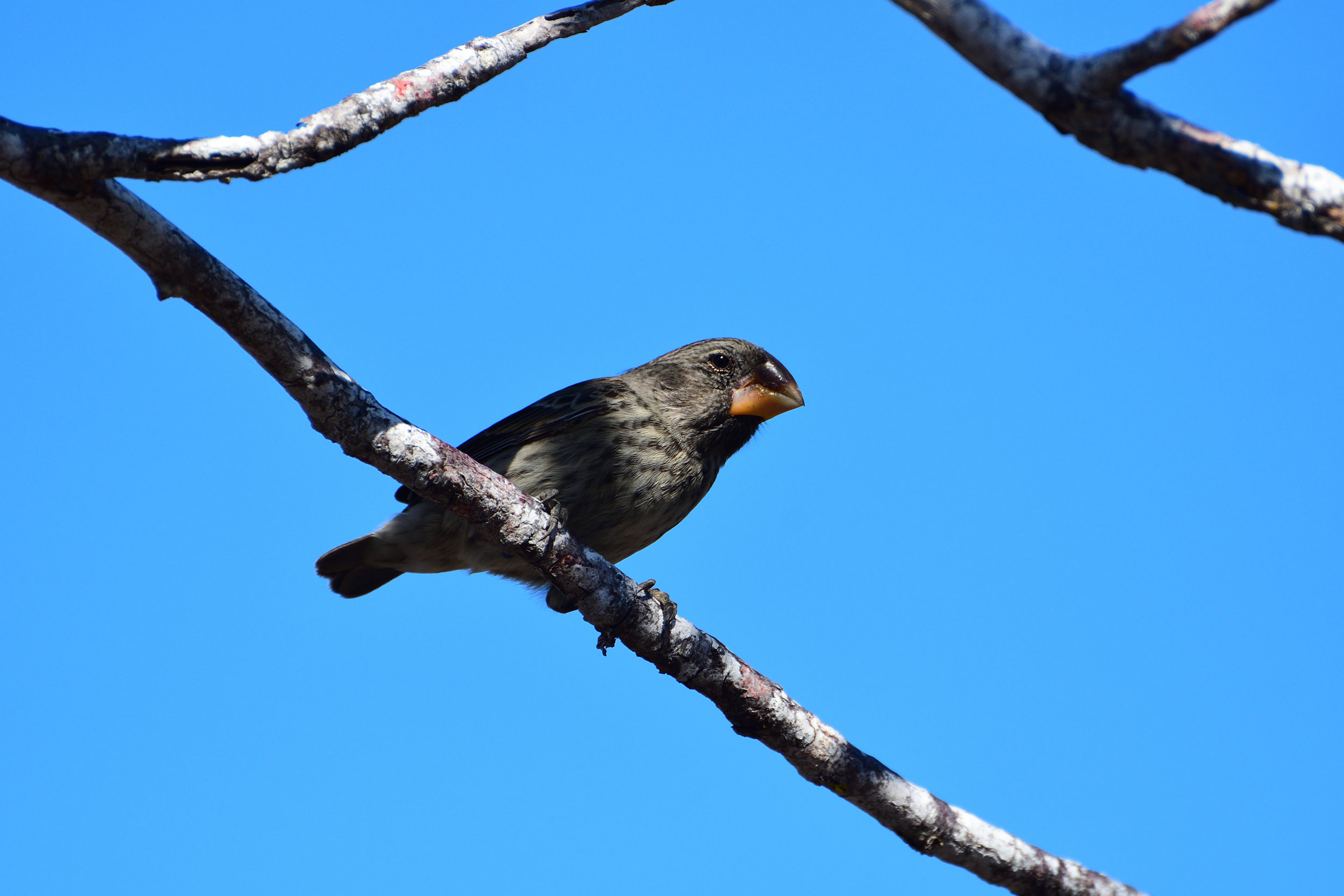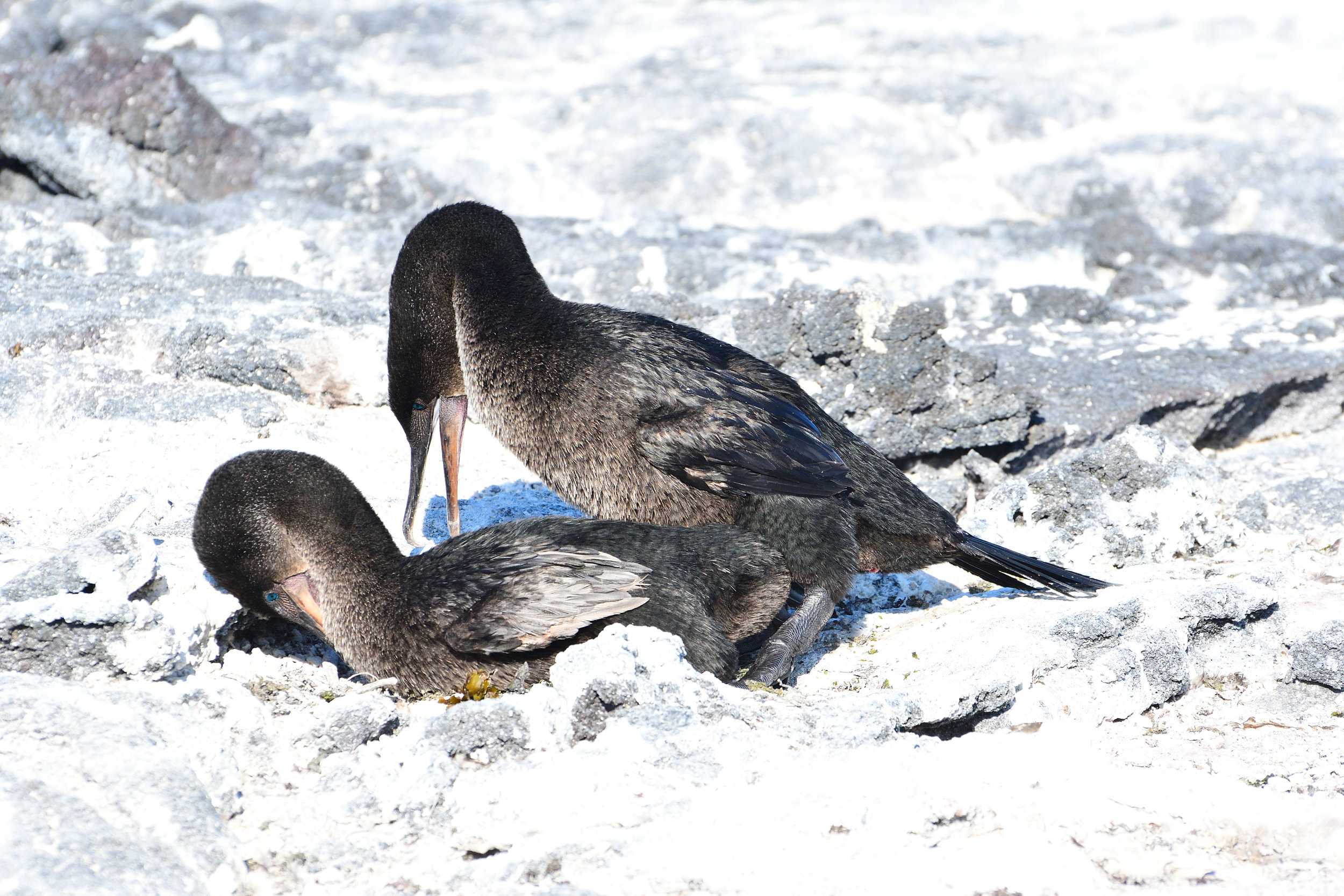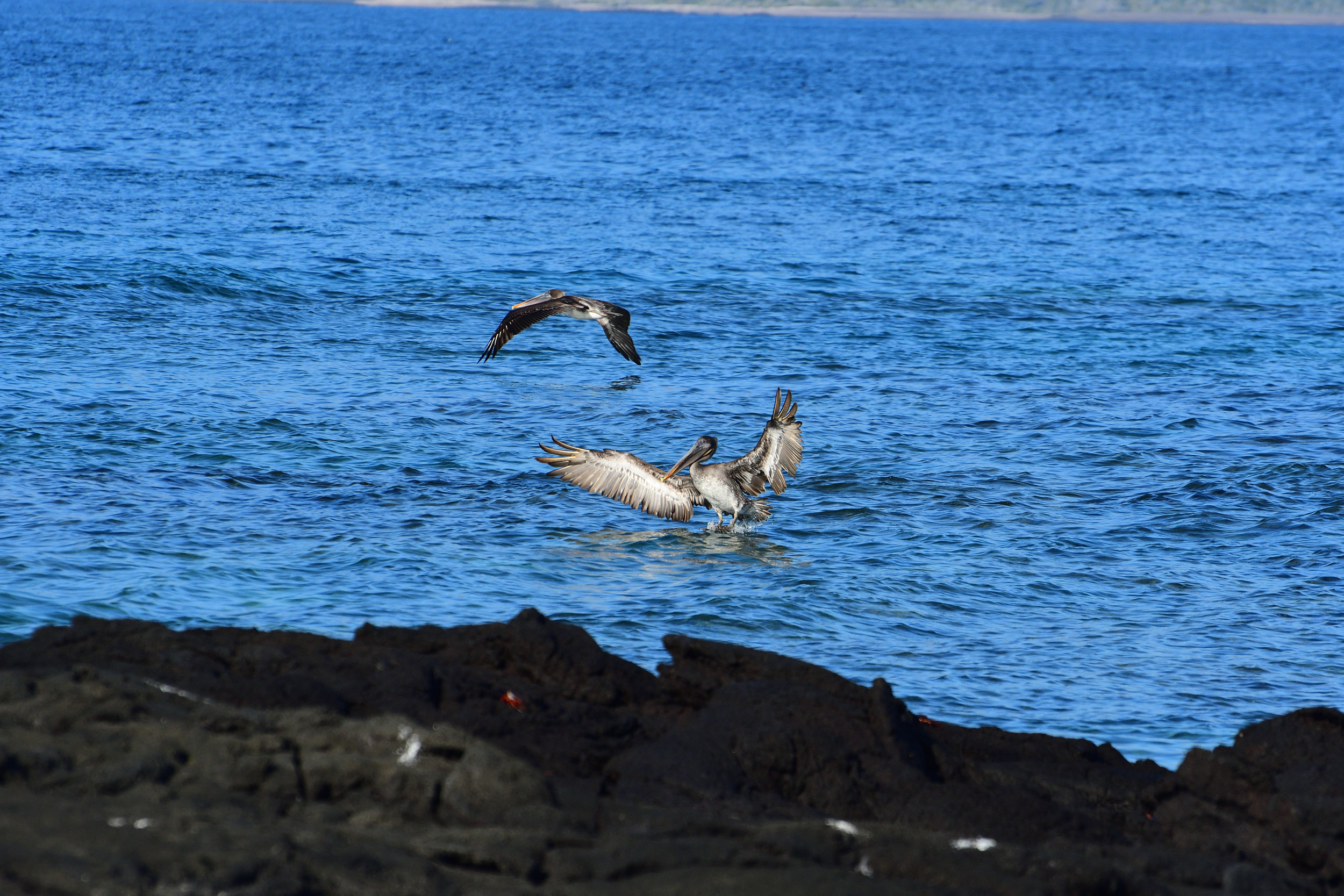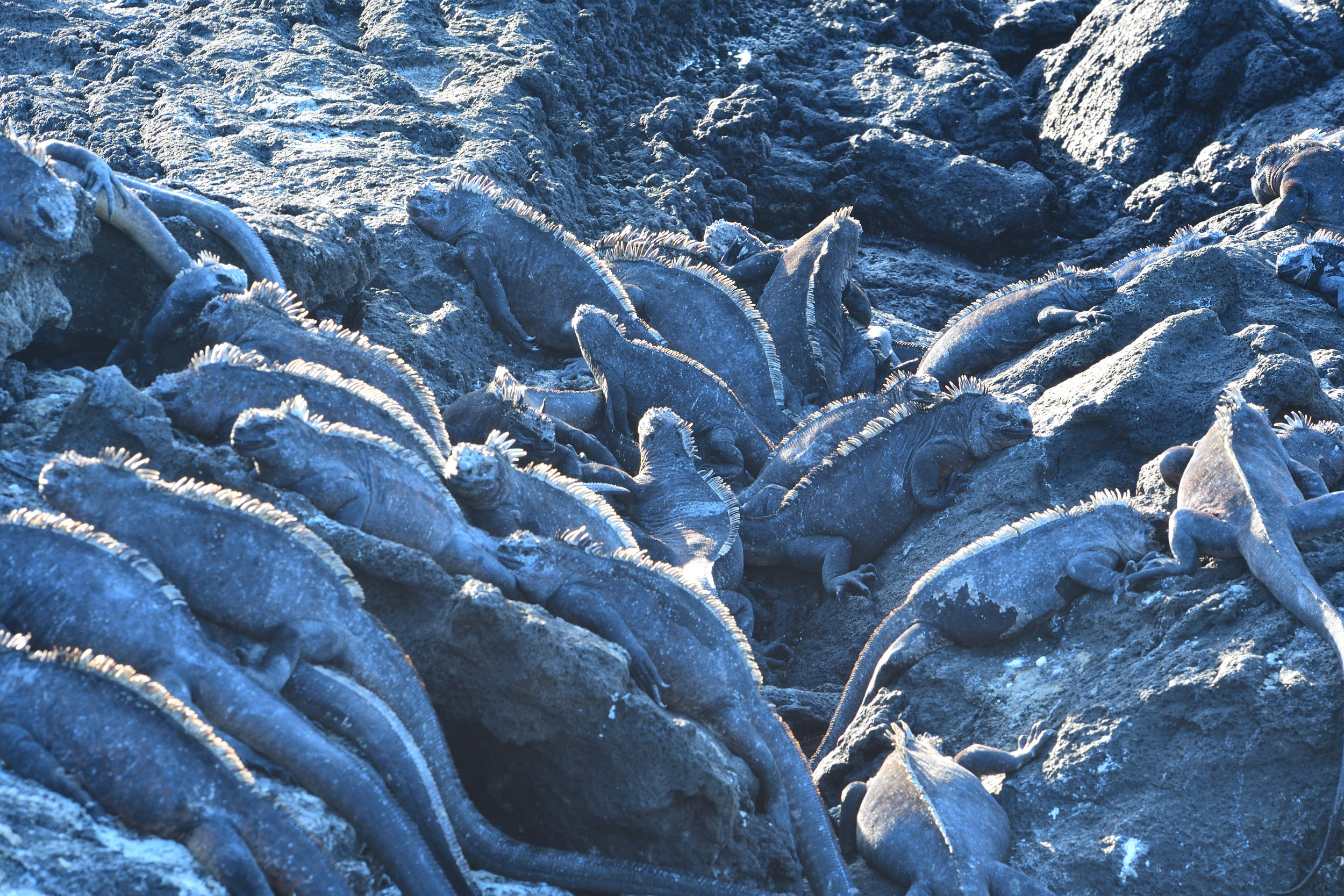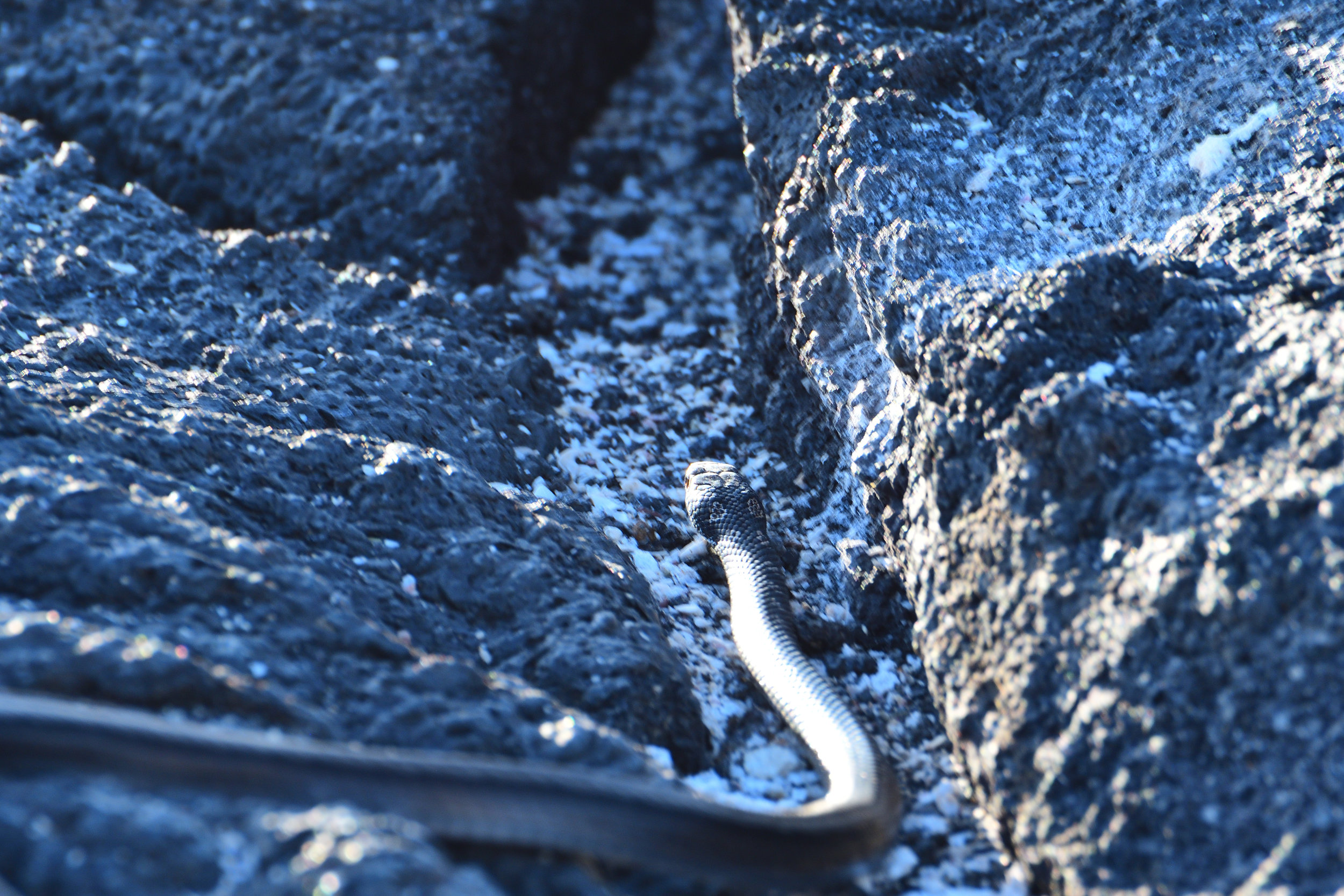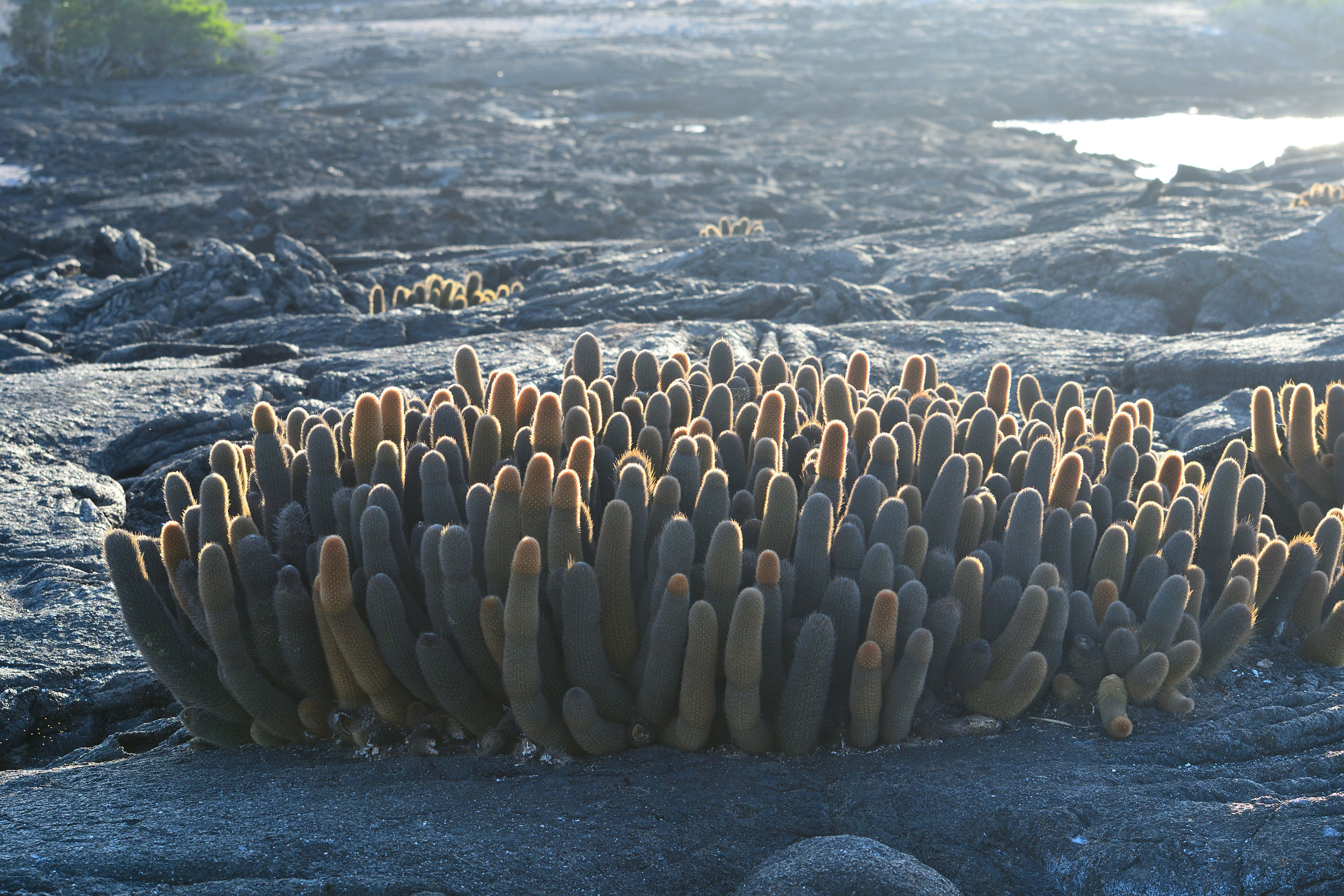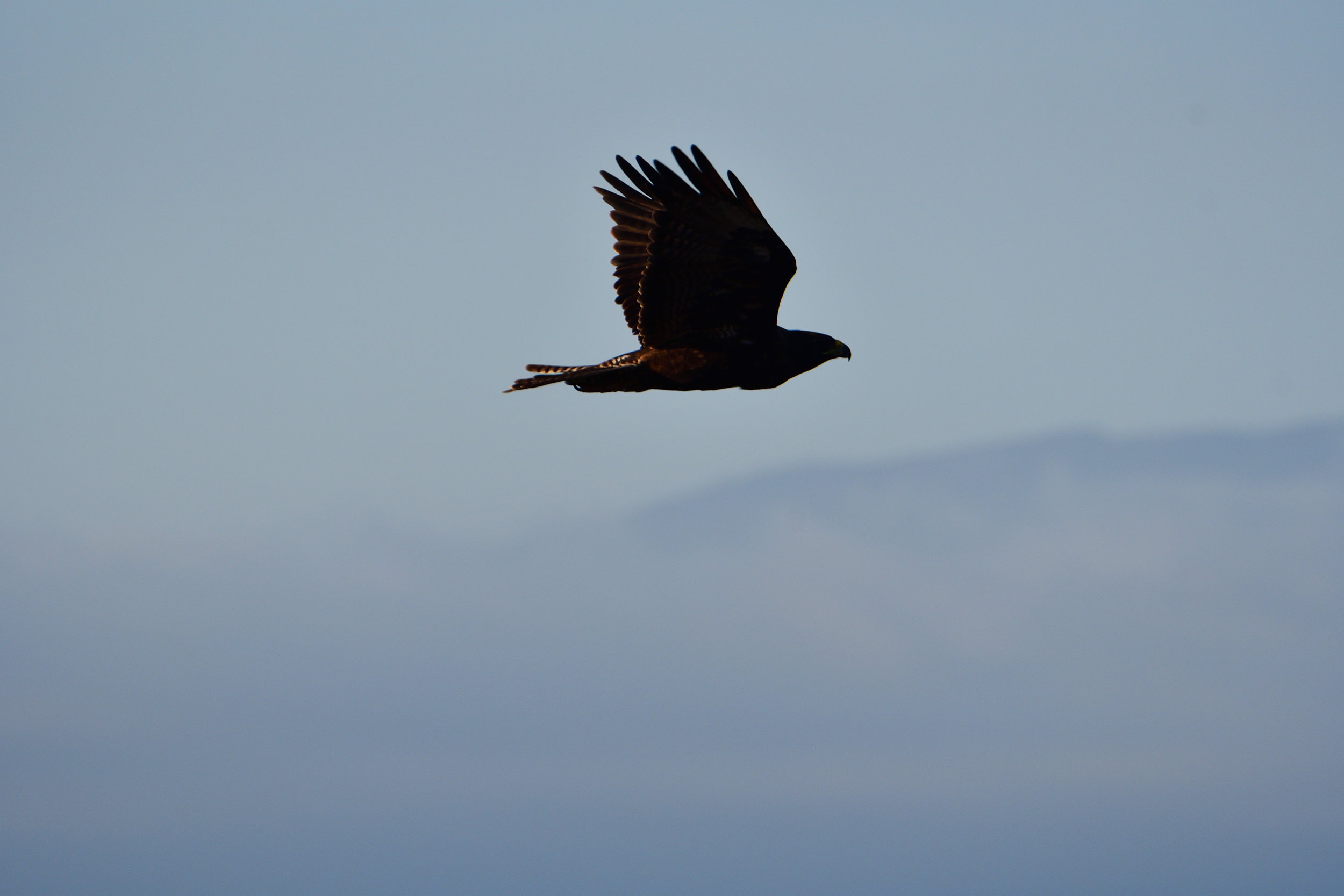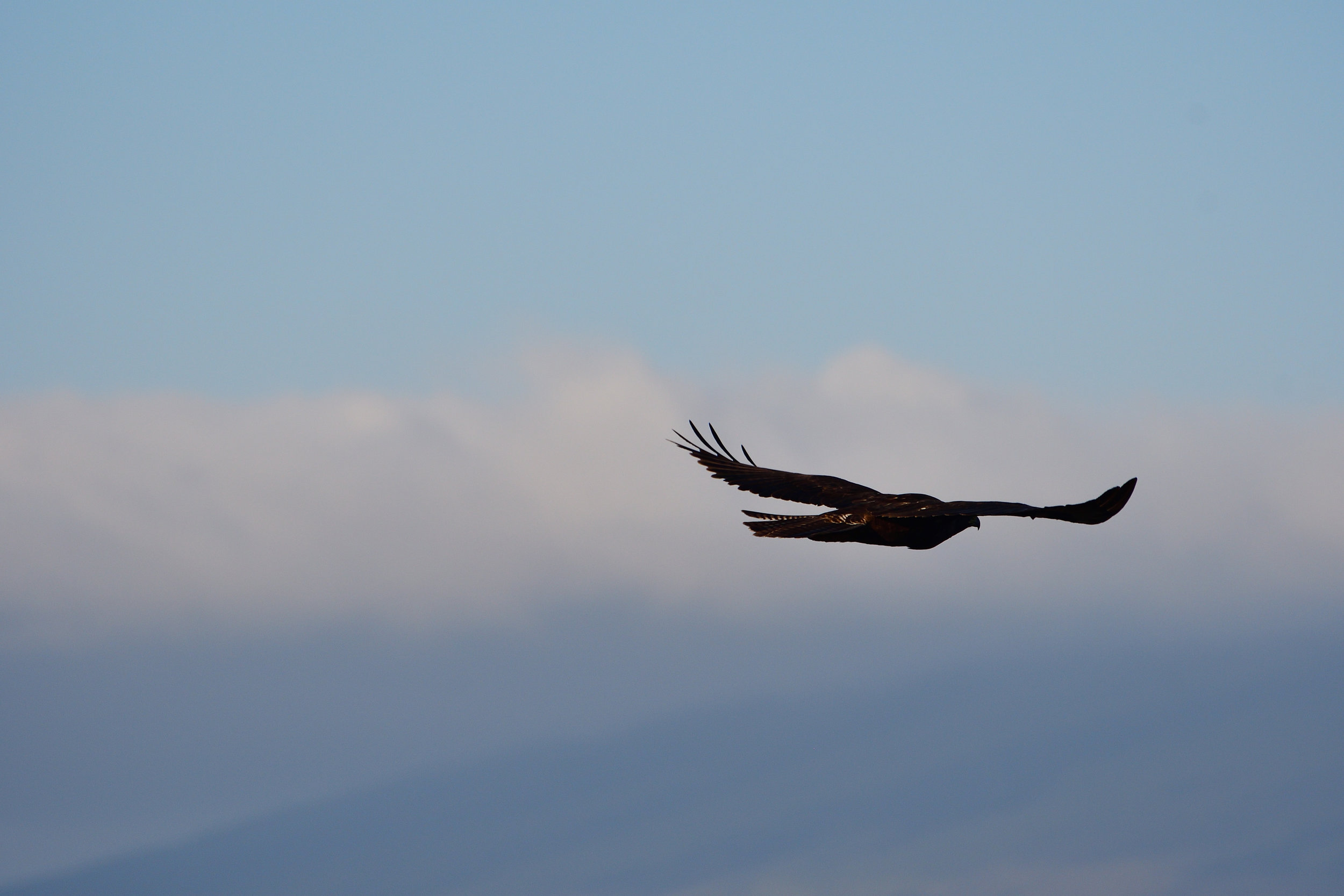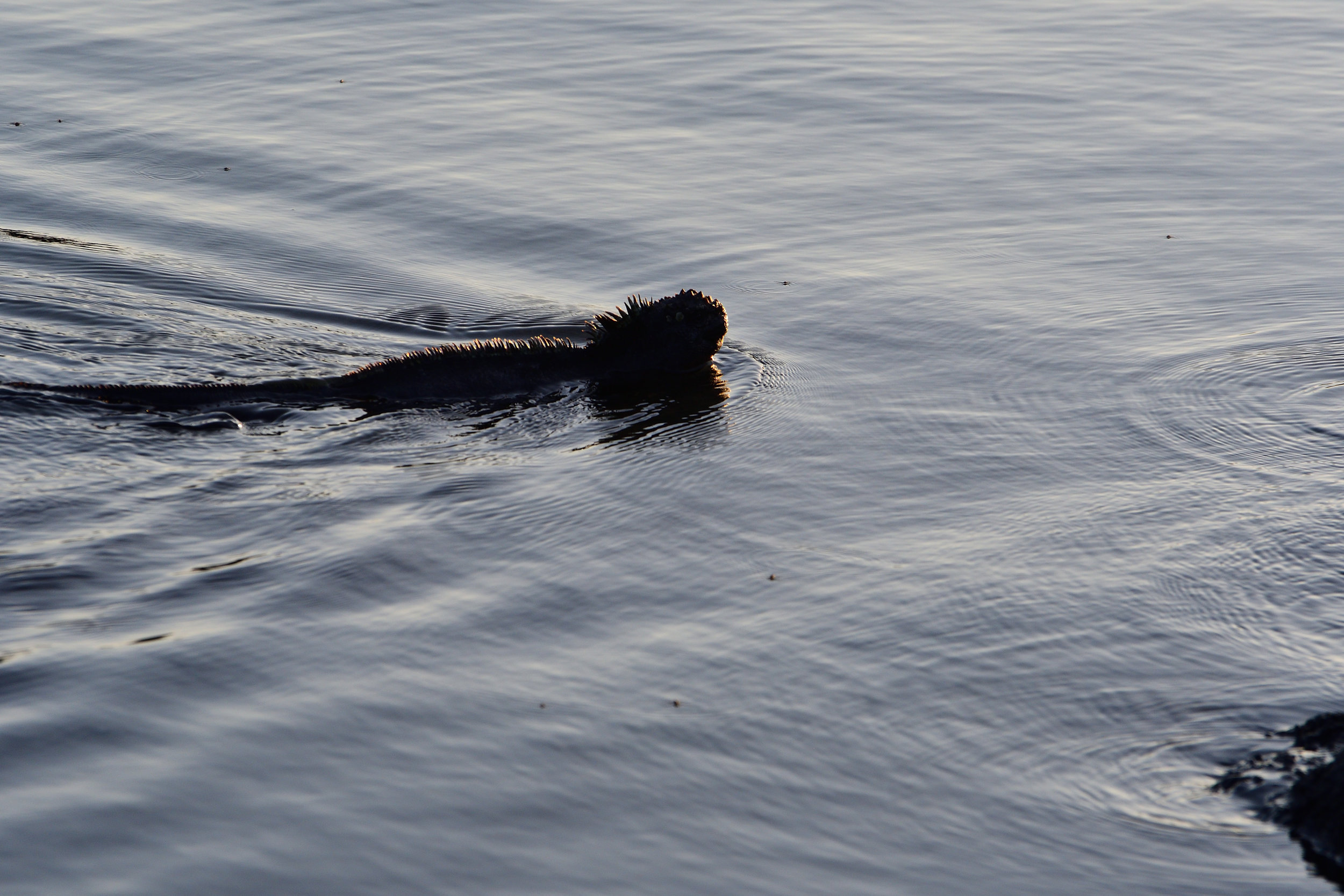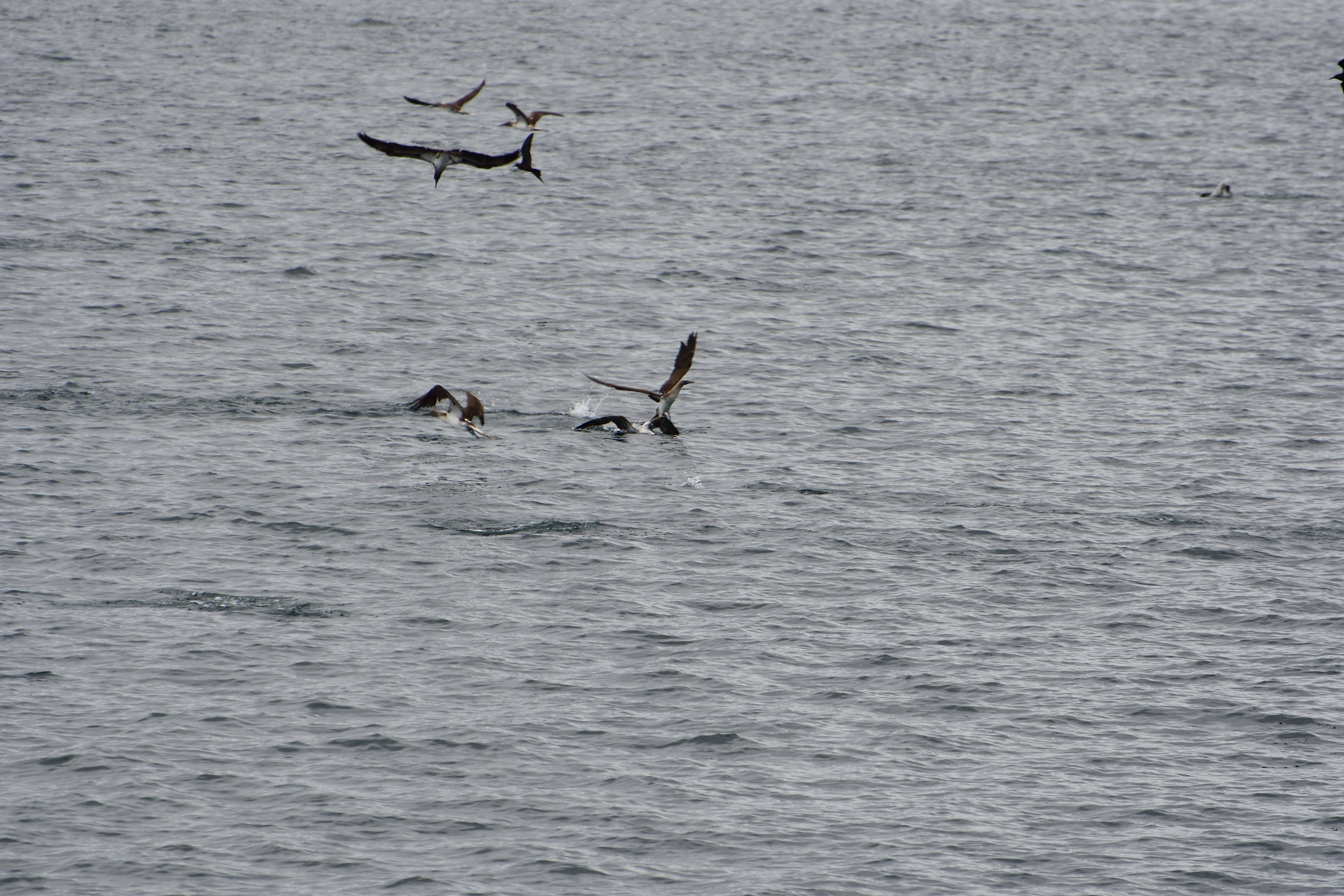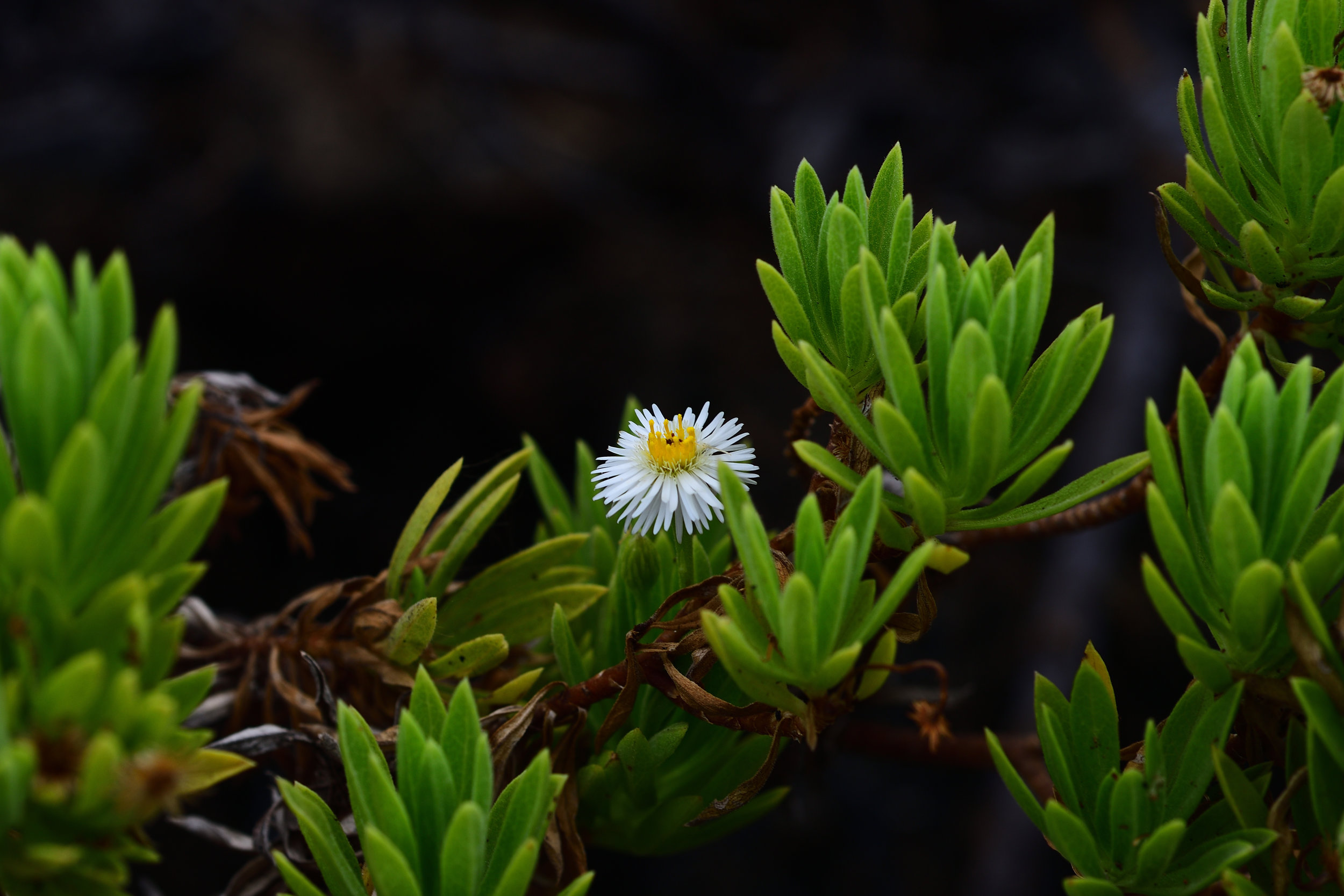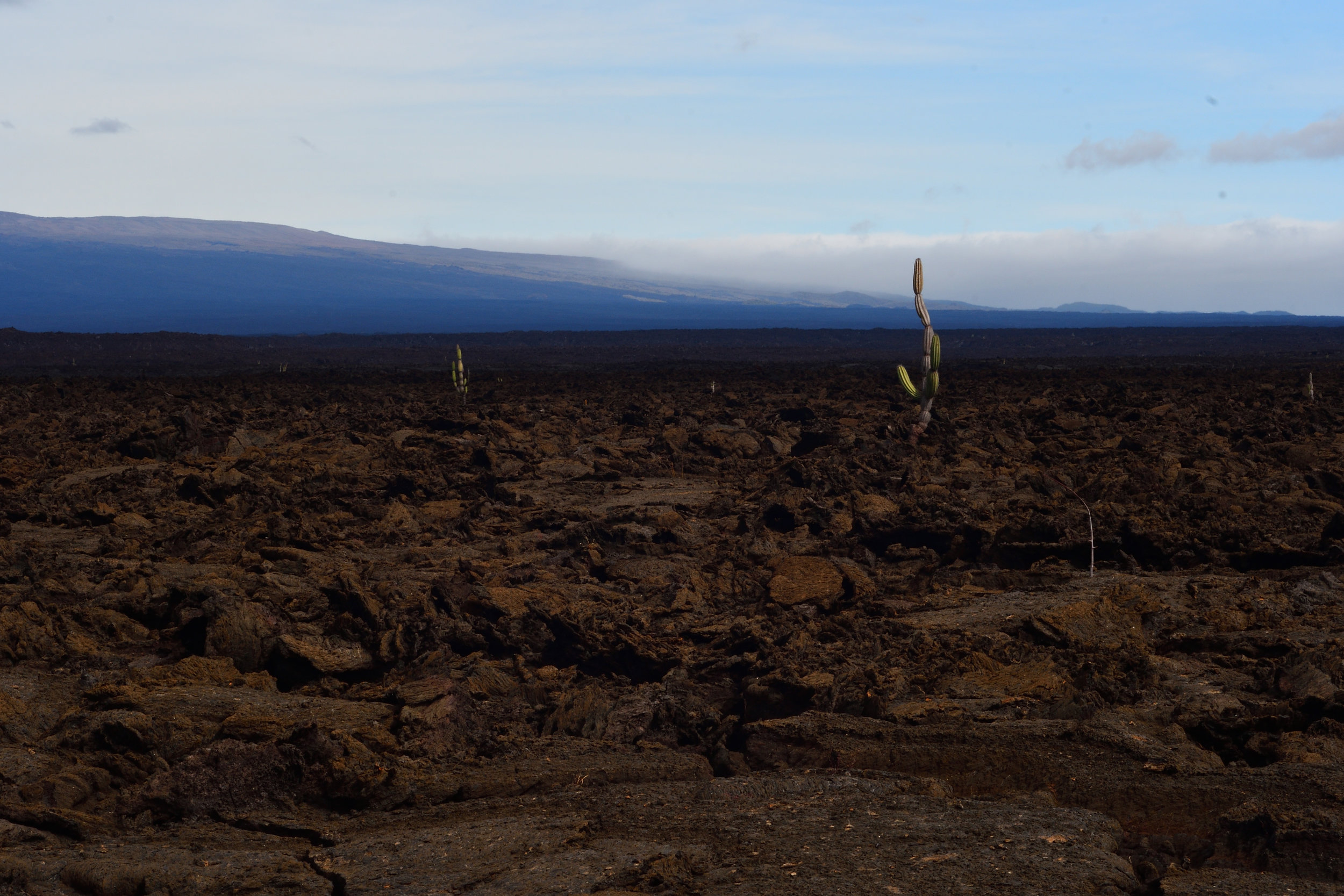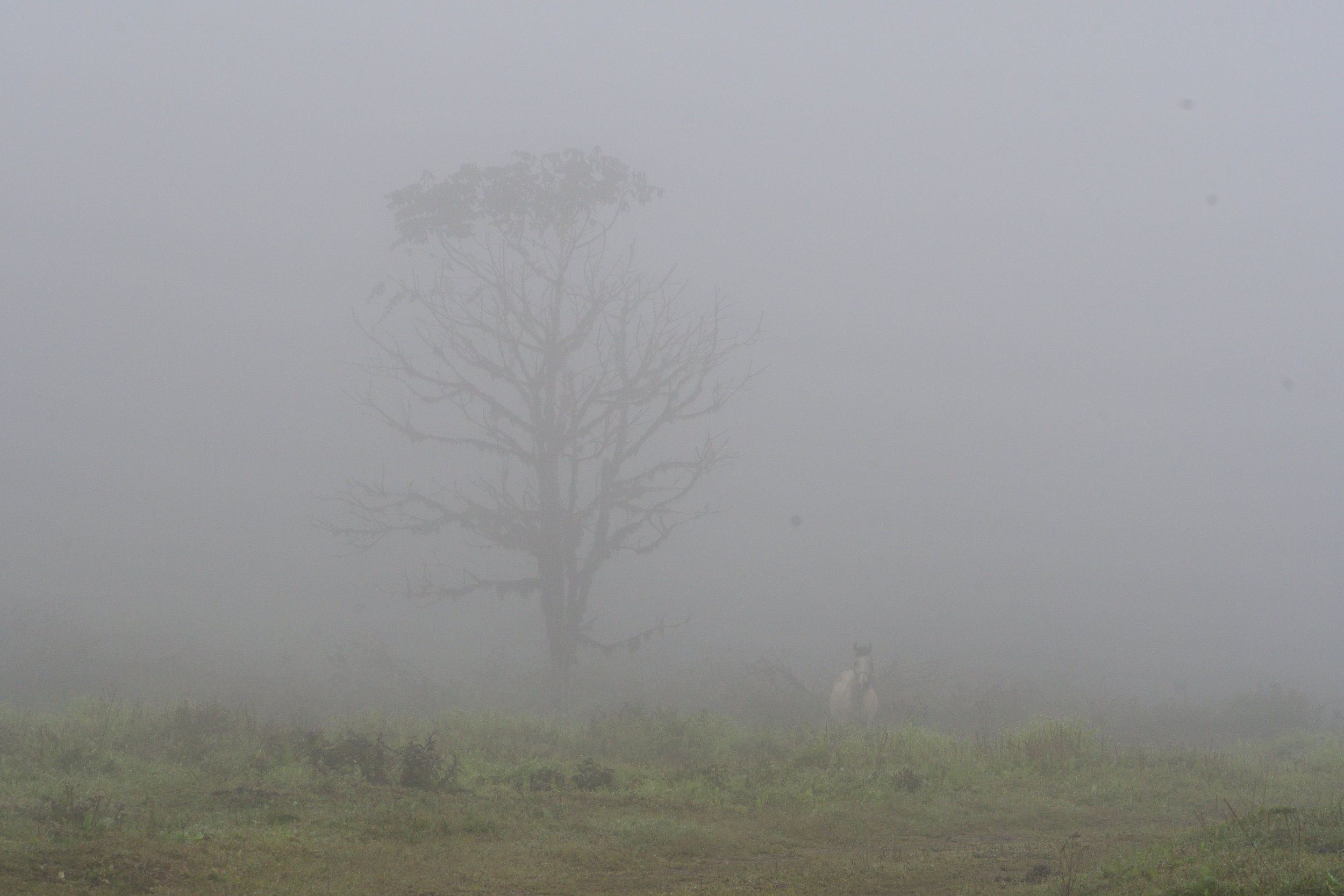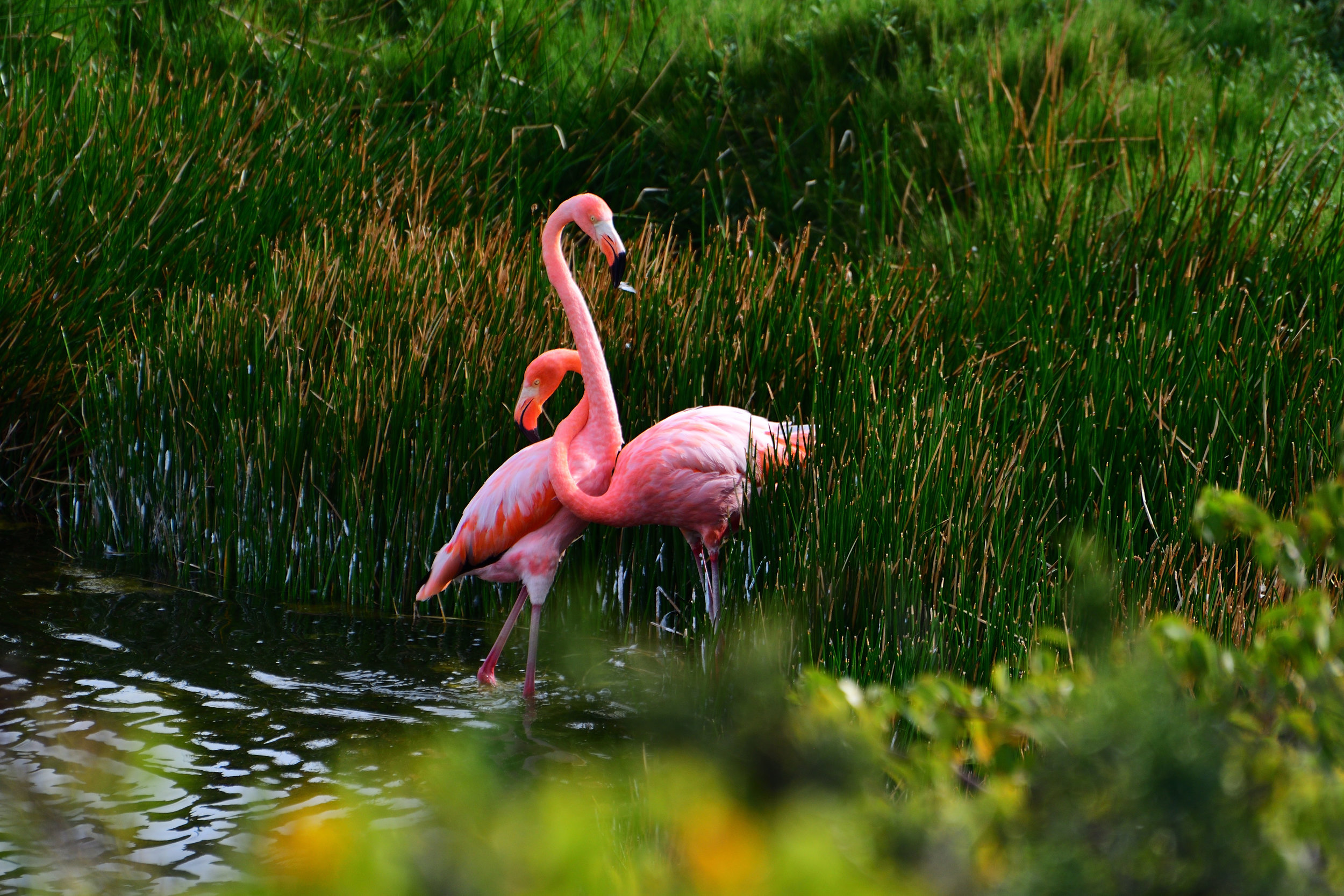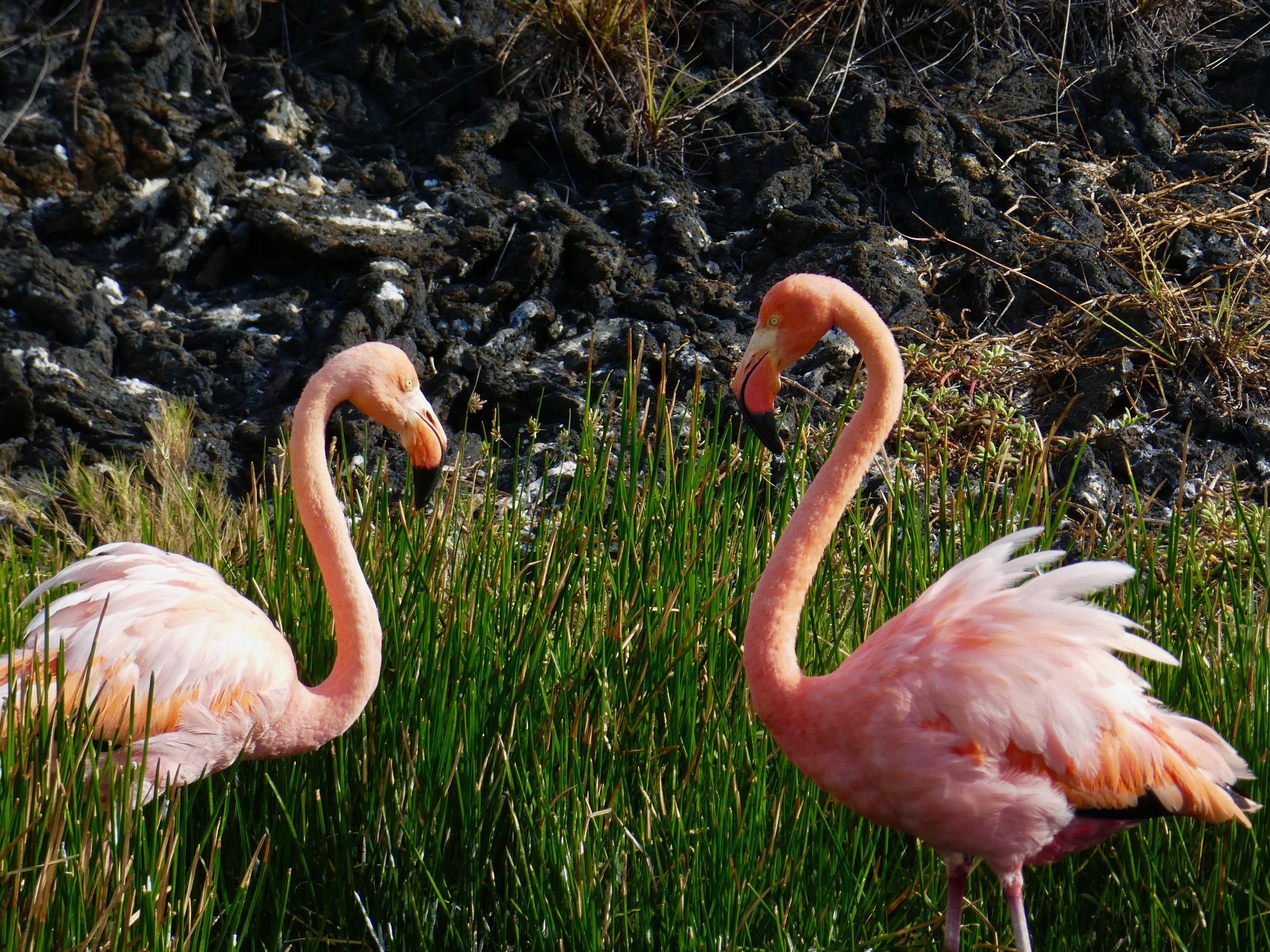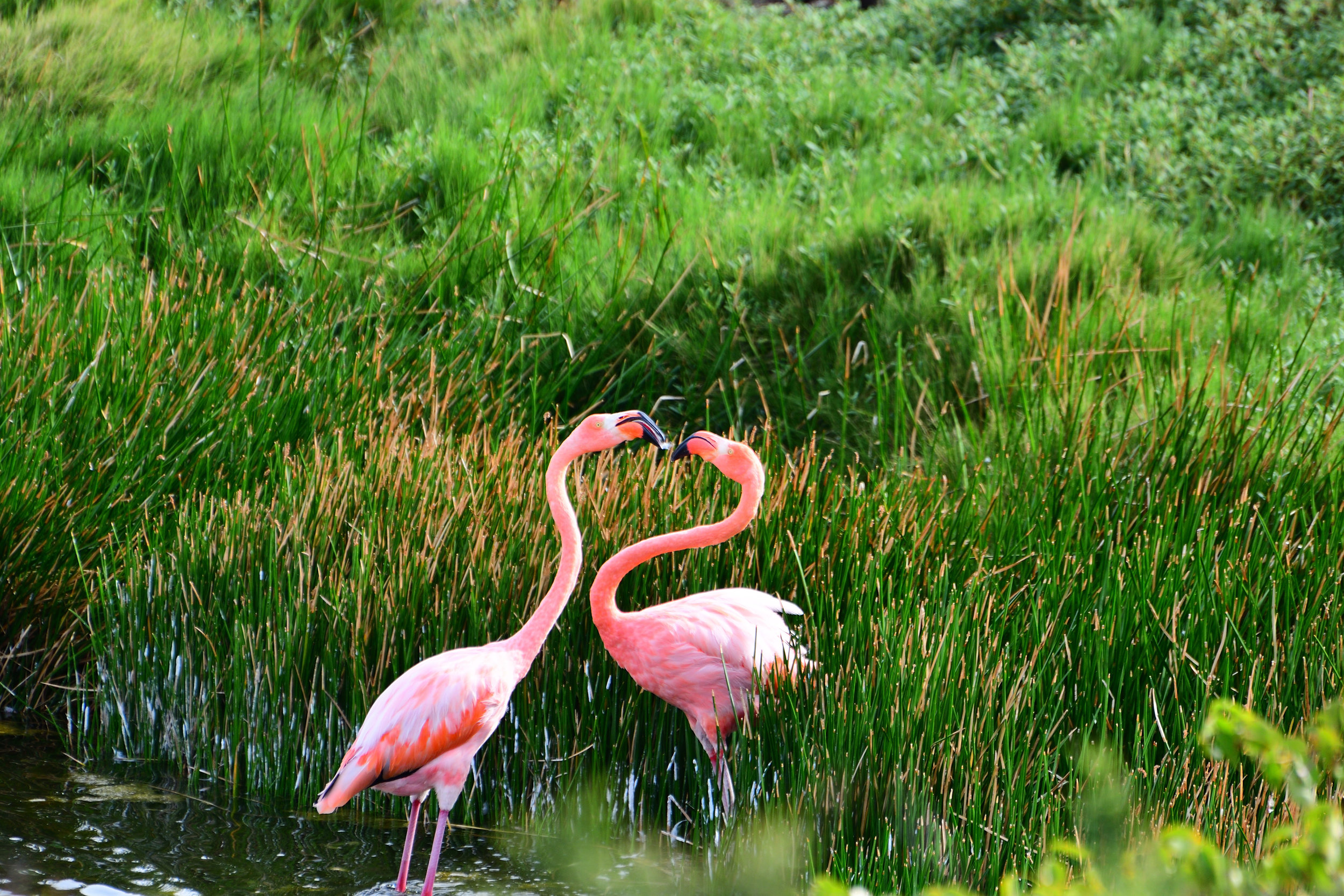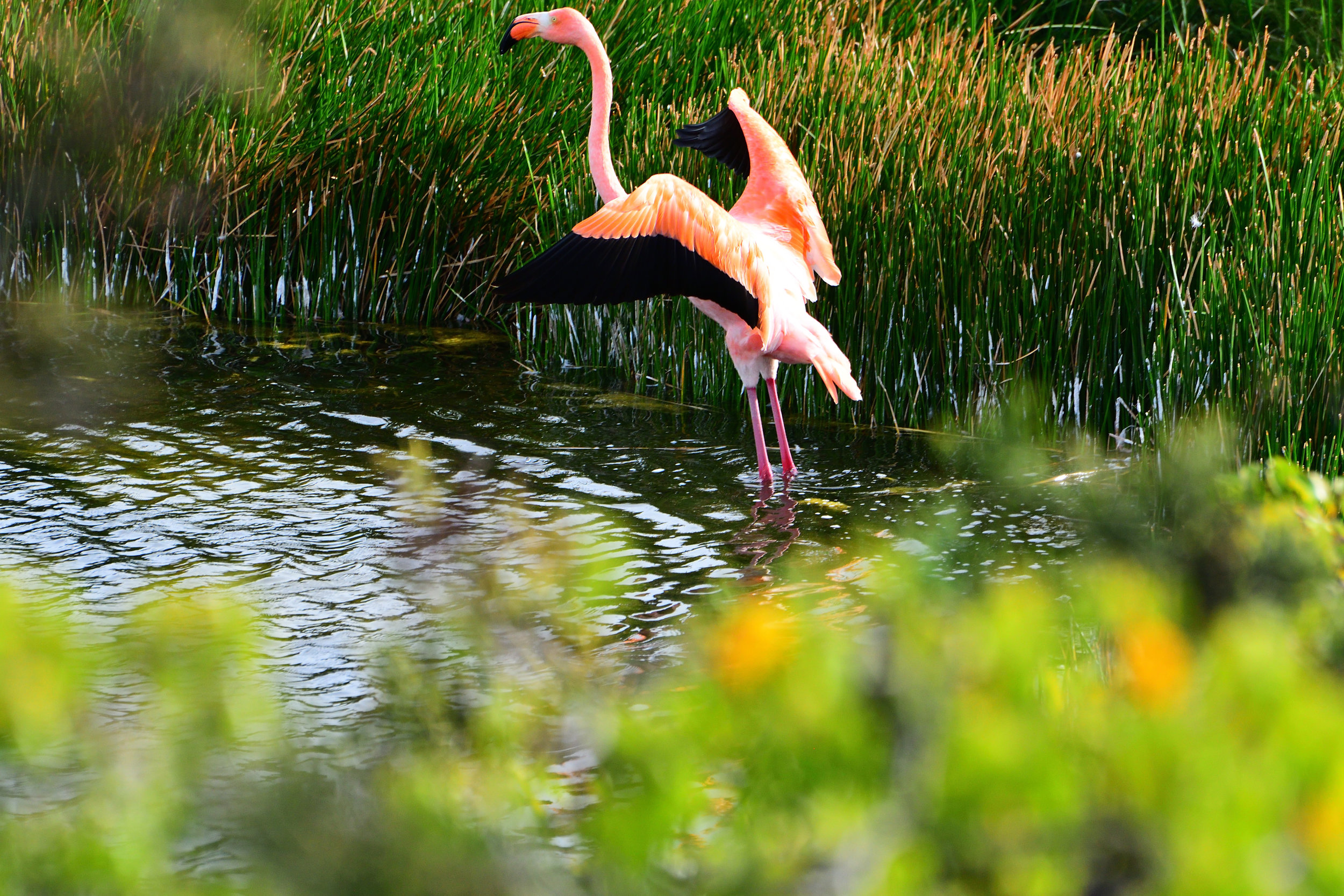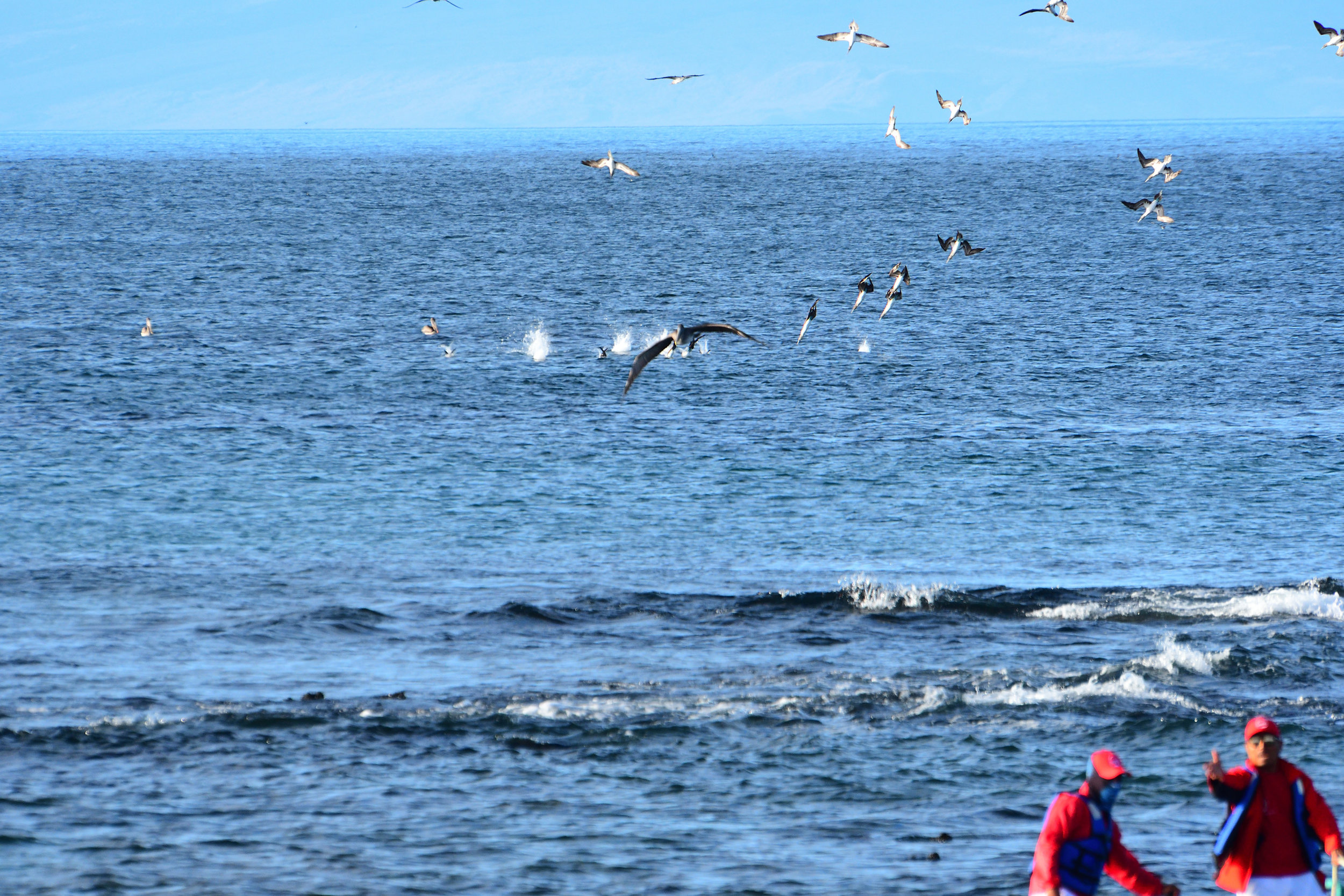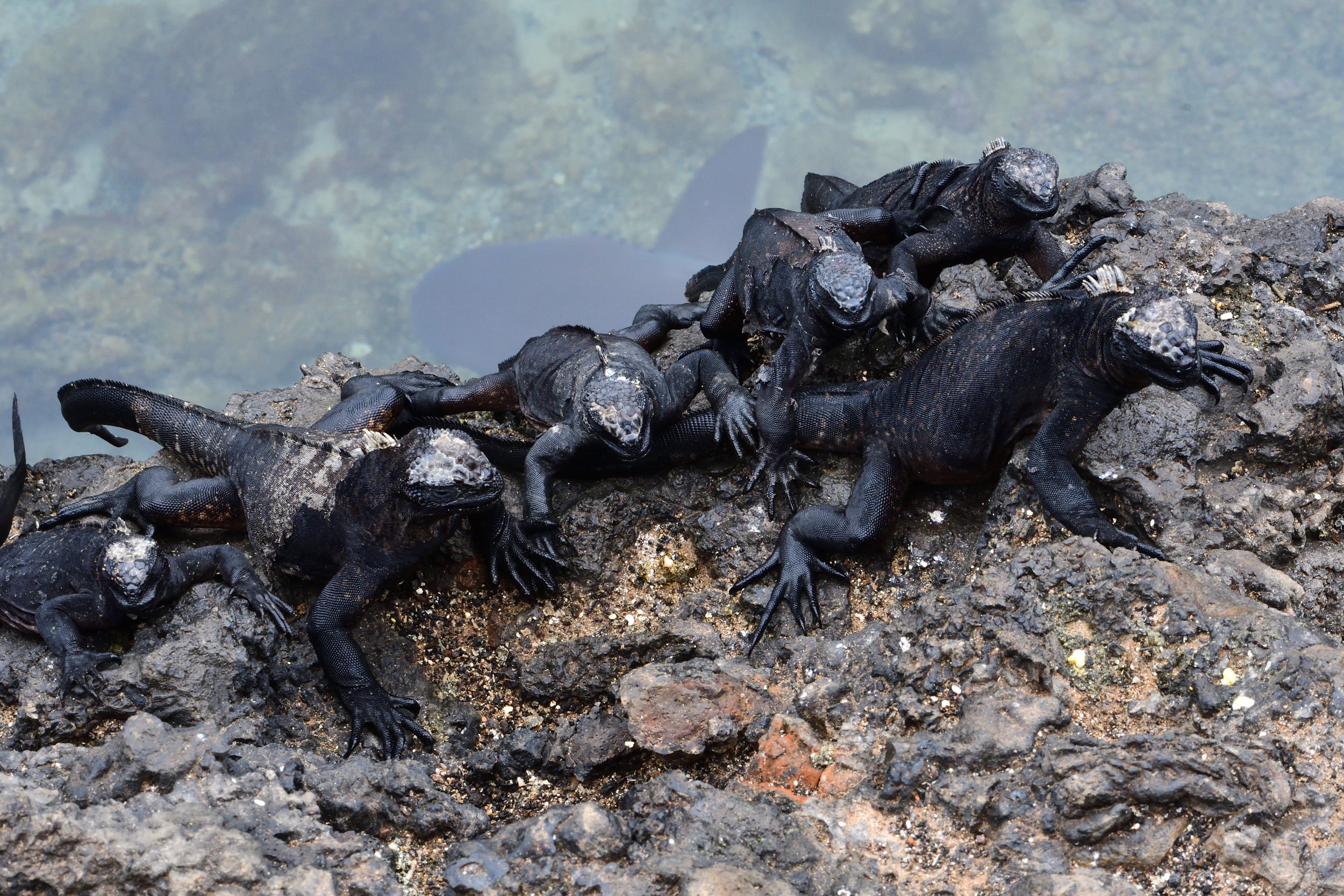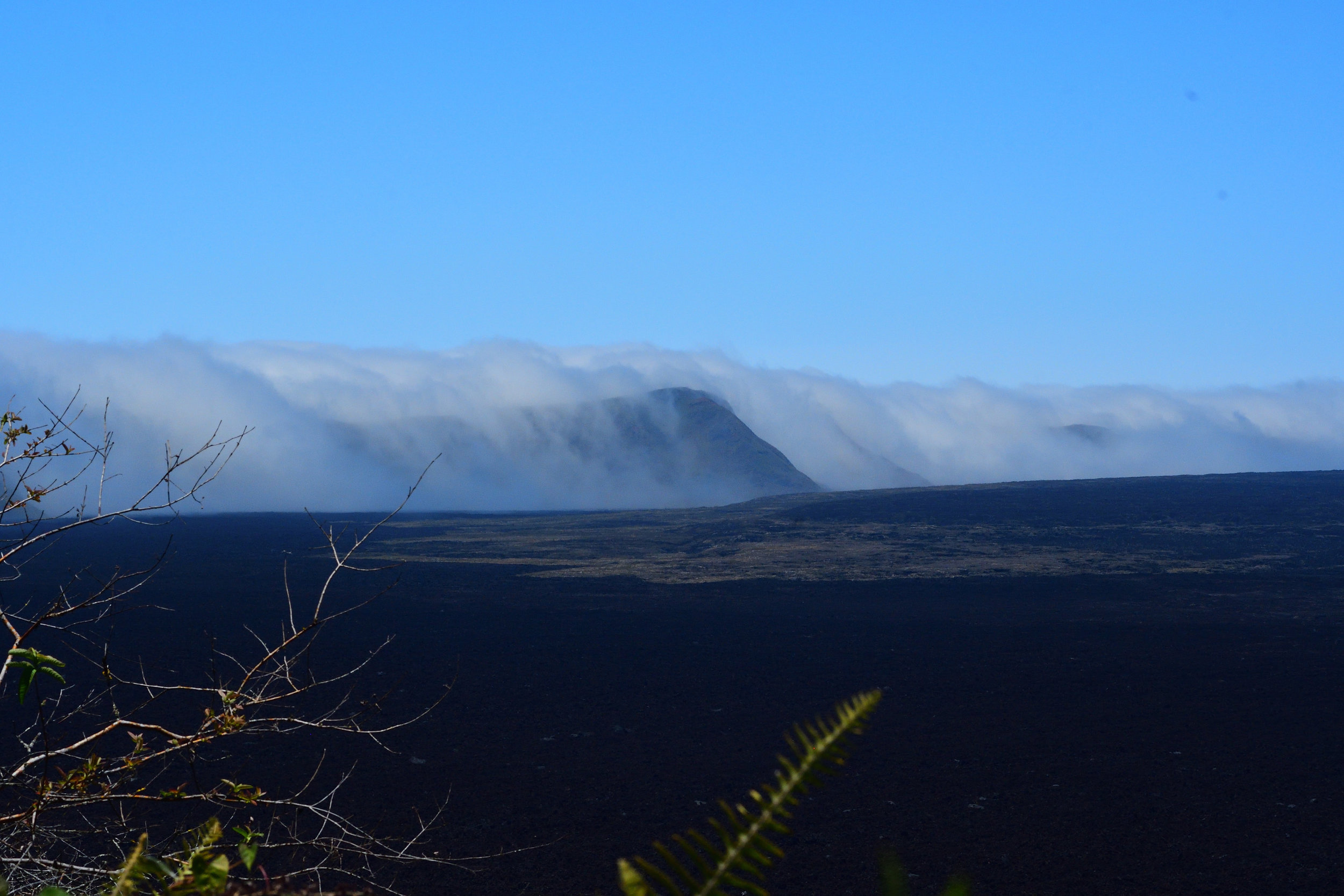Galapagos Ecuador 2018
Cameron and I were going to celebrate our fourteenth anniversary in September. I had taken off ten days from work and we had planned to go camping. I had tried to make reservations at a number of campgrounds; Yellowstone, Grand Canyon, Bryce and Zion, and all were sold out. I was disappointed with this because I wouldn’t want to stay in a packed campground anyway, but we were willing to just drive and see what happened. Then early one morning I received an email from Intrepid, the company we traveled with before, and they were offering a significant discount to the Galapagos. We had wanted to go to the Galapagos for years but I had always thought it was too pricey. This deal made it within our reach. I poked Cameron while he was still asleep and whispered, “would you rather go to the Galapagos or go camping?” I decided that his mumbled grunt was a “yes” and so quickly put our names into the lottery for the two spots. After a slightly tense few days we were notified that we were chosen to go! We figured that another couple must have canceled at the last minute. It was an amazing coincidence that the trip fell on exactly the same days that I had already asked off from work. We then had to find plane tickets but that was easy. It is easy for Americans to travel to Ecuador since we don’t need a visa and they even use U.S. dollars.
We arrived in Quito late at night and had scheduled a taxi to get to our hotel. Our hotel, the Plaza Sucre, had been arranged by Intrepid and was in the old historic part of town. The rest of the Intrepid group were staying at another hotel and we didn’t meet them until the day the actual tour started. This gave us one free day in Quito and we spent it on my new found sightseeing tool (that I discovered in St. Petersburg, Russia), the Hop On Hop Off tour bus. I can’t say enough how perfect this is for that first day in a city when you are feeling jet lagged and yet want to get out and see the sights. This bus was a bit different than the ones I’d been on before in that there were not the headsets but instead had a young tour guide explaining the sights, first in English and then in Spanish. This was not ideal with the loud uncovered bus, but at least Cameron and I both speak Spanish so we had two chances to catch what was being said. Quito is a large typical Spanish style city with lots of beautiful architecture and statues. The most interesting being the Basilica which had unique bizarre gargoyles of sharks, iguanas, turtles and condors; a foreshadowing of sights to come. Our jet lag was enhanced by the altitude of anywhere between seven and nine thousand feet — We were moving very slowly.
The following day we had a wake up call at 3:00 AM in order to catch the transport to meet the rest of the group and drive to the airport. We caught our plane to one of the airports in the Galapagos on the island of Baltra. All in all the flight was about four hours with a quick stop in Guayaquil. In Baltra we were met by our Naturalist guide, Jose’. He made sure we were safely taken to the pier where our two zodiac boats picked us up and took us to our cruiser, The Daphne. There were sixteen of us plus eight crew plus Jose’. Cameron and I had a below deck bunk room and I chose the top bunk so I being more claustrophobic, could see out our porthole. The boat is four levels; bunk cabins and engines below deck, above that a common room, galley, and dining area, then the upper deck cabins and outdoor seating area and finally an open air sun deck up top for relaxing and looking out for wildlife.
And what wildlife there was! It seemed to never stop. This was a very rigorous busy schedule with hiking and snorkeling twice each day, three delicious meals and snacks in between. We traversed the ocean, even crossing the equator, to visit various islands including Santa Cruz, North Seymour, Santiago, Bartolome, Isabela and Fernandina. Each island was unique which gave a hands-on understanding of how Darwin could make his world changing discovery of evolution and ultimately write The Origin of the Species. He noticed that the finches on the various islands had different beaks depending on what food was available on that island.
These islands are all volcanic and move with the Nazca plate, traveling southeast two inches (5cm) per year. The younger islands in the west, such as Fernandina and Isabela, are only 60,000 to 300,000 years old and are still active volcanoes. We hiked up to the caldera of Sierra Negra, which had erupted in 2005. Over millennia the islands are born in fire and millions of years later, erode away, washing into the ocean. Over time their topography changes, which of course affects the flora and fauna. No animals are originally from the Galapagos but it is believed they floated or flew there over the centuries and eventually made it their home. They evolved to be able to survive and the ways in which they do that are fascinating.
One of our favorite animals was the marine iguana. This dragon like black lizard actually dives in the ocean to eat the algae off of rocks. Once back on the land it has to sneeze out the salt from the seawater it has swallowed. We also saw countless sea turtles, sting rays, eagle rays, enormous manta rays, white tipped reef sharks, sea lions and even pods of Galapagos penguins swimming by. And that was just in the water. On land there were countless types of birds from the black frigate birds with their bright red throat pouches inflated in a mating ritual, to the blue footed booby, flightless cormorants, and flamingos. The shores of all the islands were speckled with the brightly colored sally lightfoot crabs.
We also hiked to see the iconic giant tortoise breeding areas. The word Galapagos actually means “saddle,” and the islands are named after the shape of the saddle-like shell of one of the subspecies of tortoises. Long ago sailors would stop at these islands and gather food. They would take the tortoises on to their ships alive because tortoises can live for a year without food or water. This provided the ships with fresh meat. Of course this practice nearly caused the extinction of these great animals, but with lots of hard work by the scientists, they are making a comeback. The fragile eggs are protected from the many predators that were brought to the islands by humans such as rats, cats and dogs. After the tortoise is born it is kept in enclosed areas and protected for twenty years. When it is large enough to defend itself it is released into the wild. We were able to see these enormous creatures surrounded by forest. It was truly moving to think they can live to be 150 years old. The people who care for their eggs will grow old and die before the tortoises do.
We really liked our group. We were from Australia, the UK, Netherlands. Switzerland, Israel, Germany, Canada, and ourselves from the U.S. All were well traveled, funny, and easy going. The group really clicked. In addition our crew were wonderful. They were very professional yet relaxed and easy to get along with. And the food was amazing! I could not believe they could prepare such delicious meals in such a small space.
This trip was a whirlwind and yet so jam packed with highlights. It is one of the places on this planet I would love to return to and continue exploring. As expensive a destination as it was, I can say it was worth every penny!









